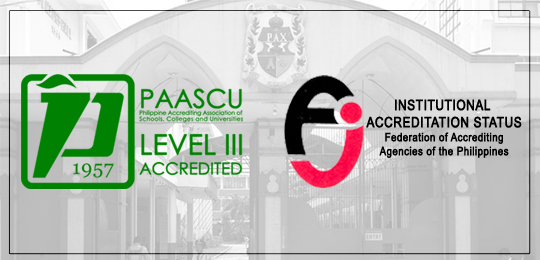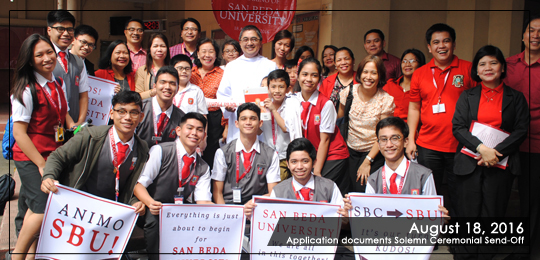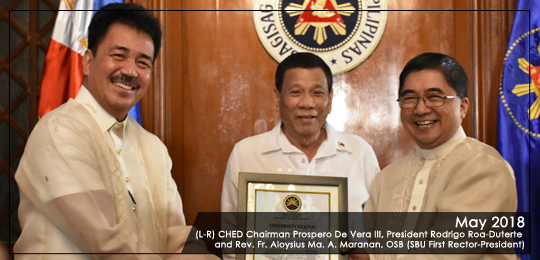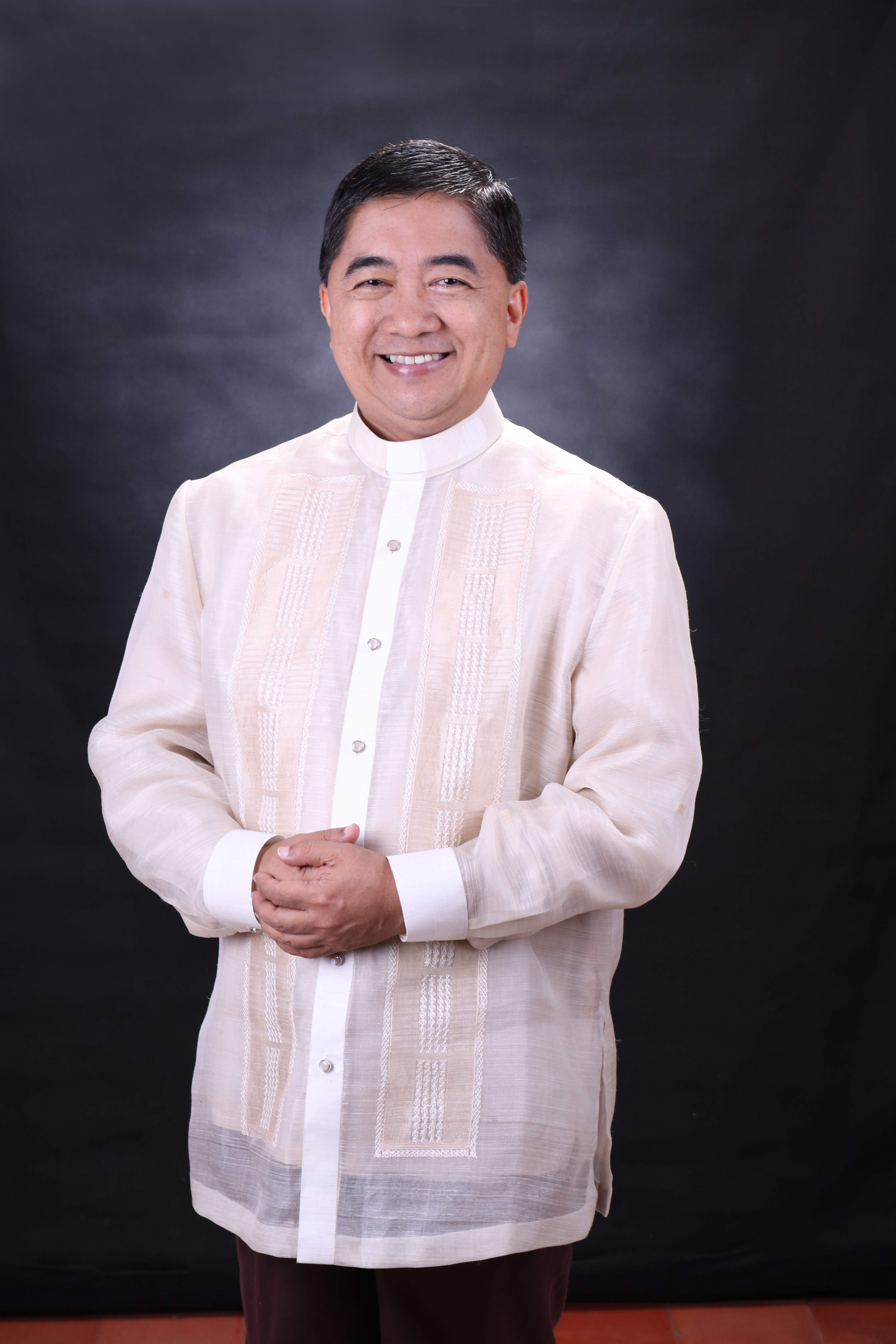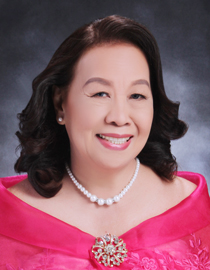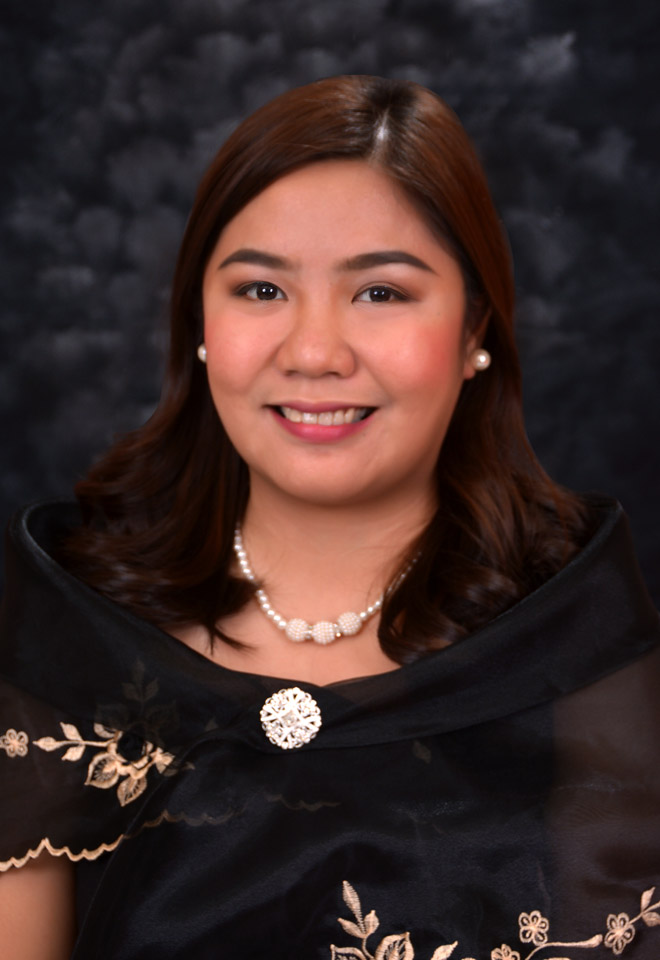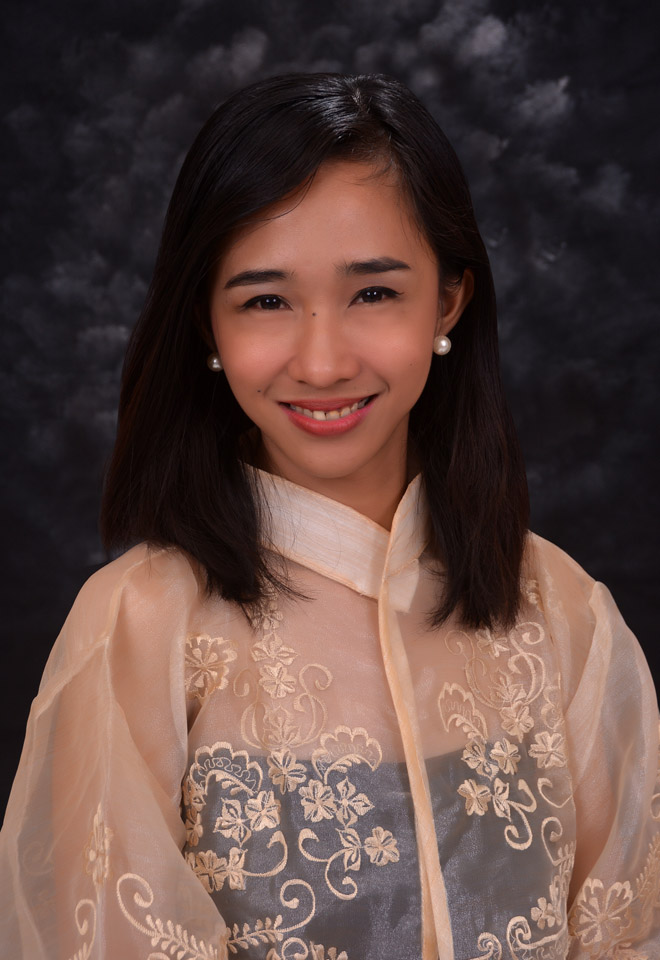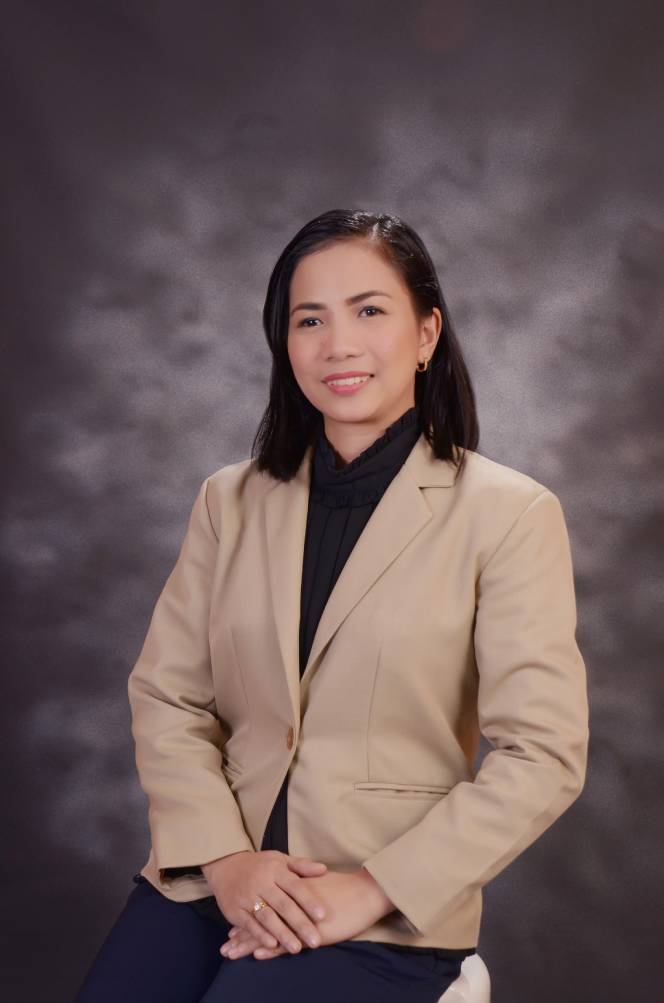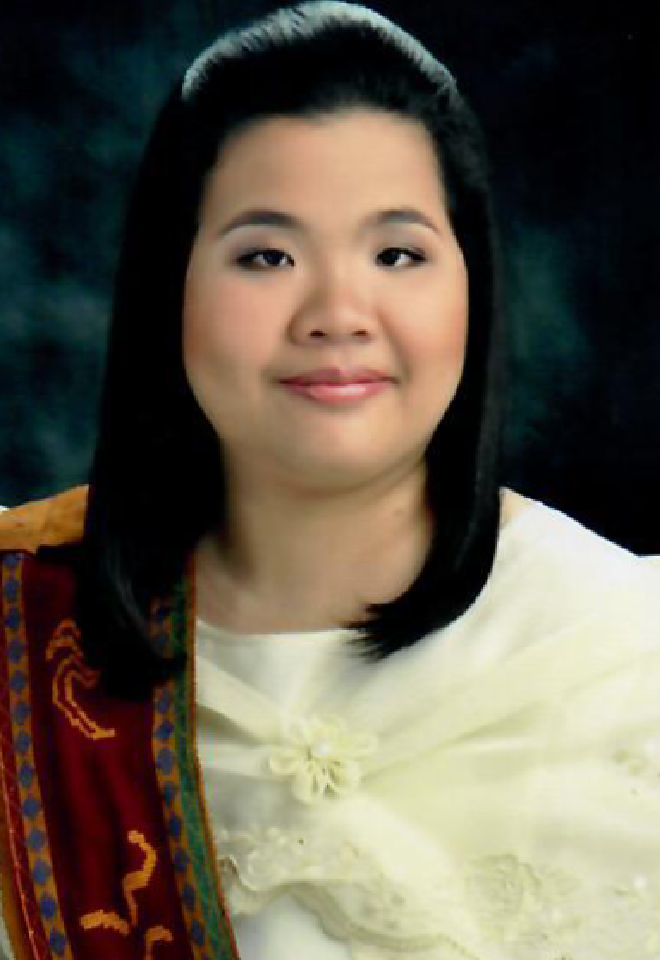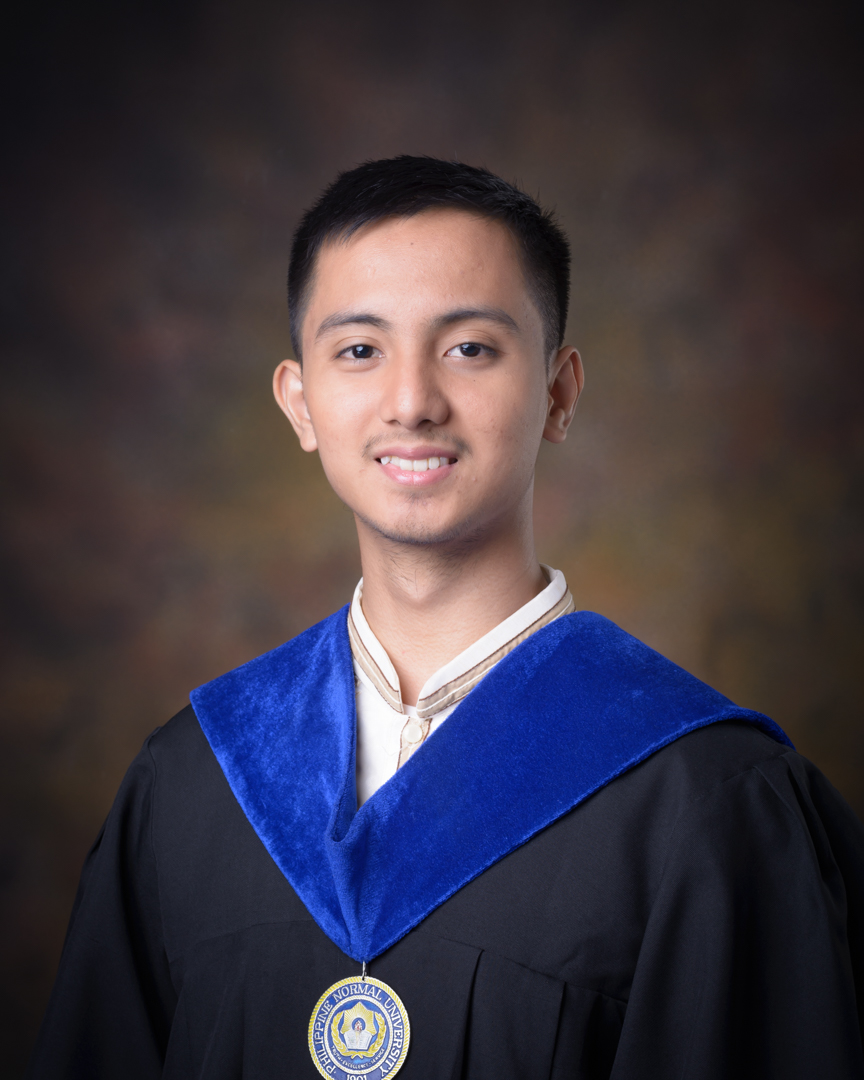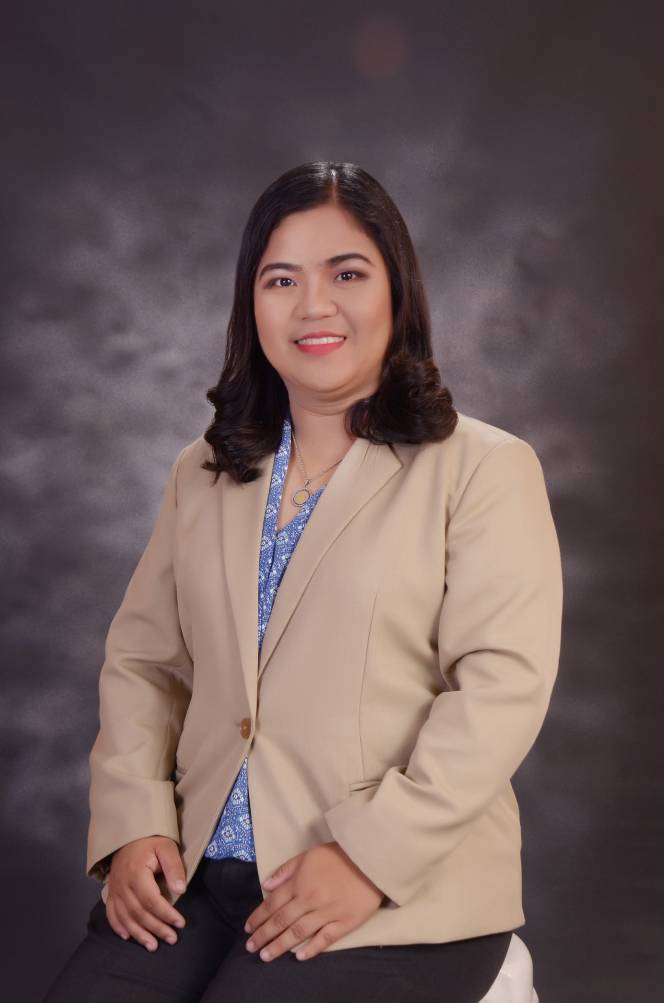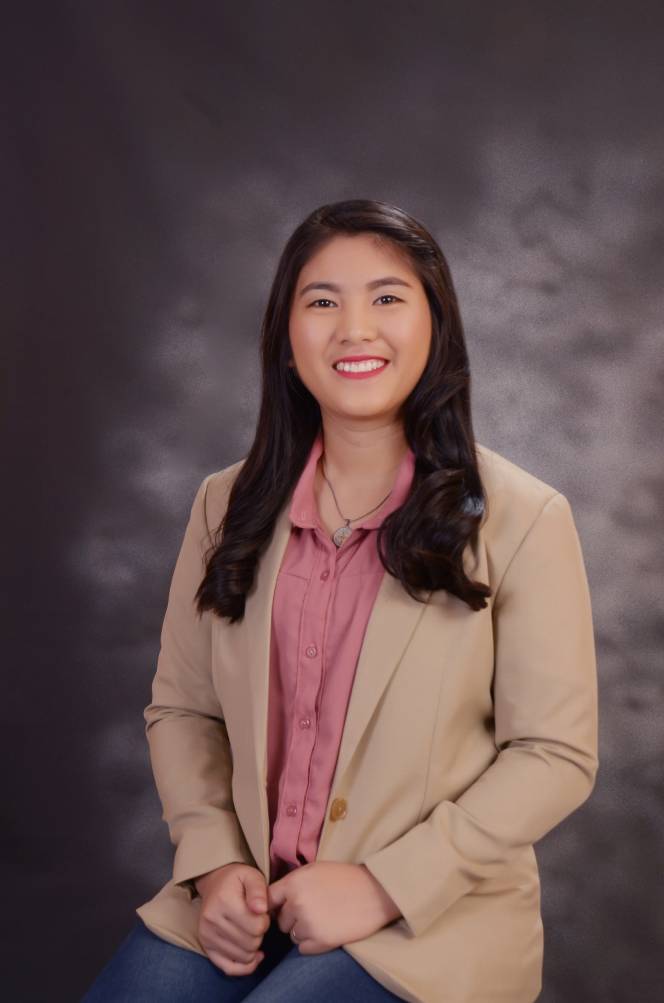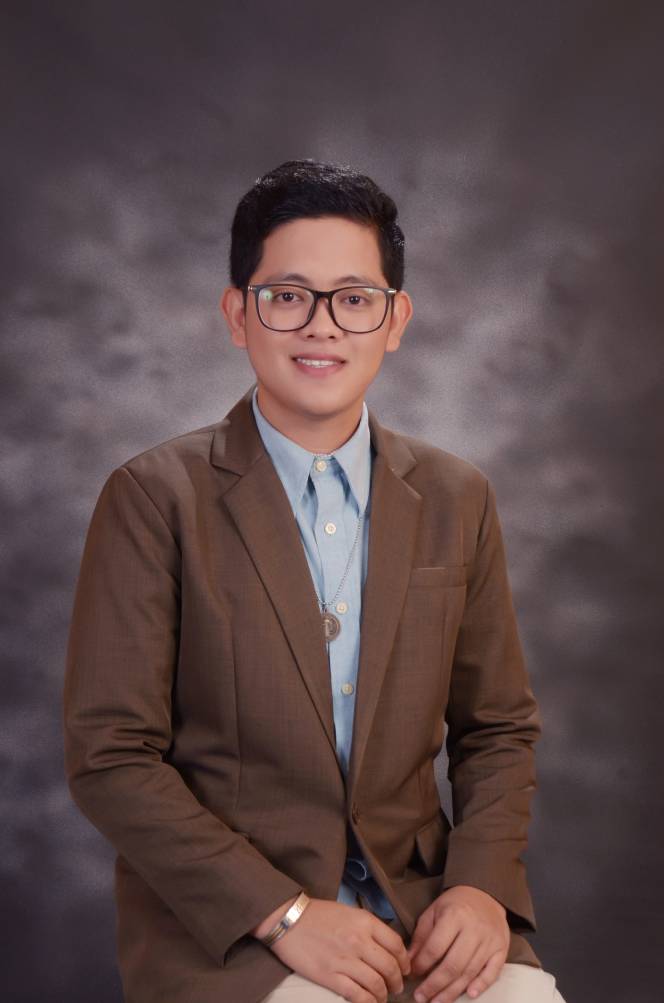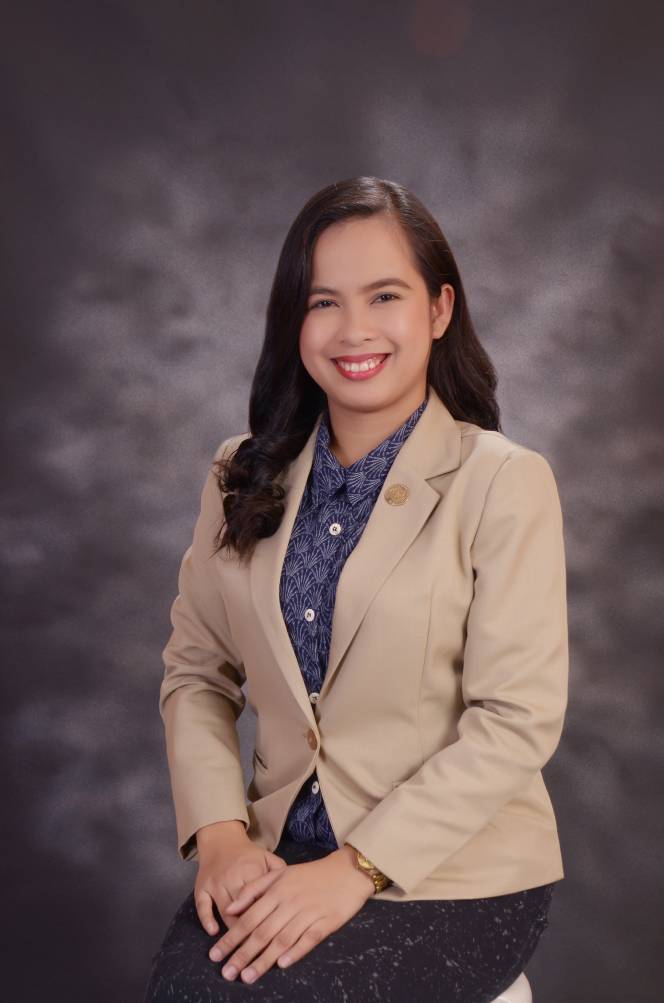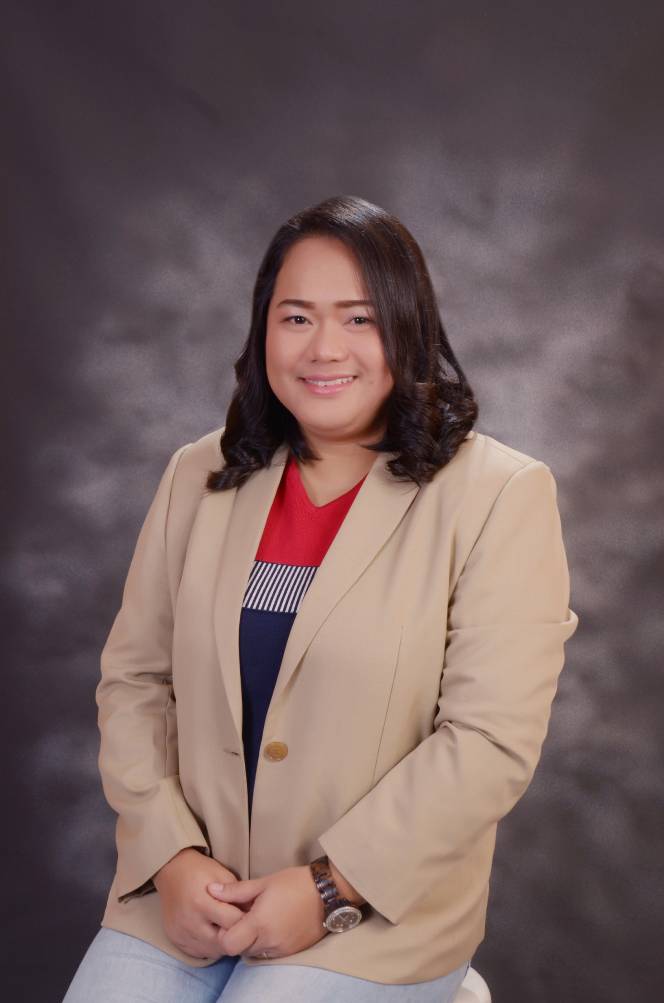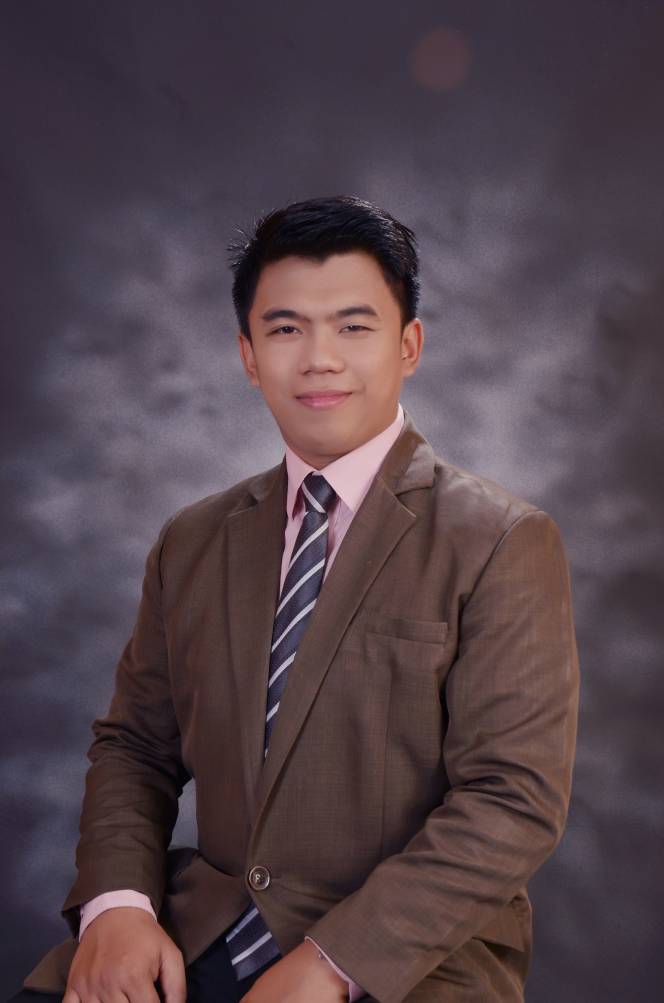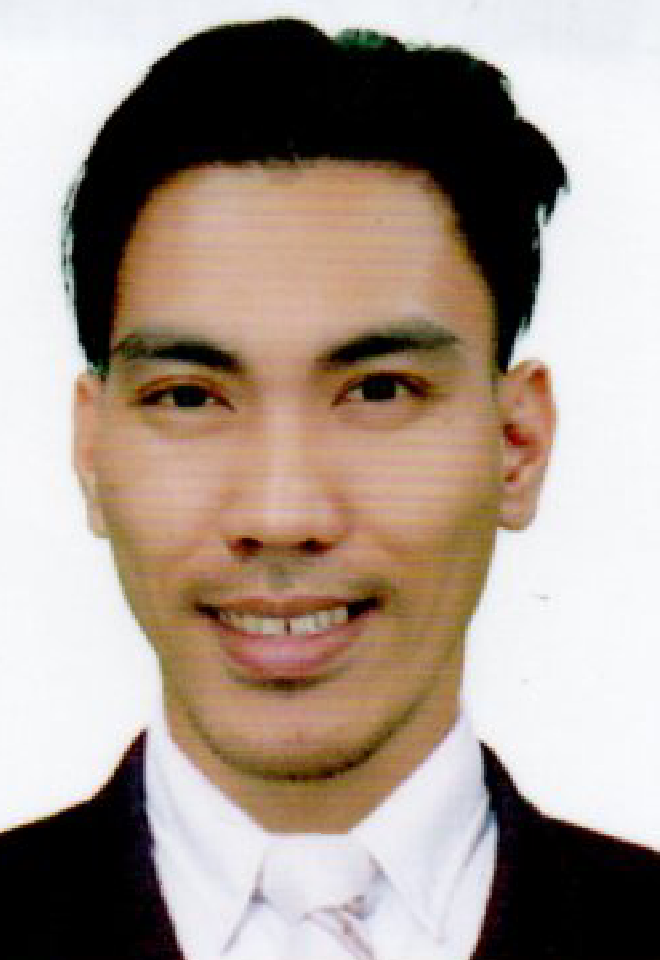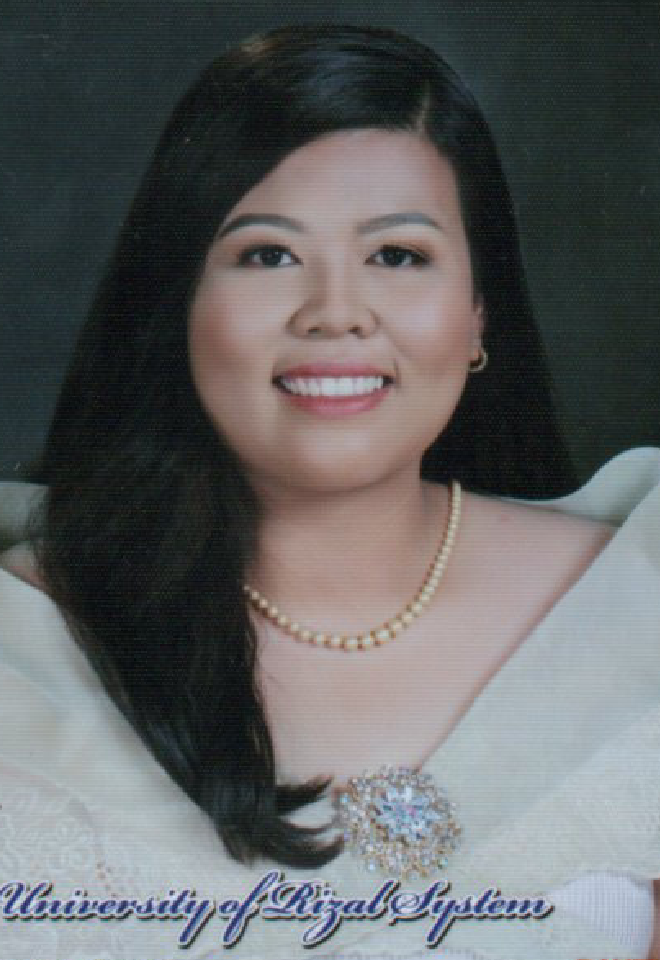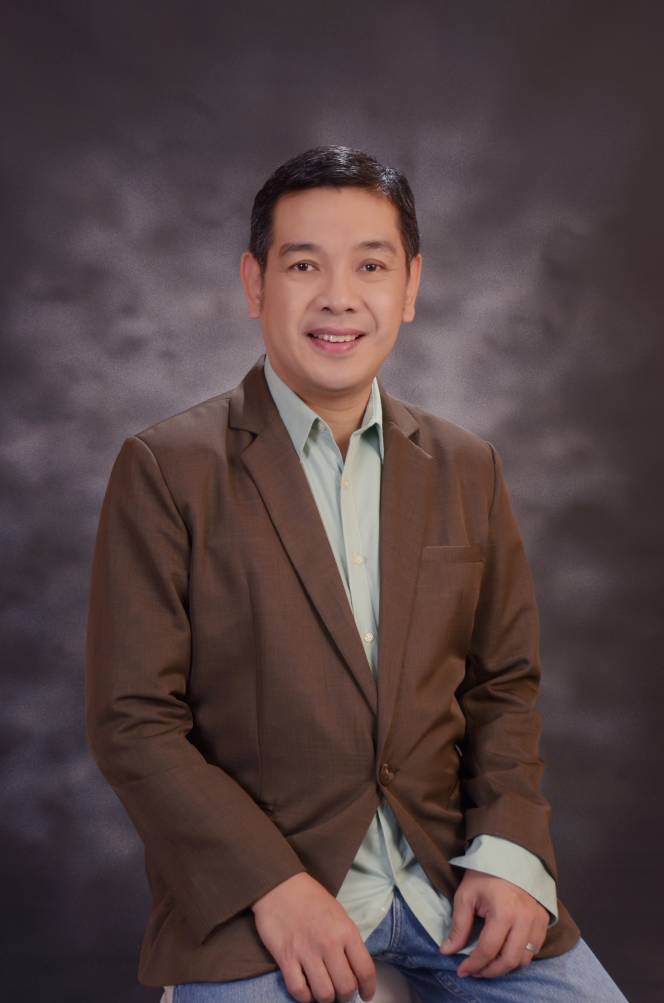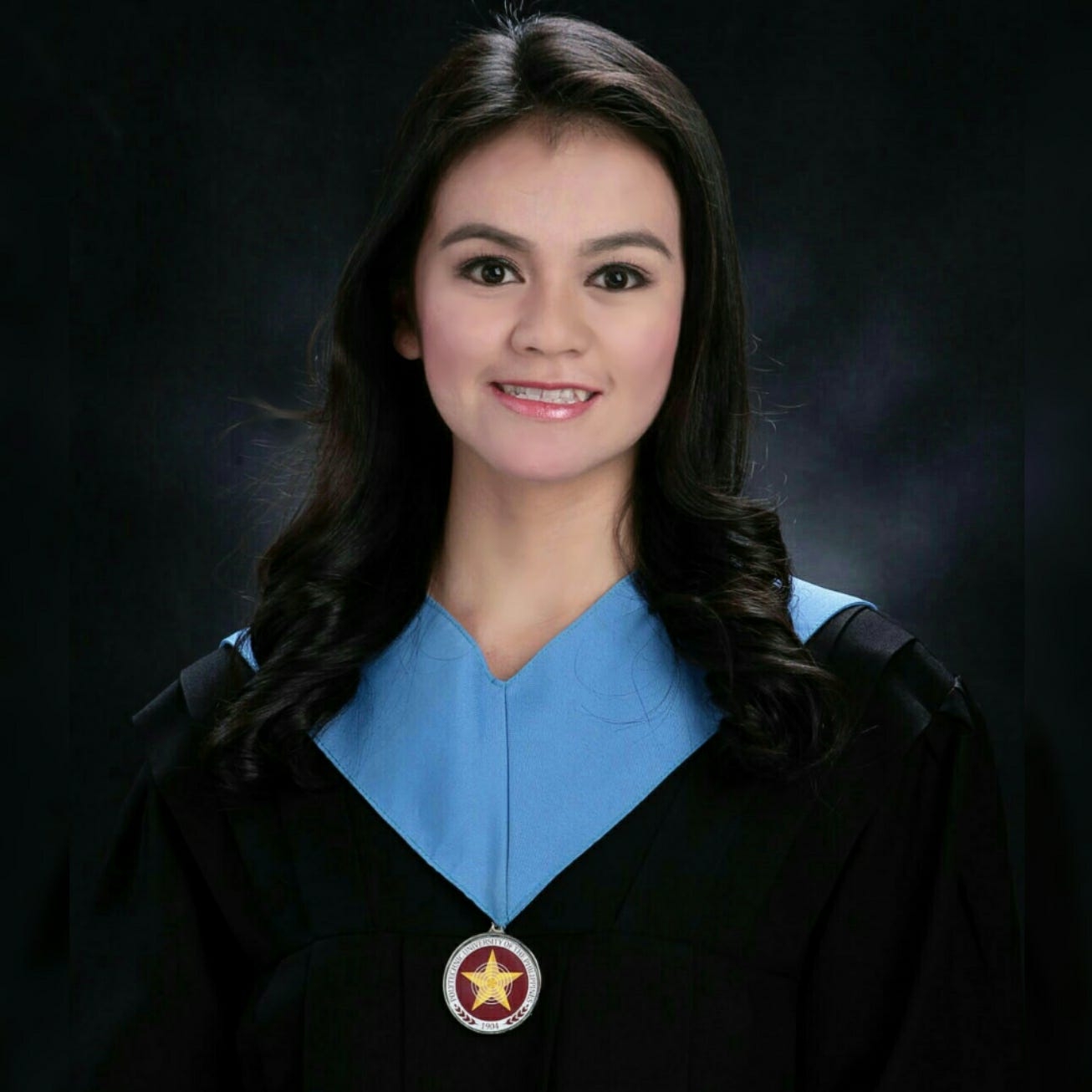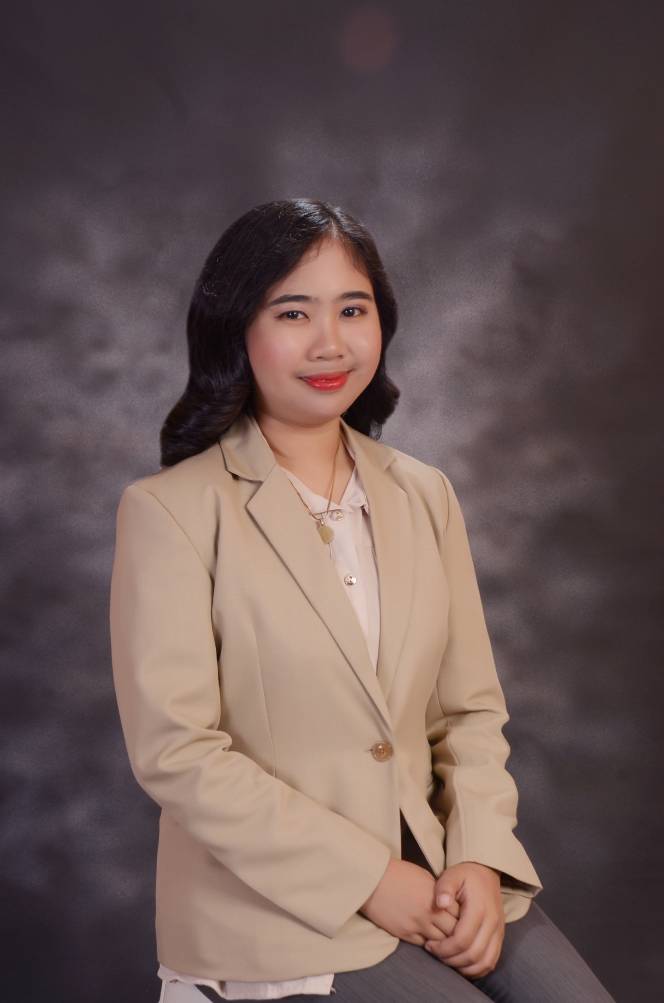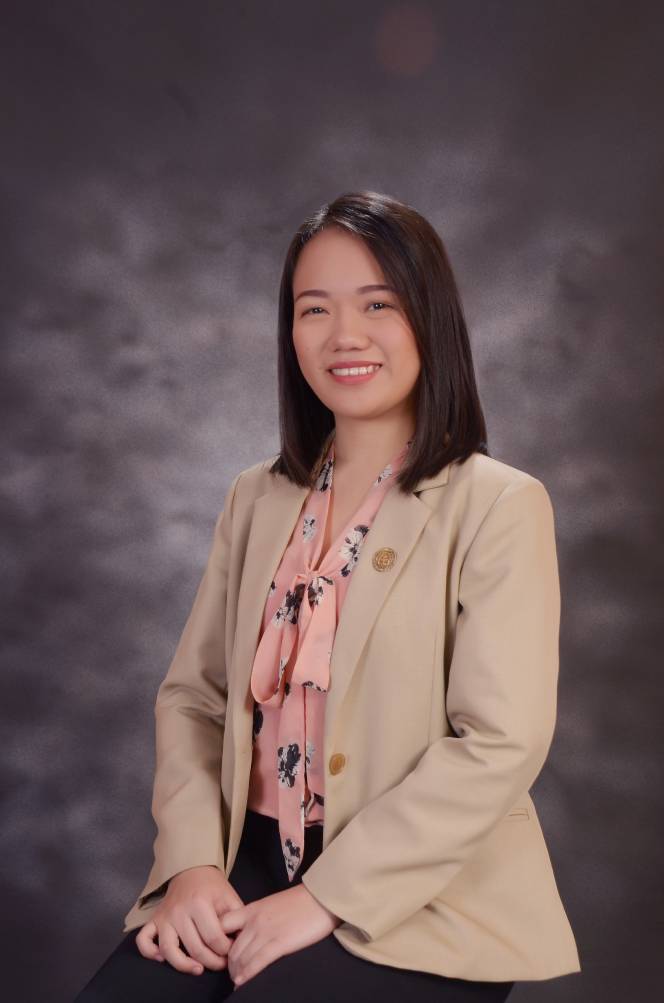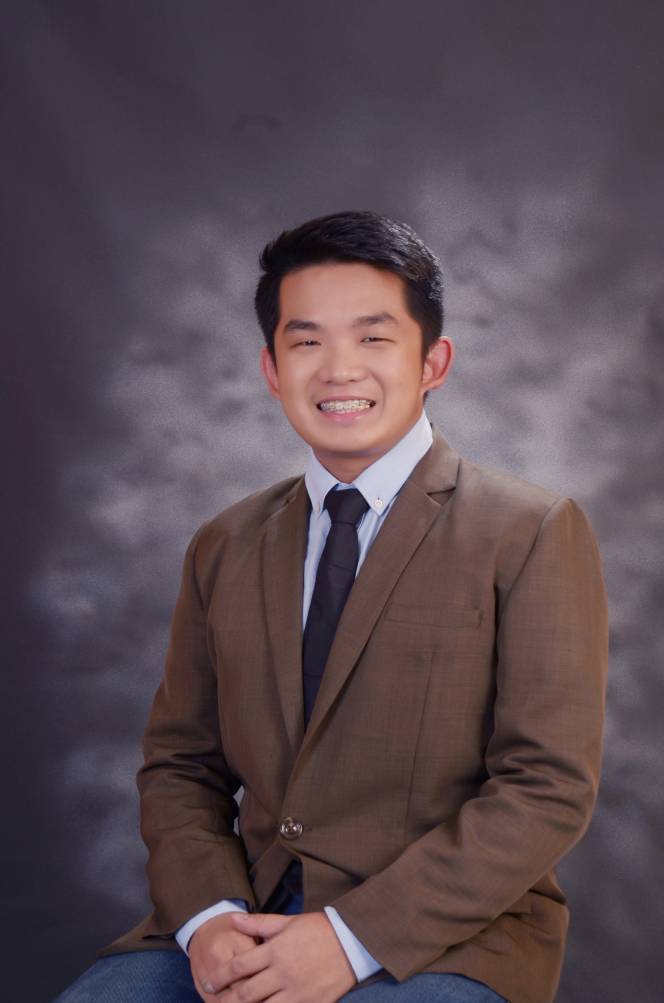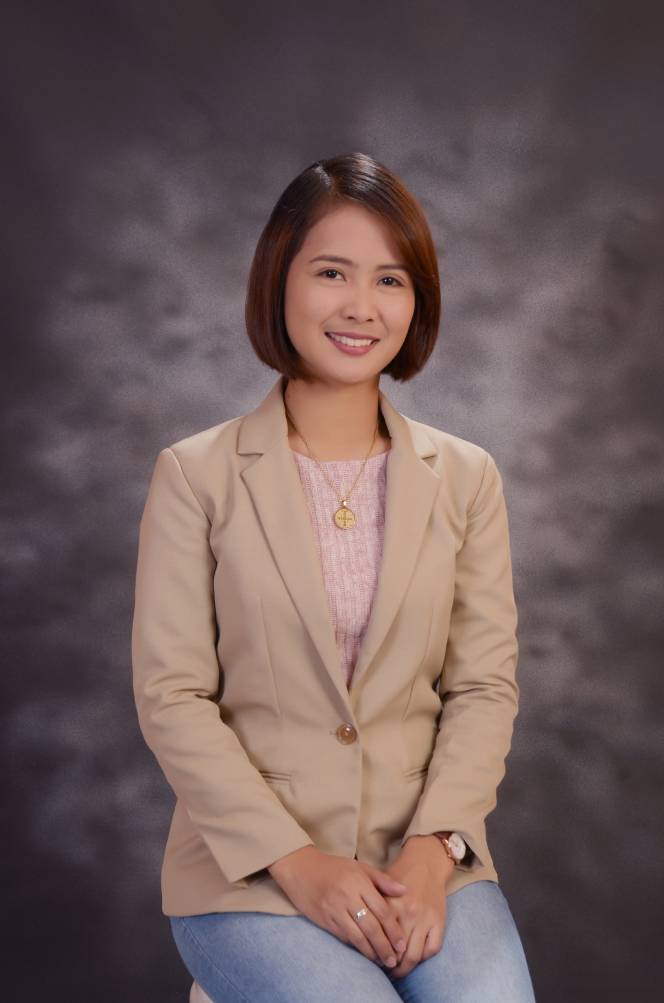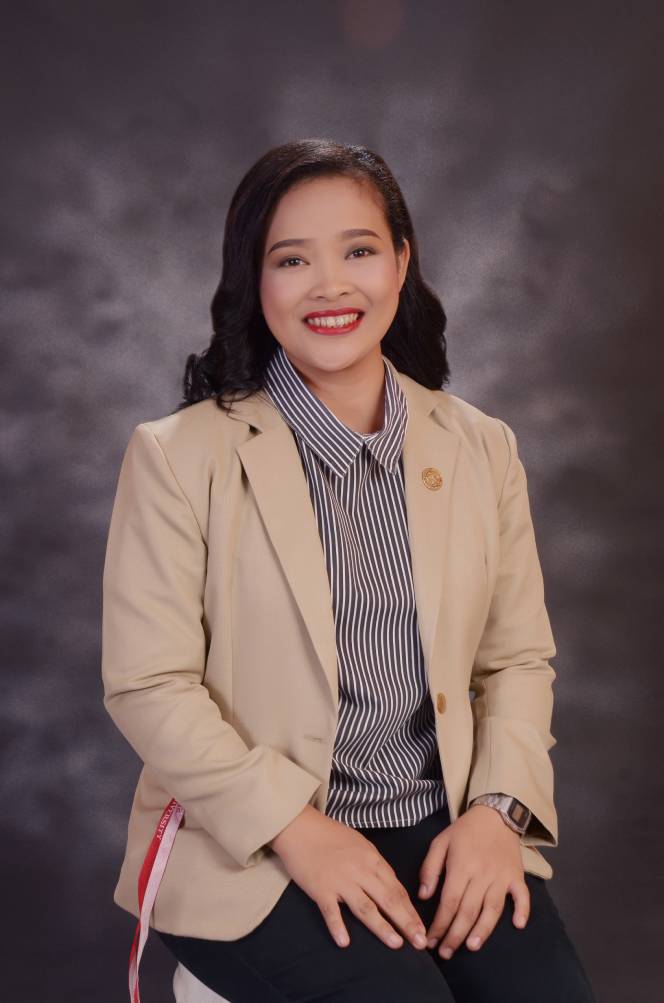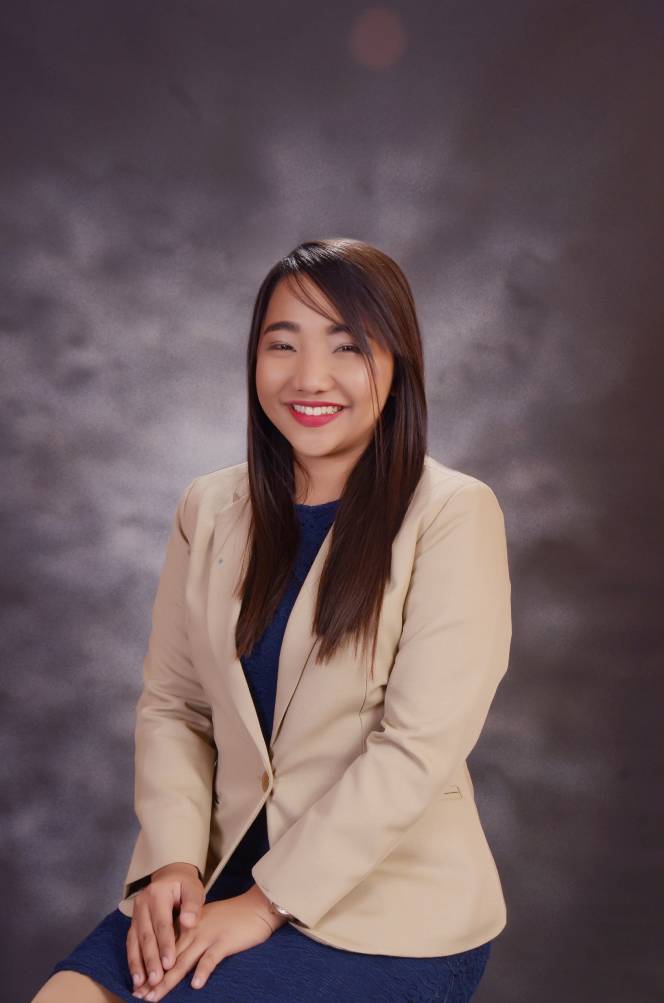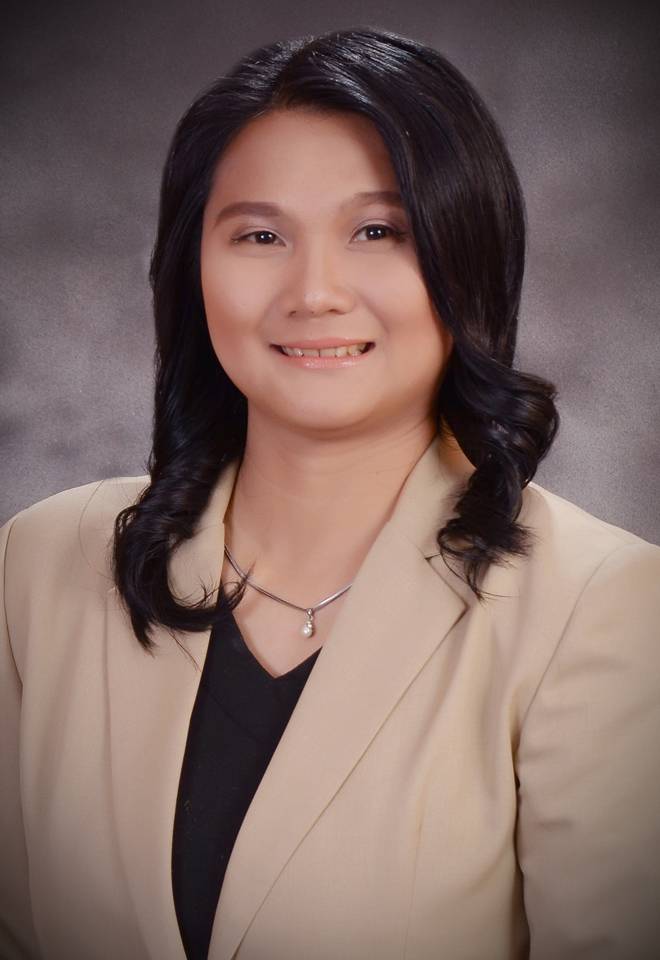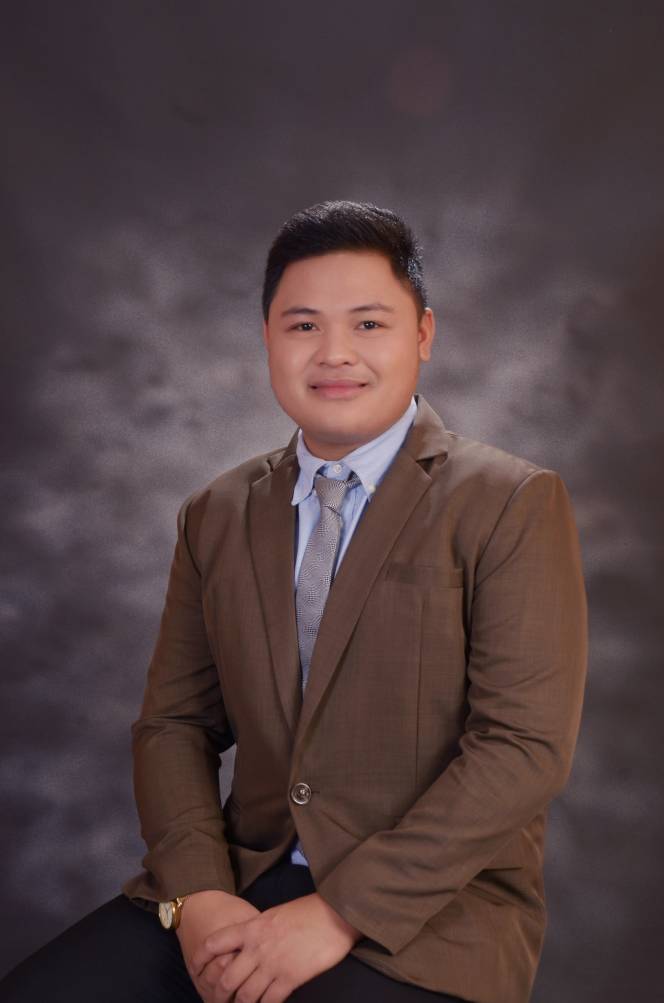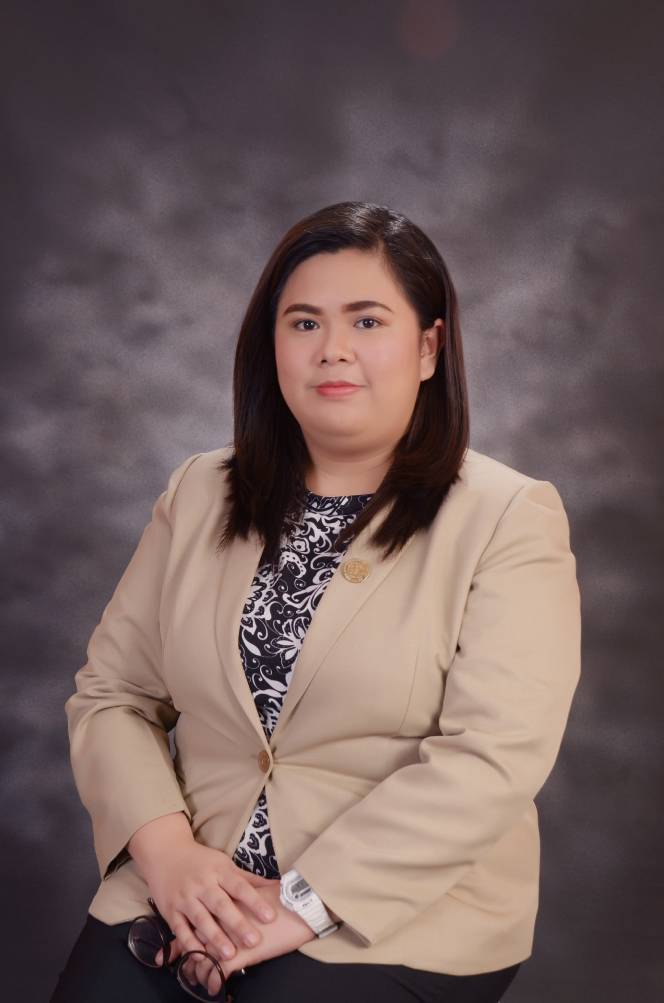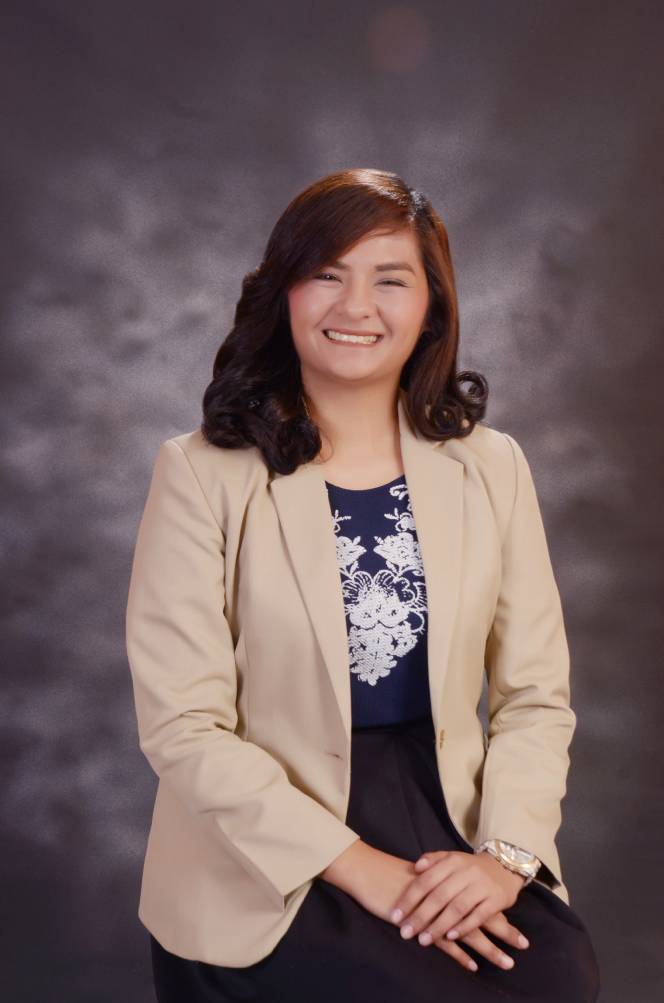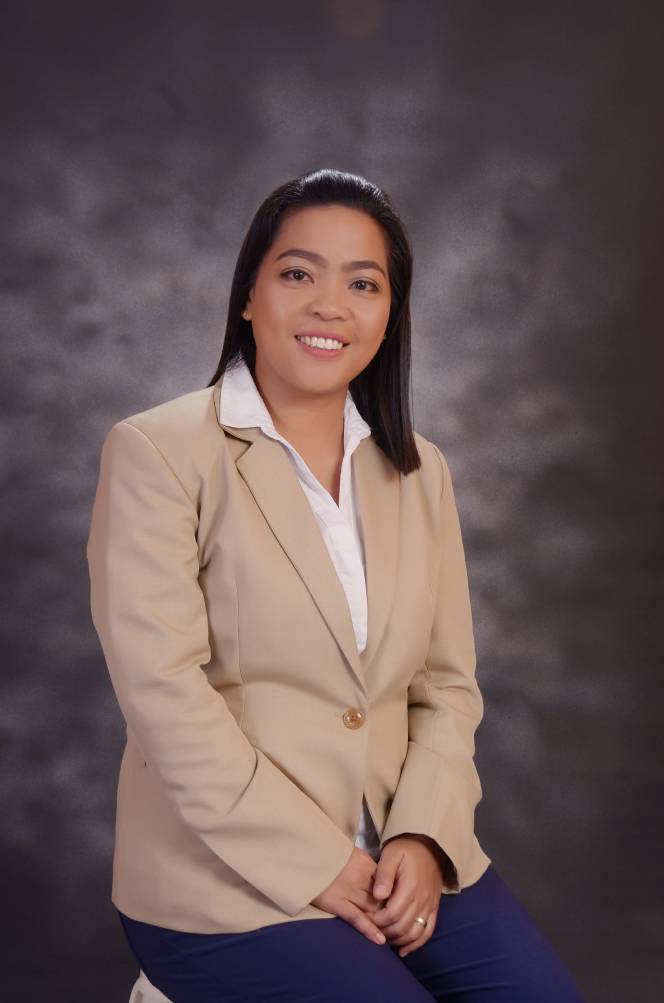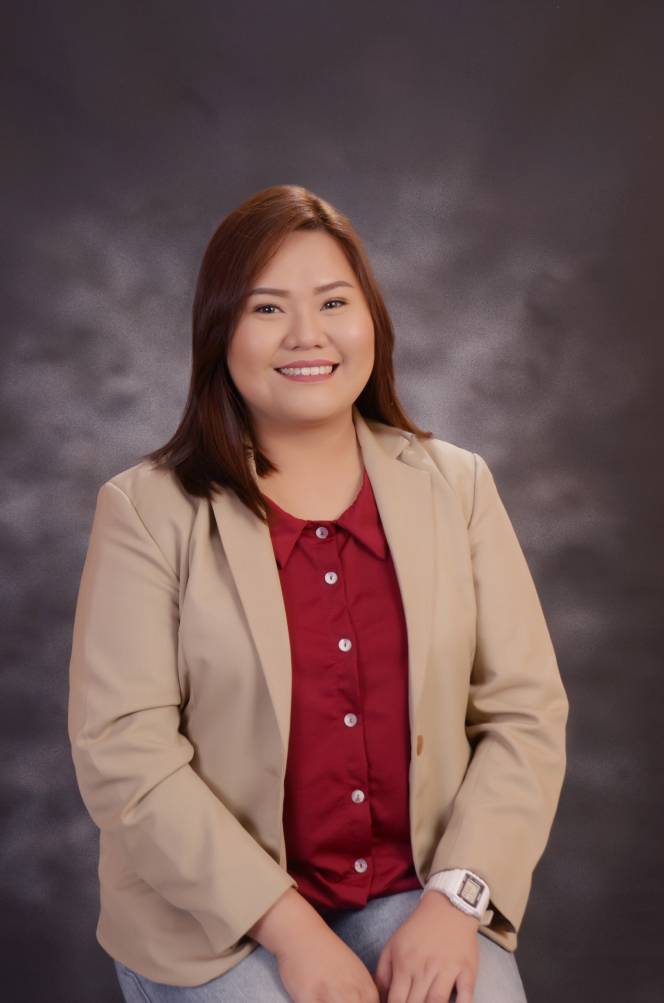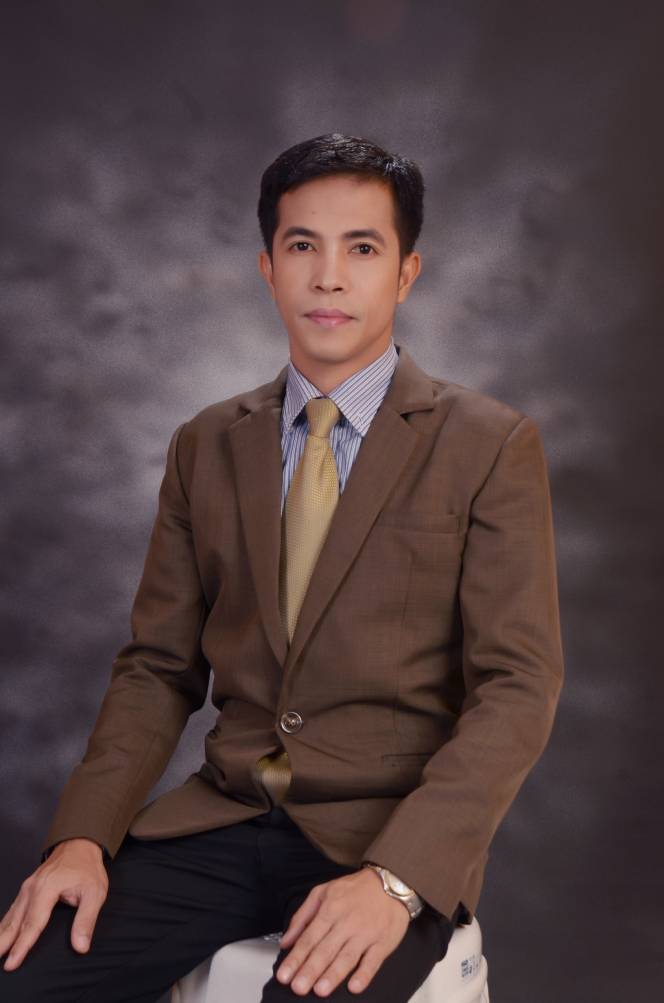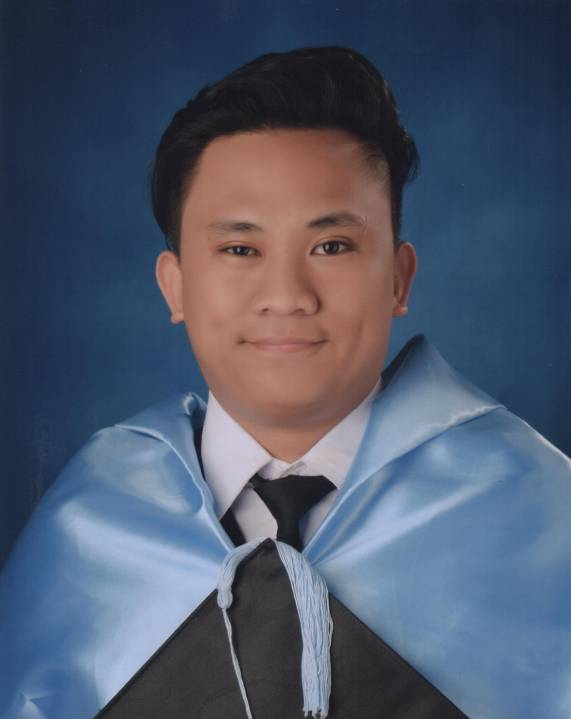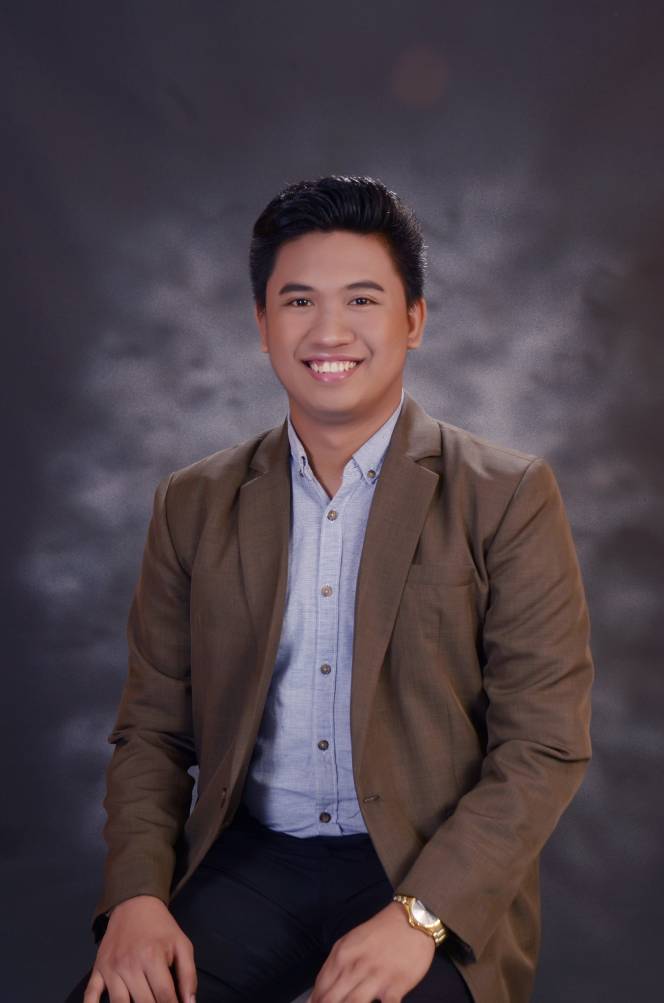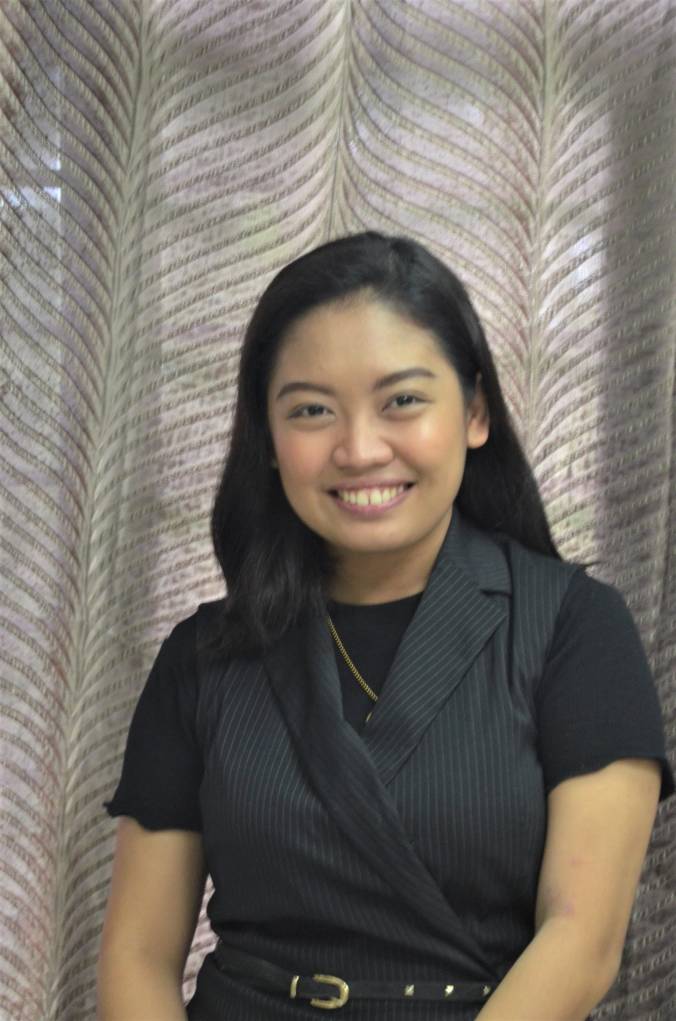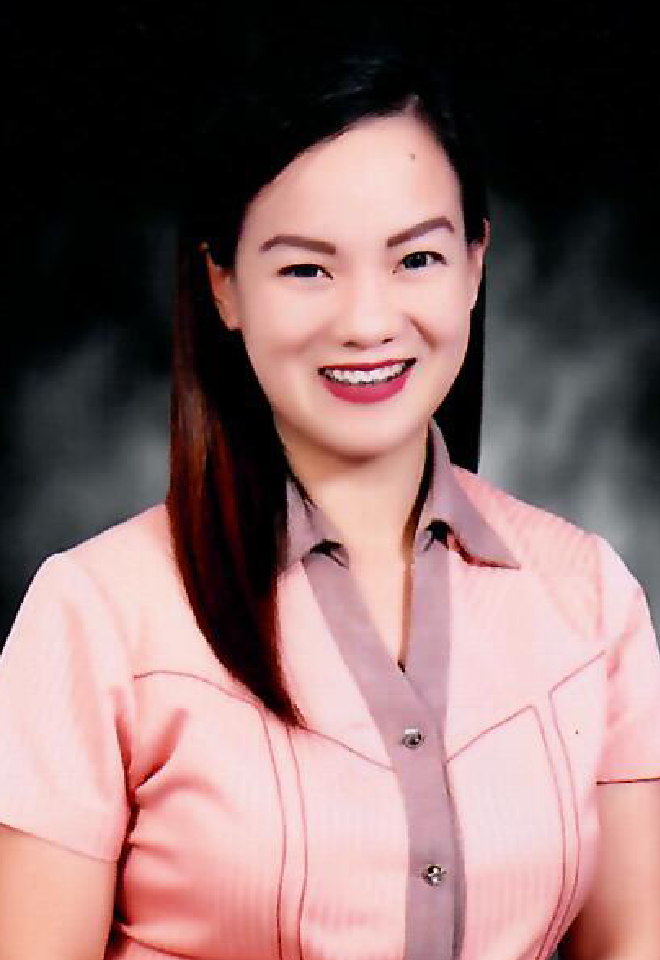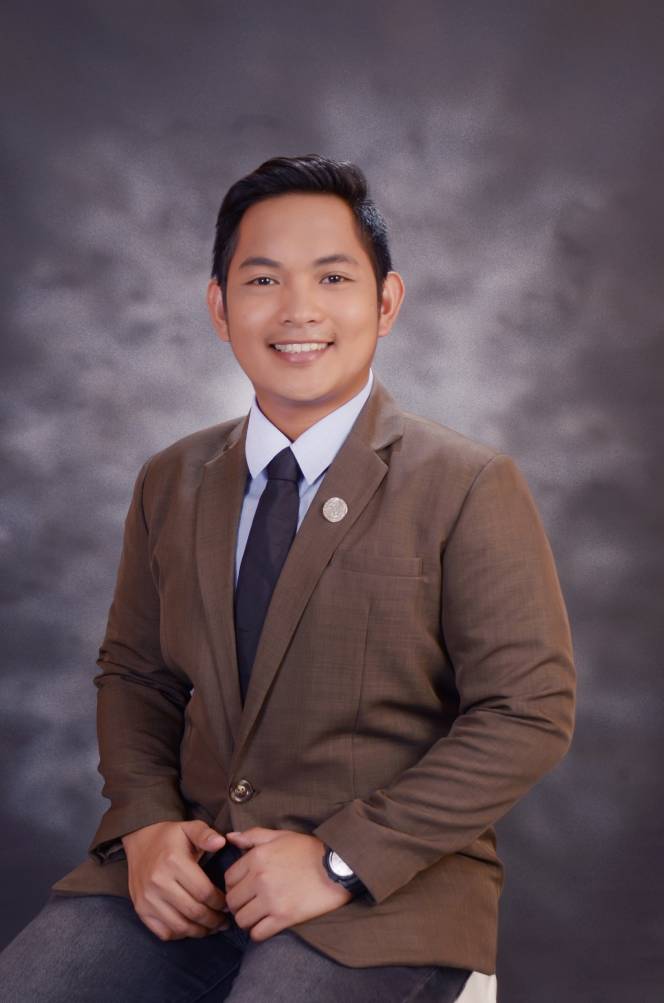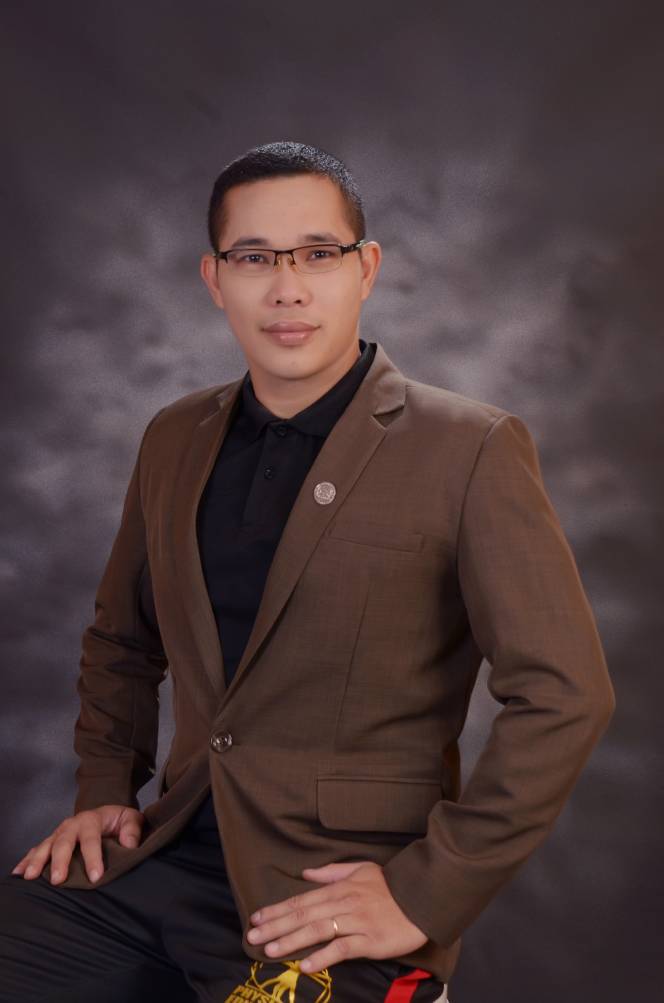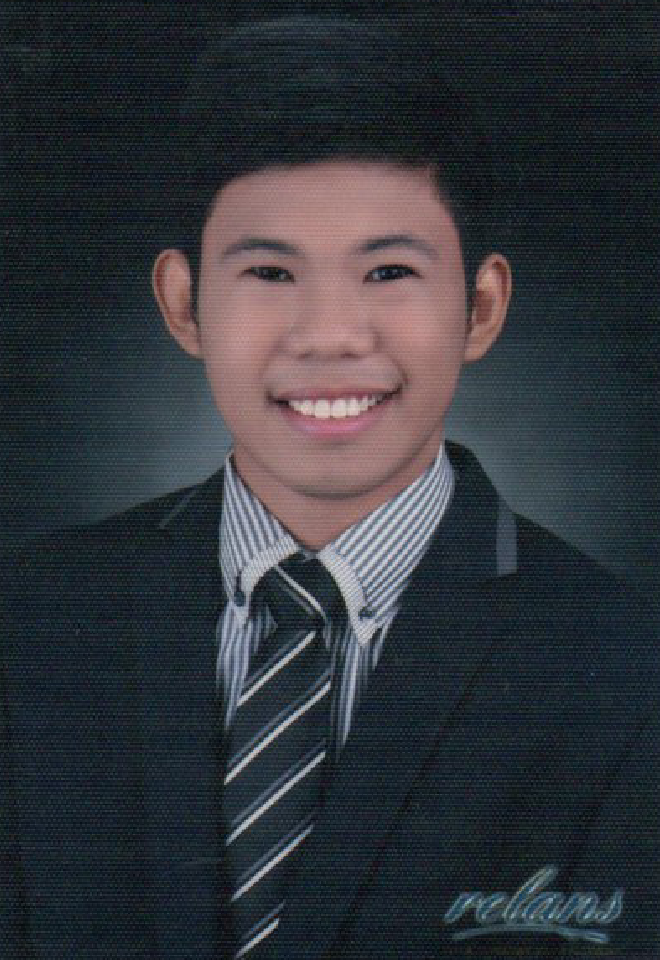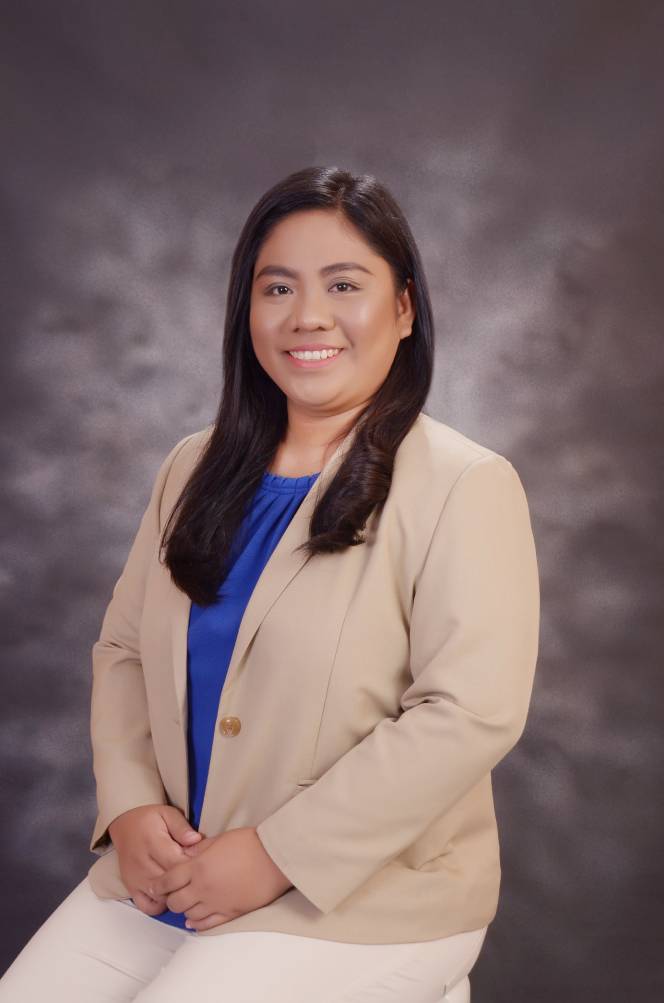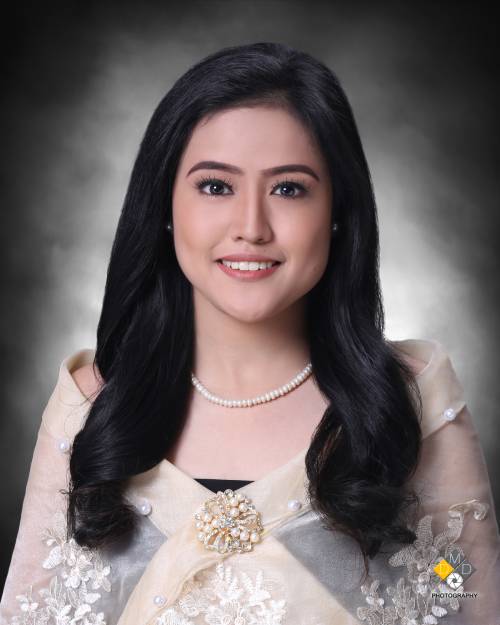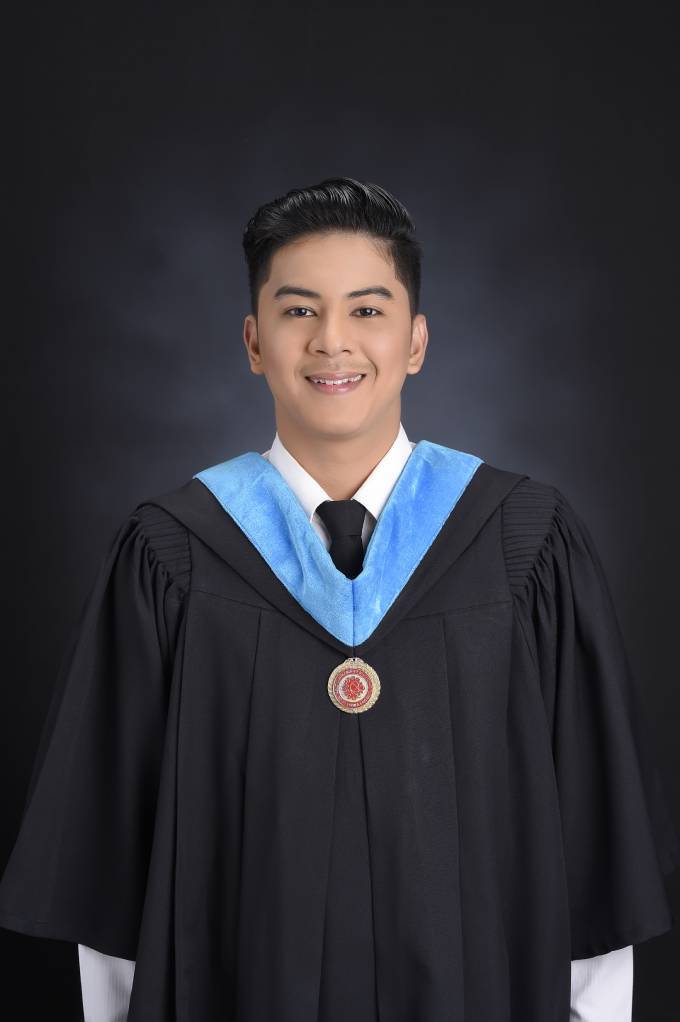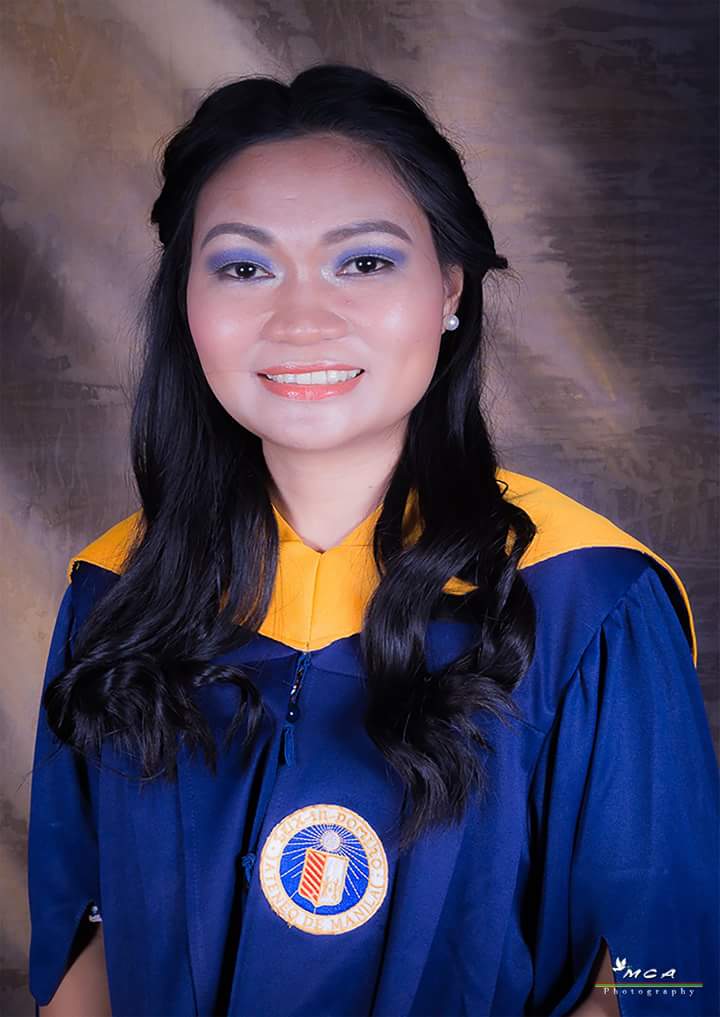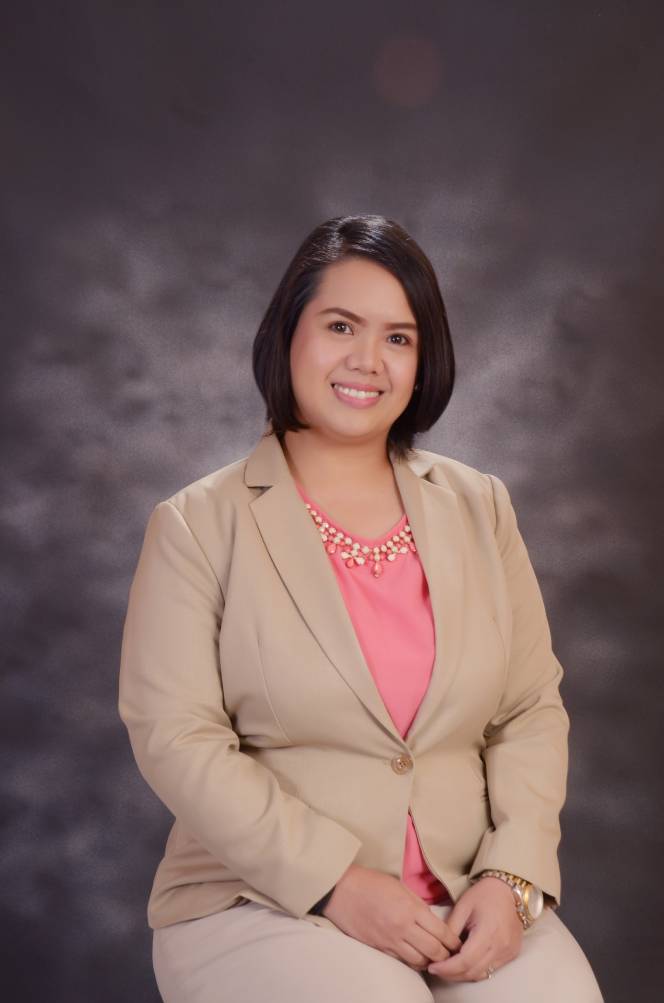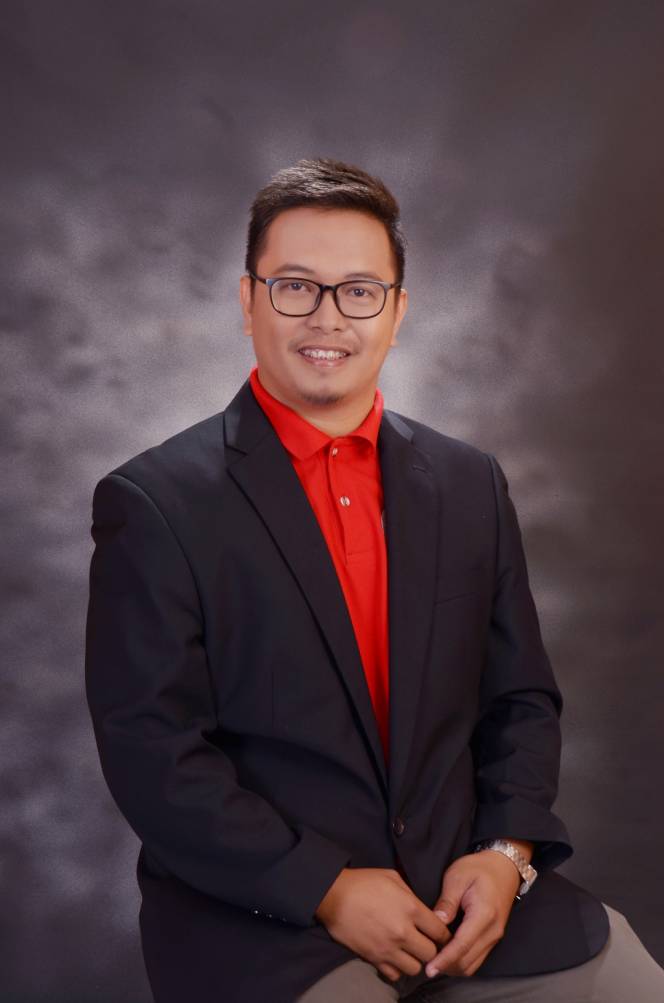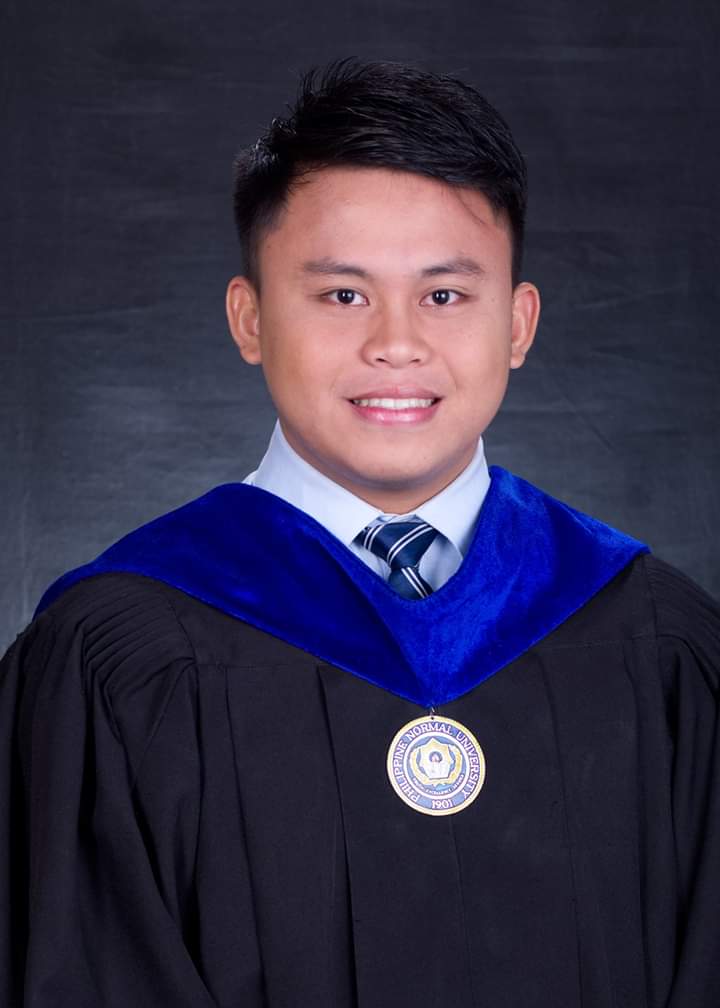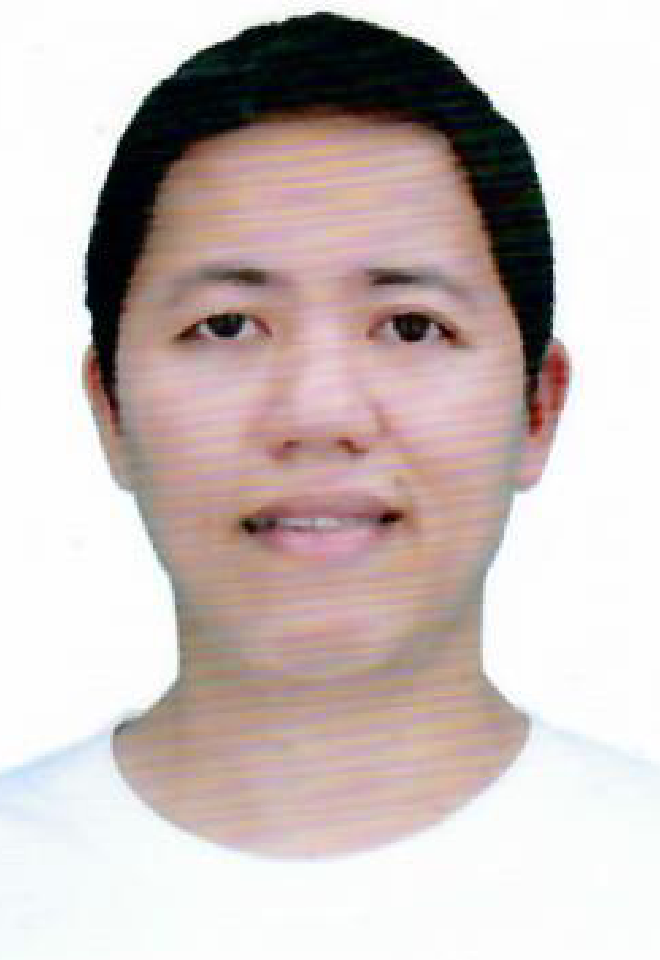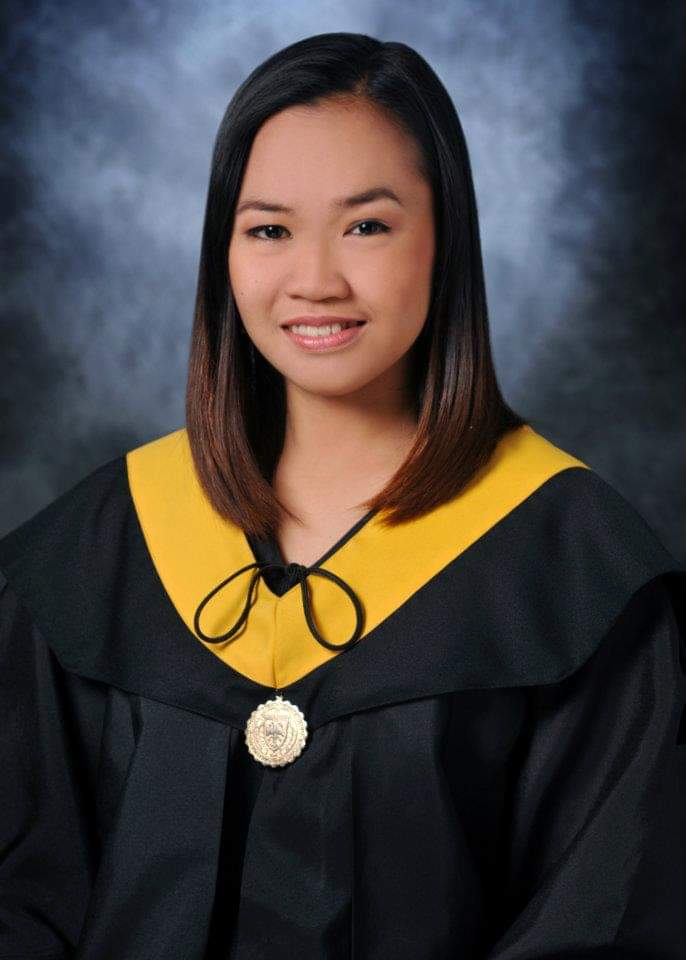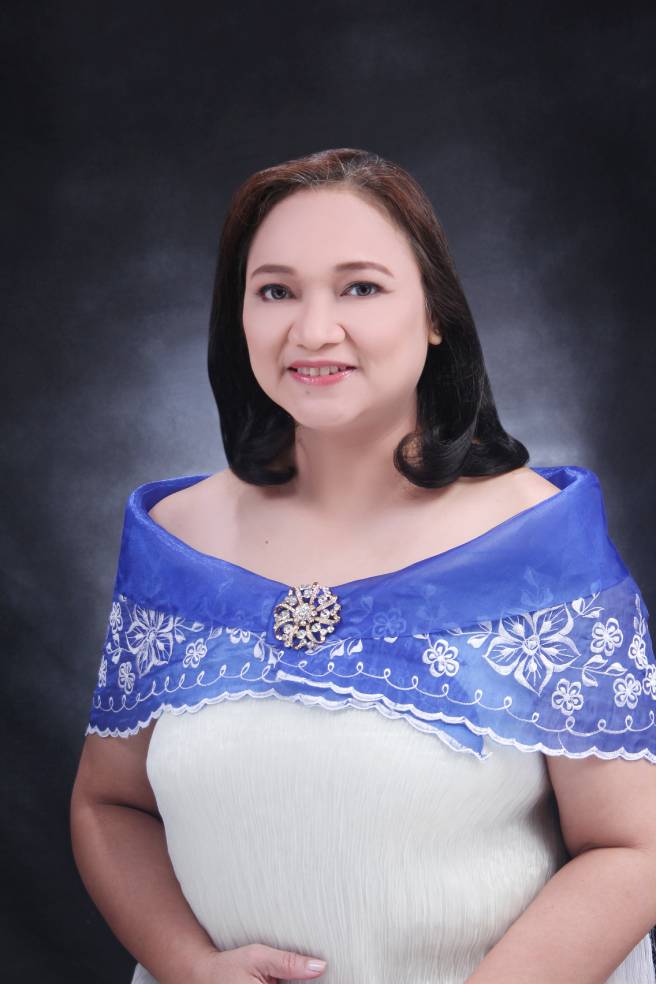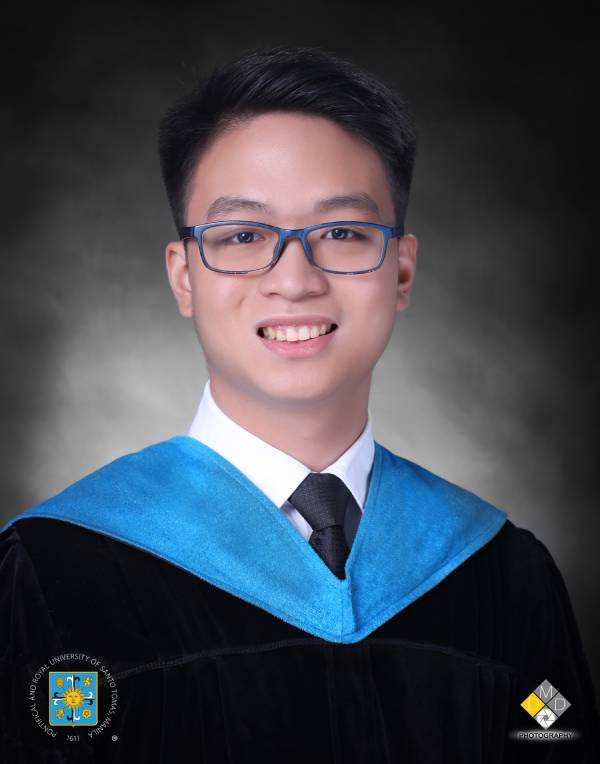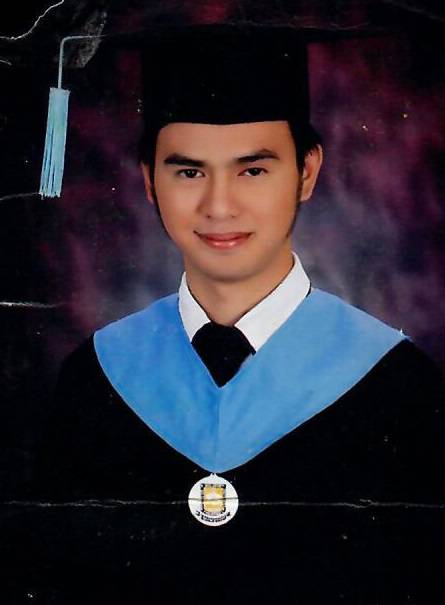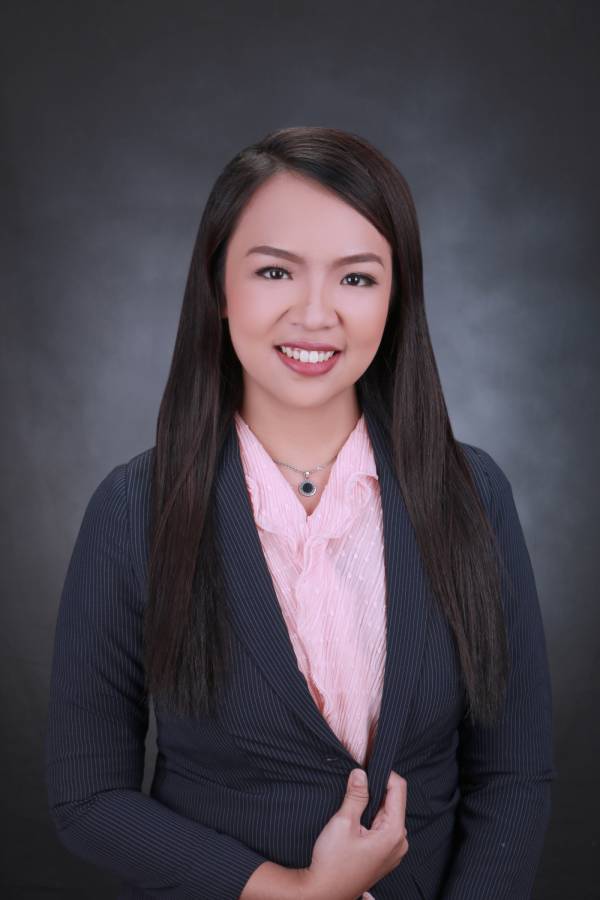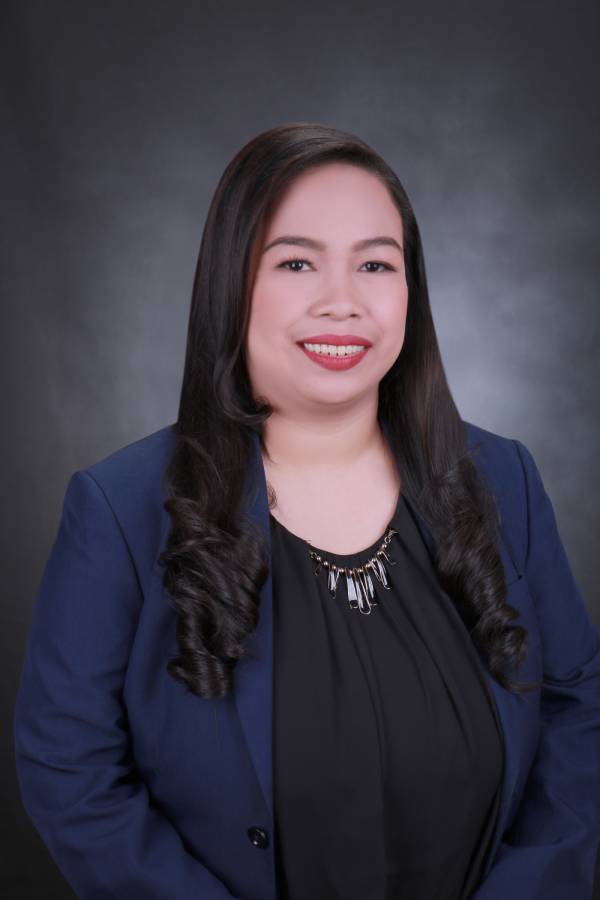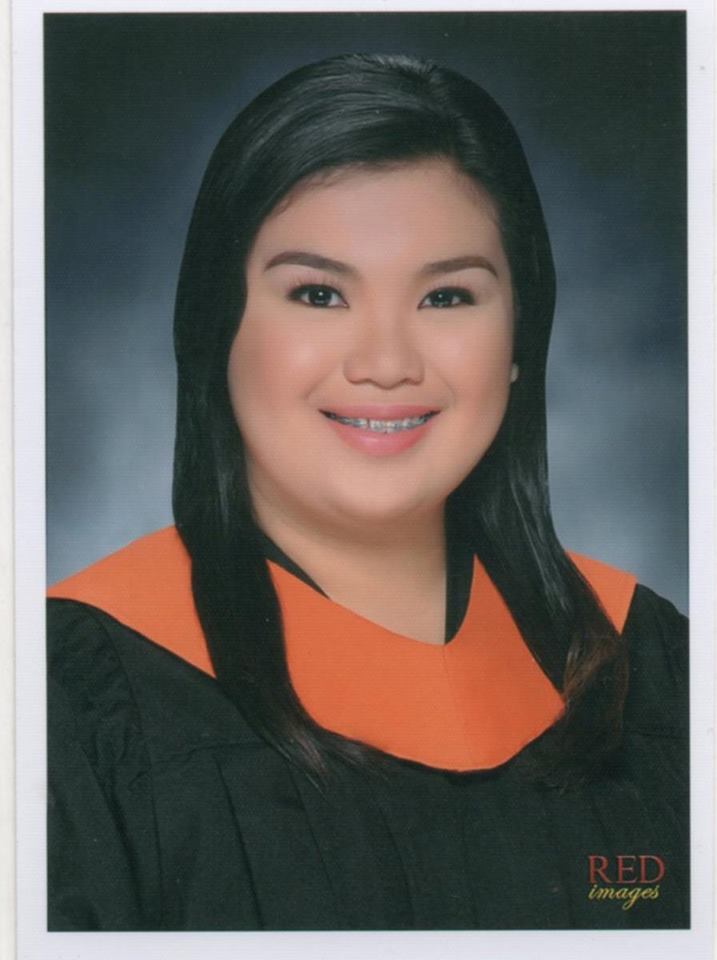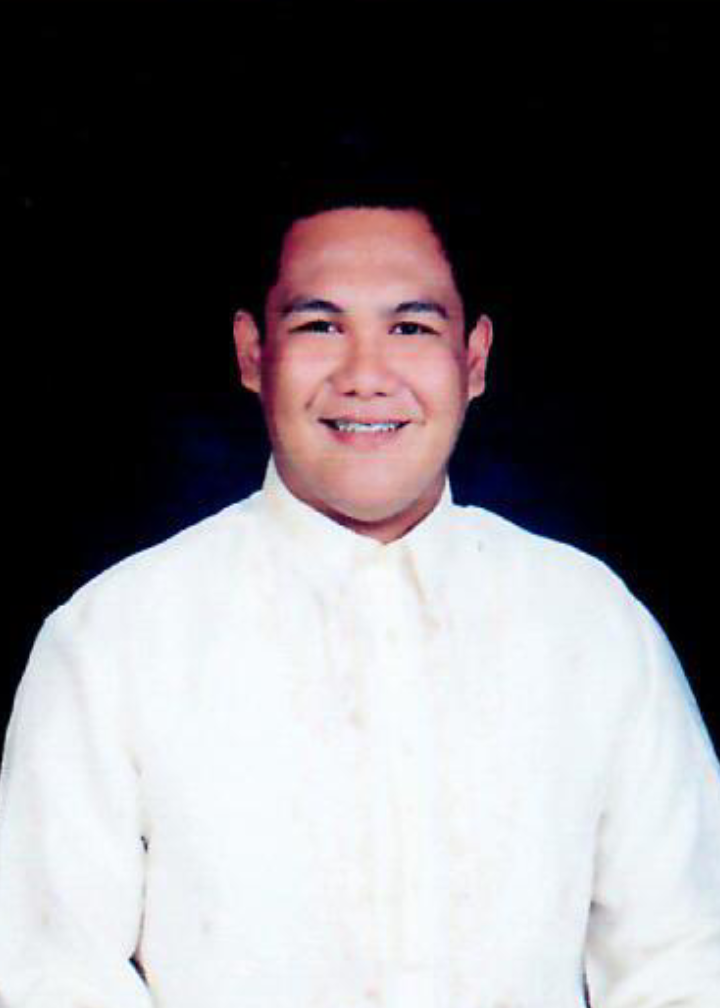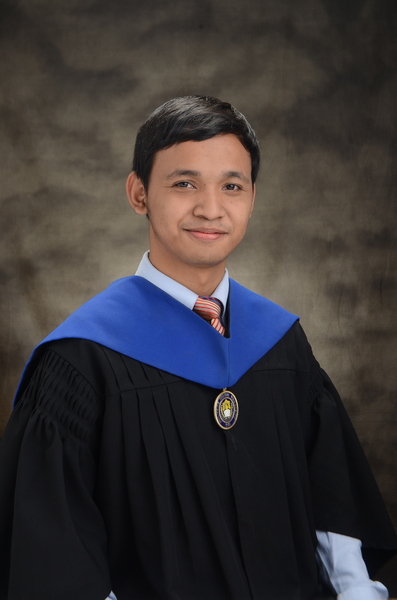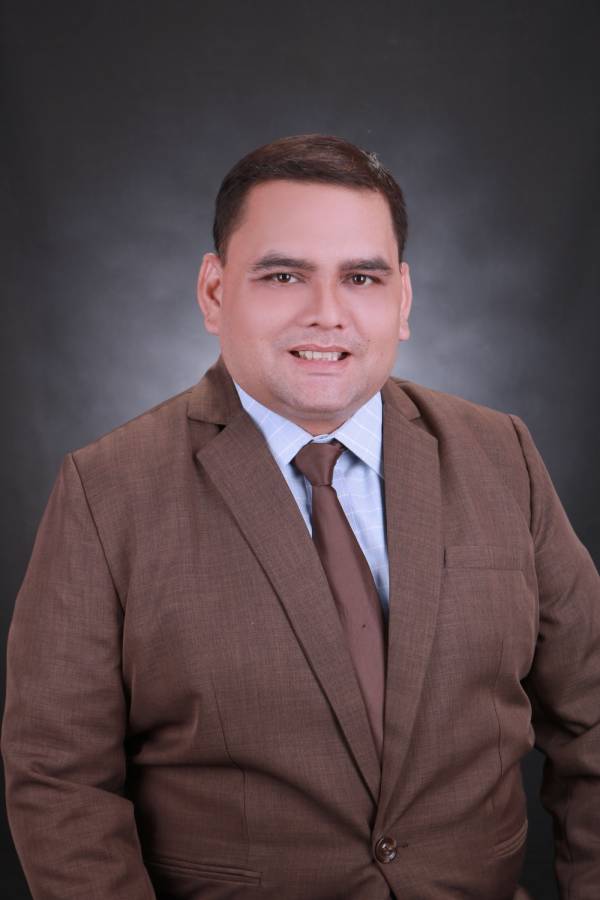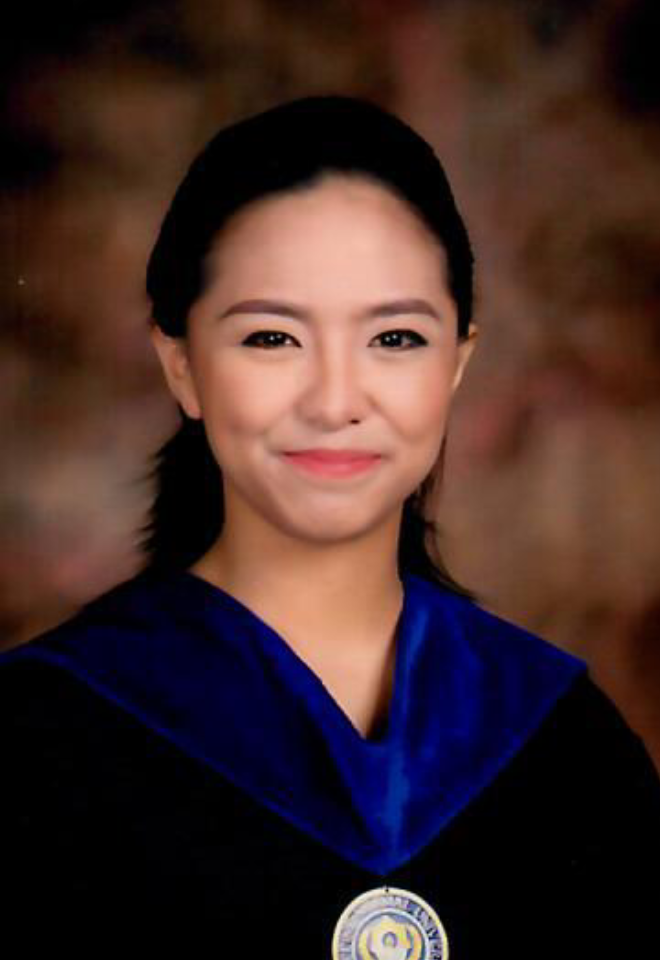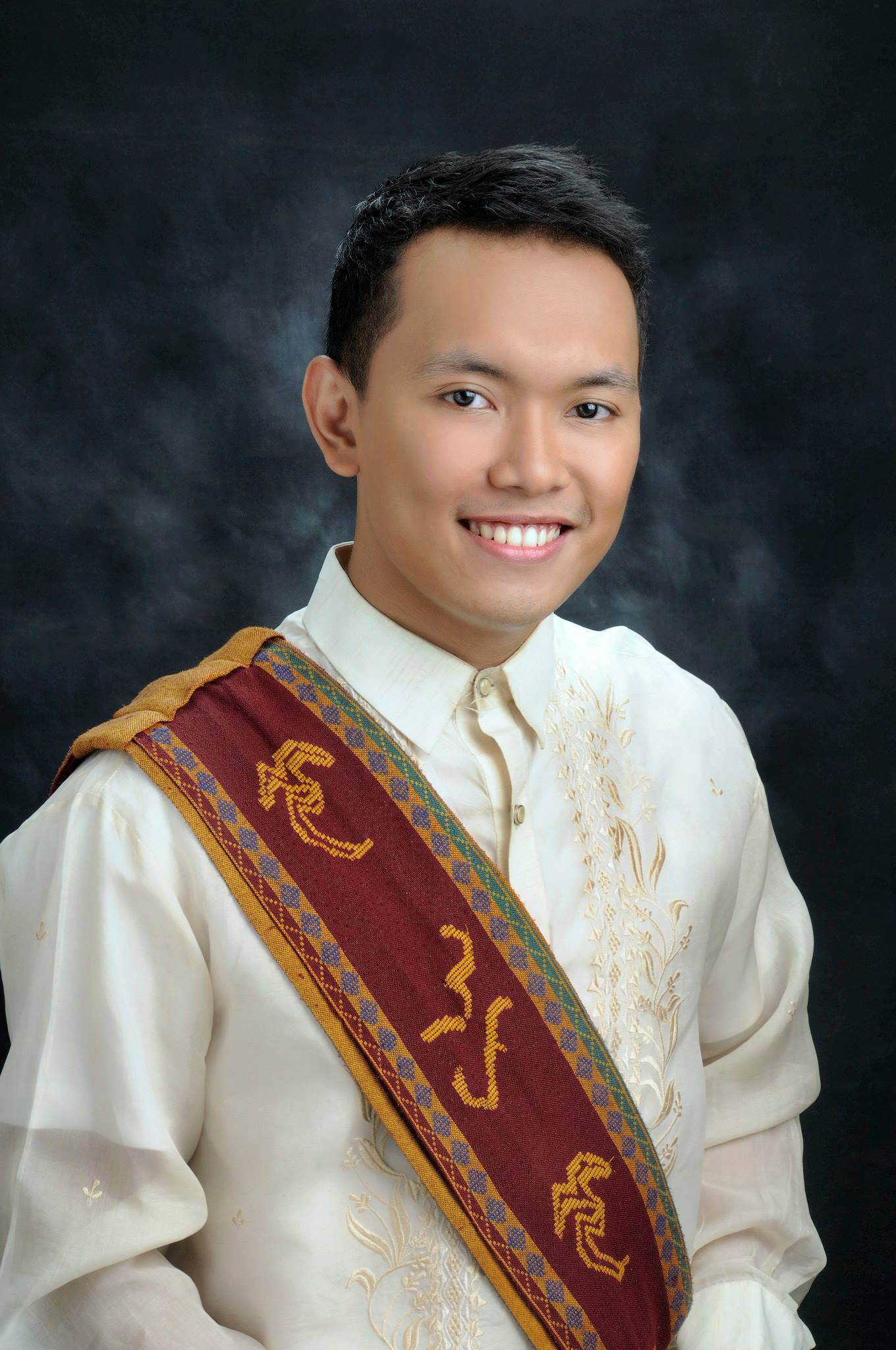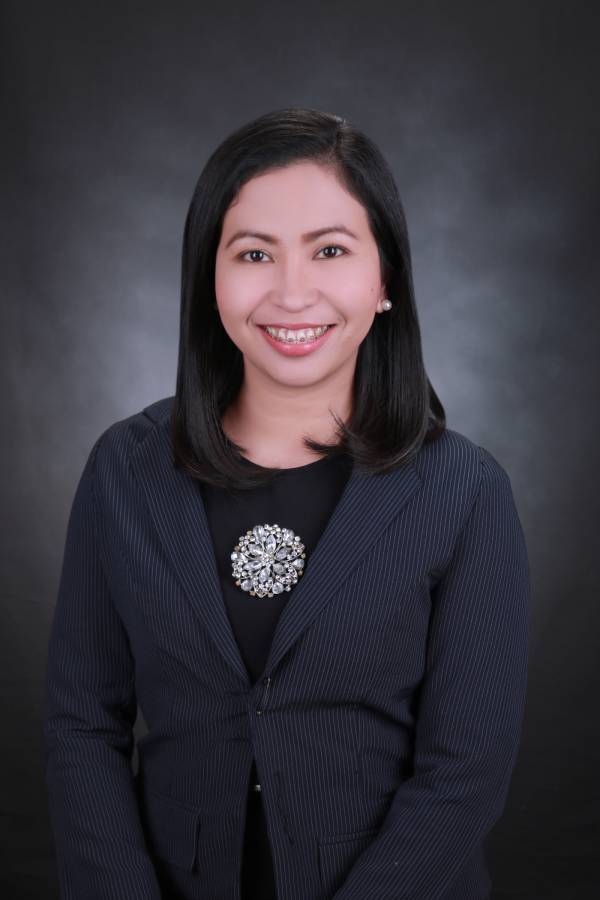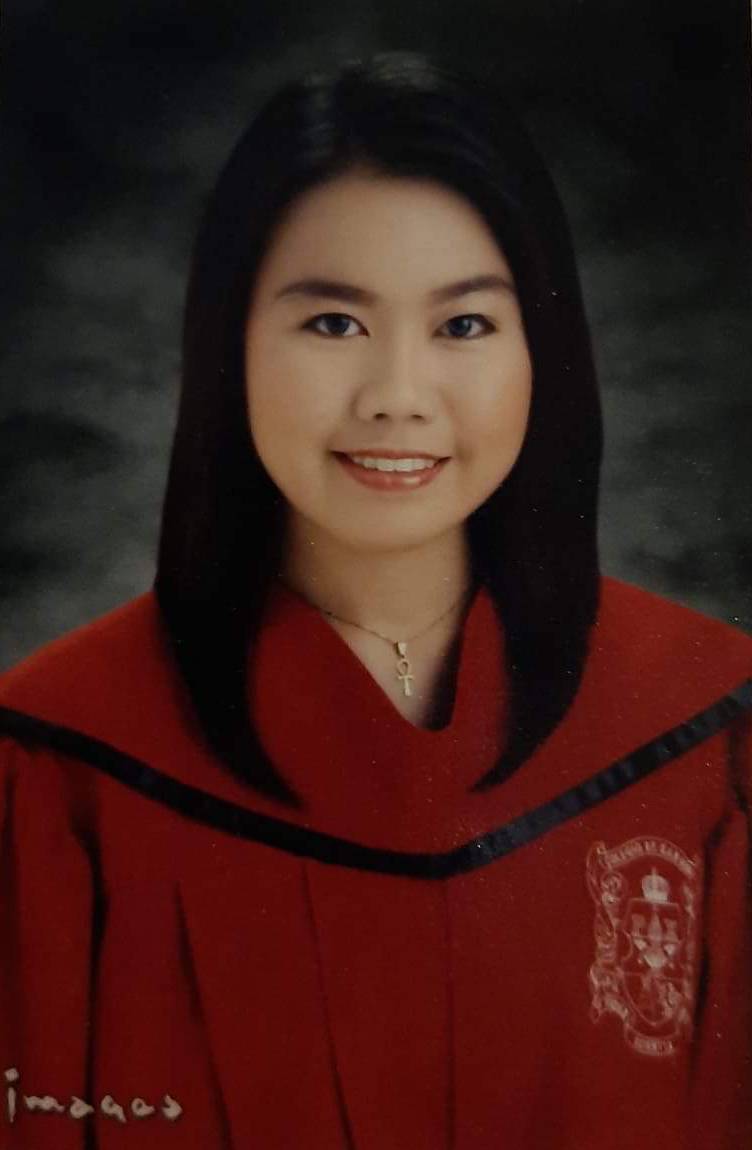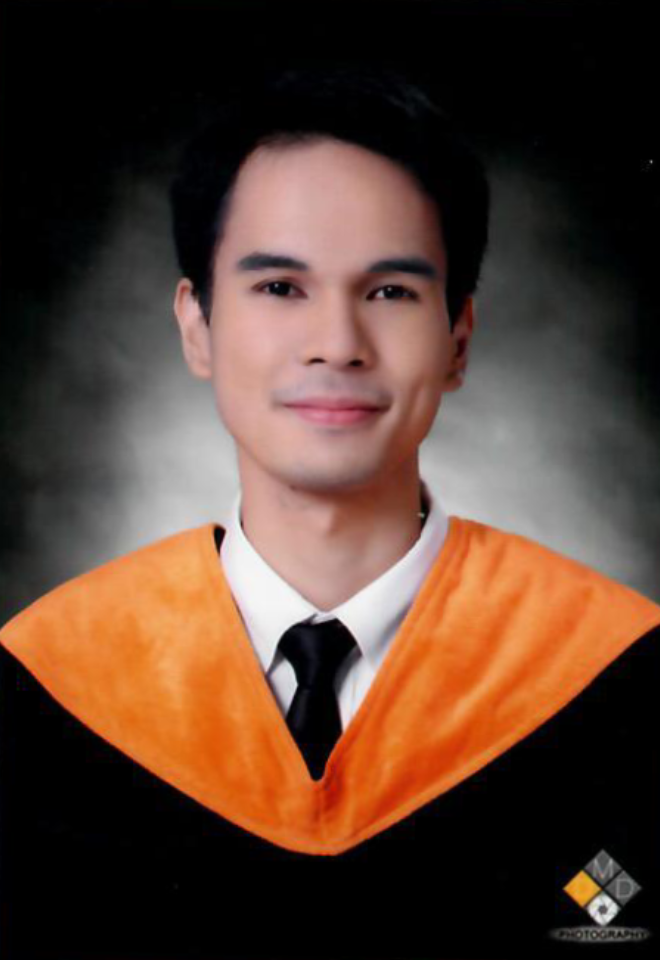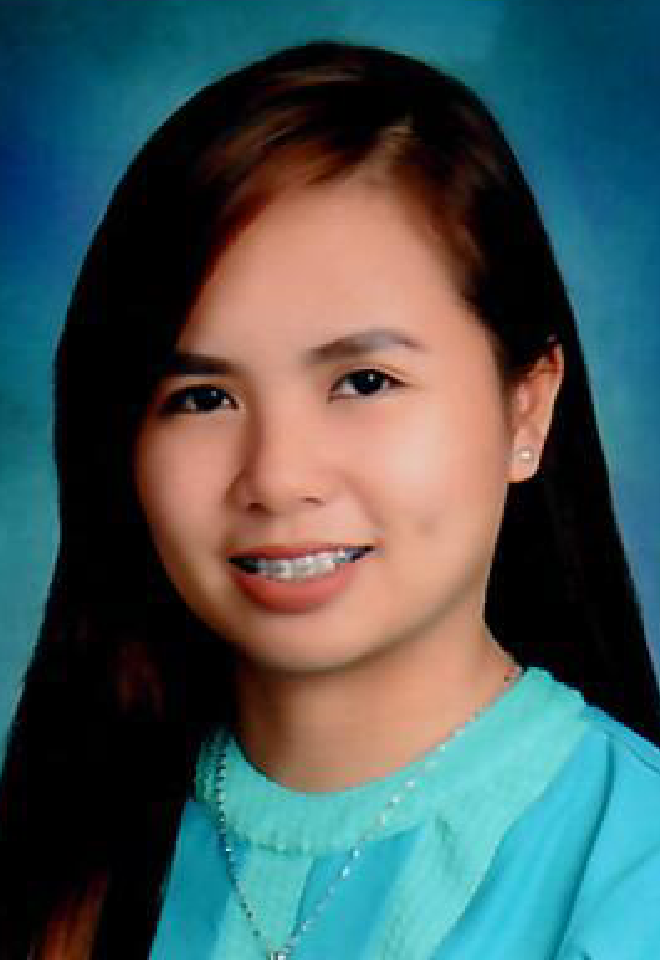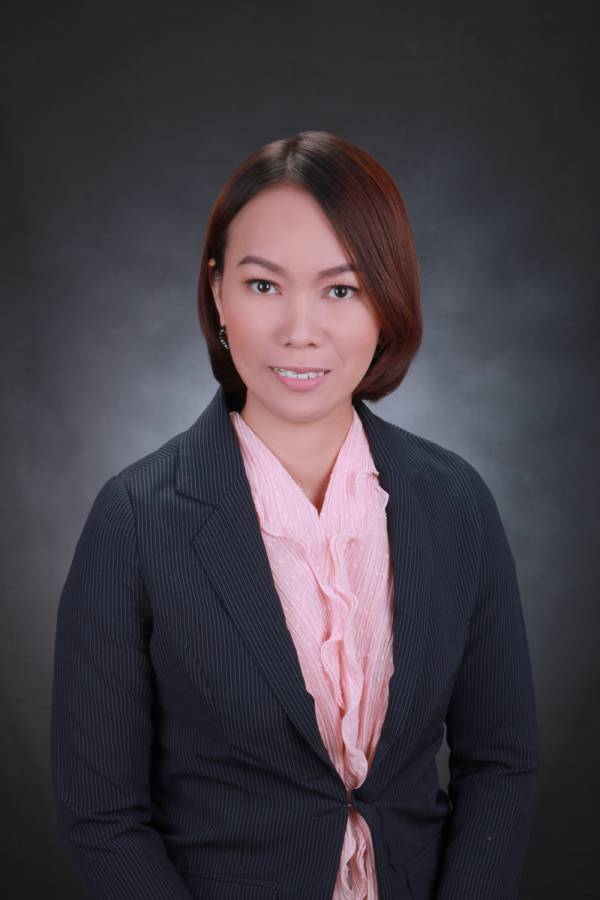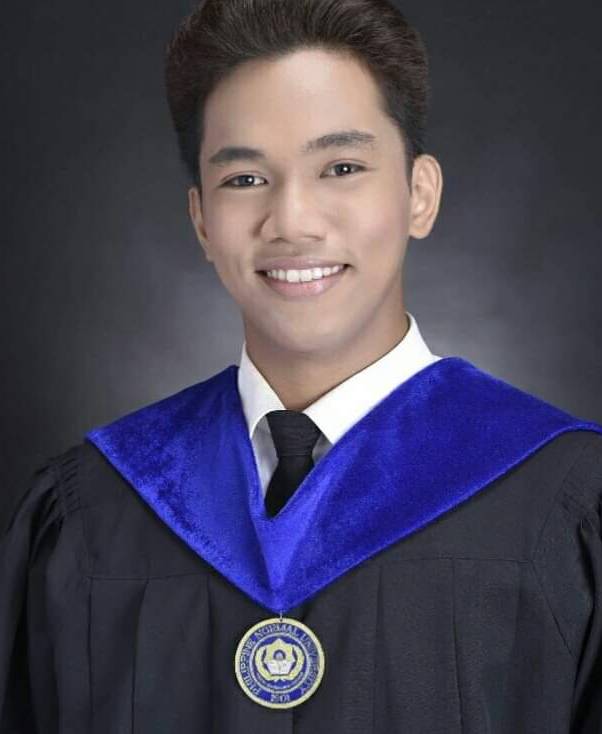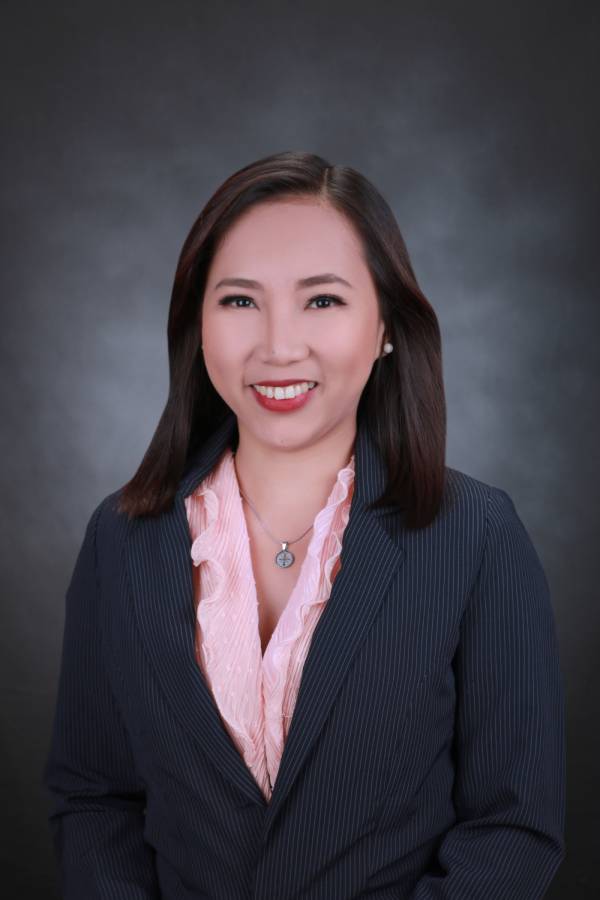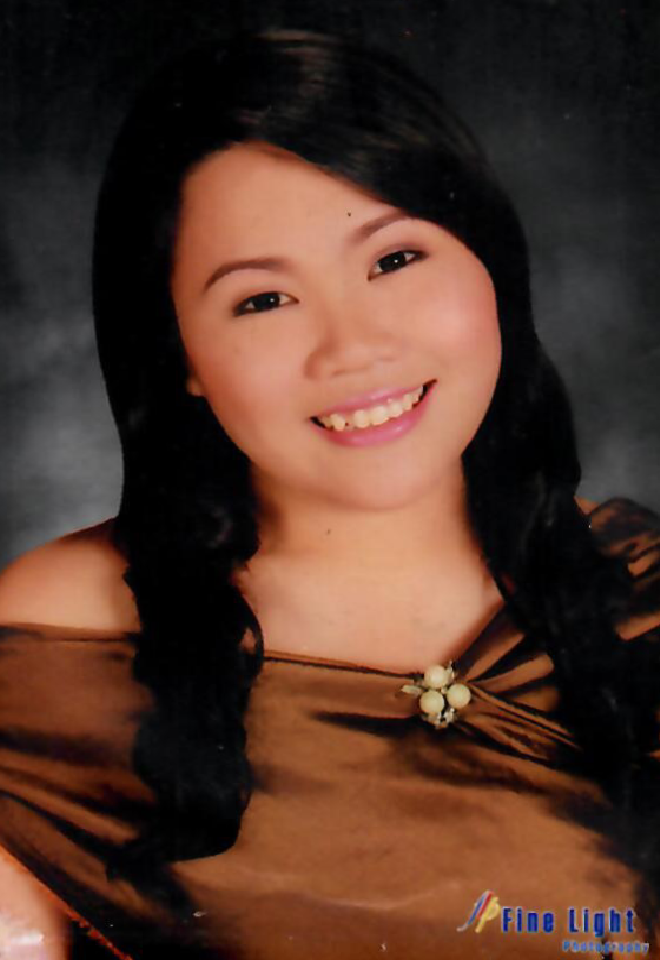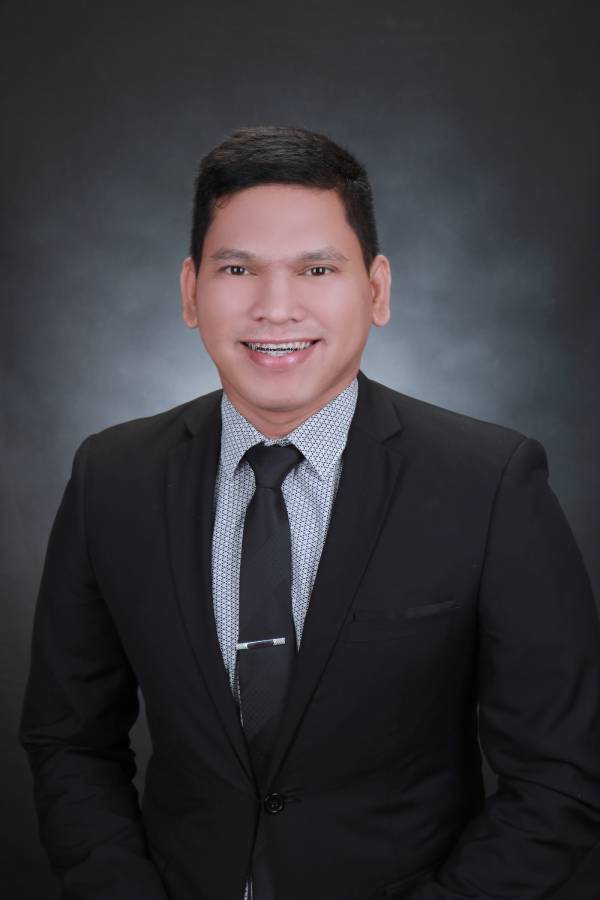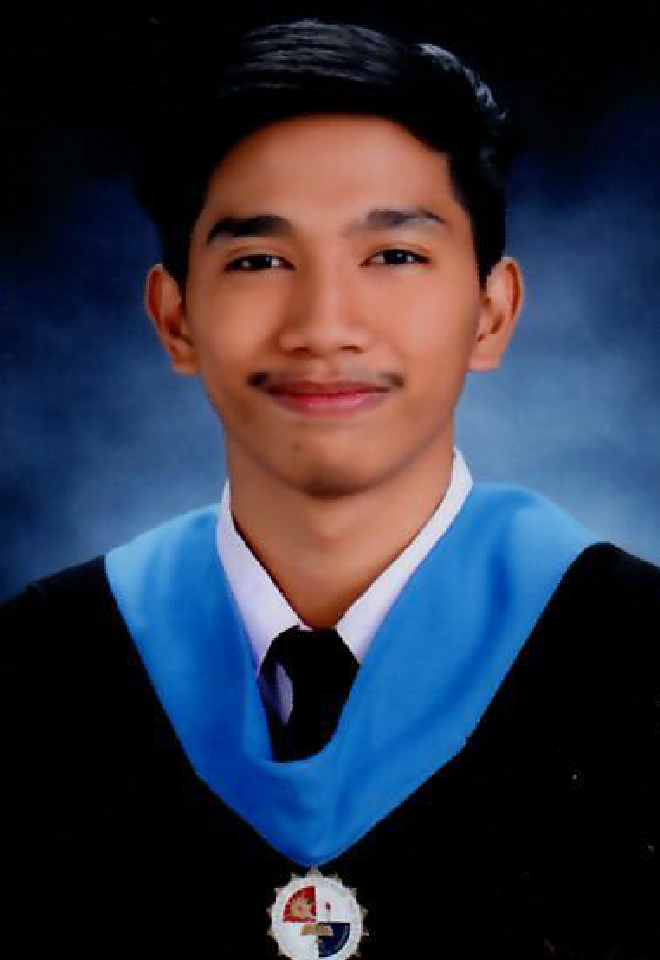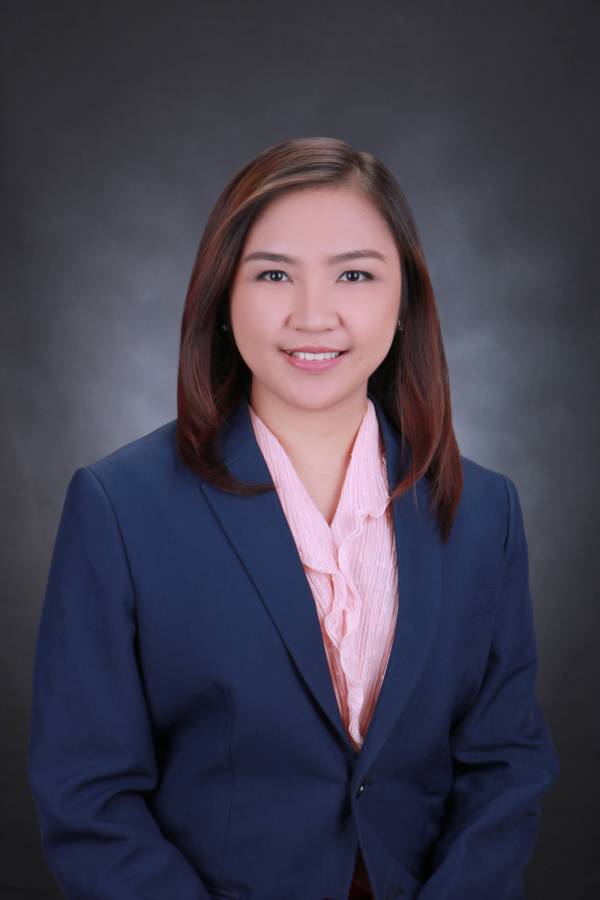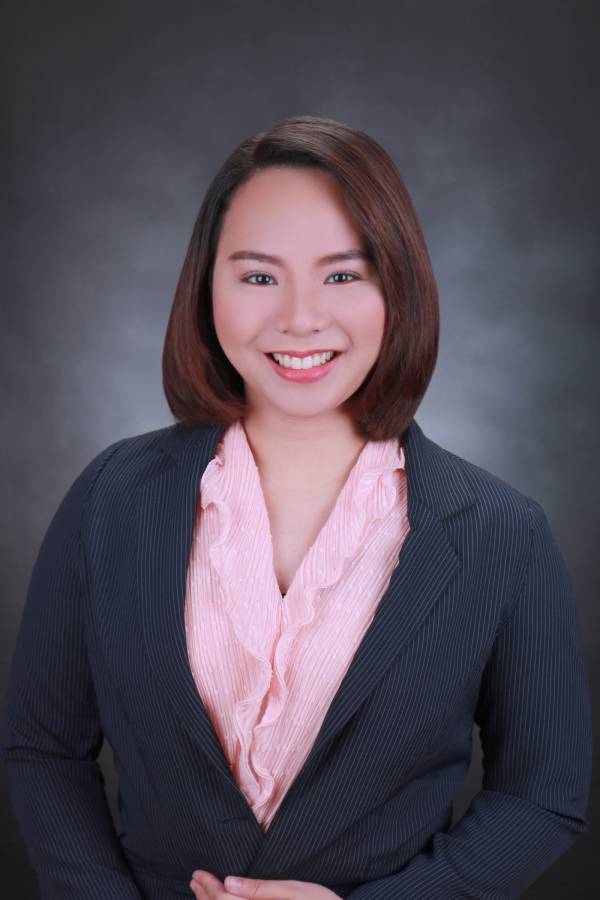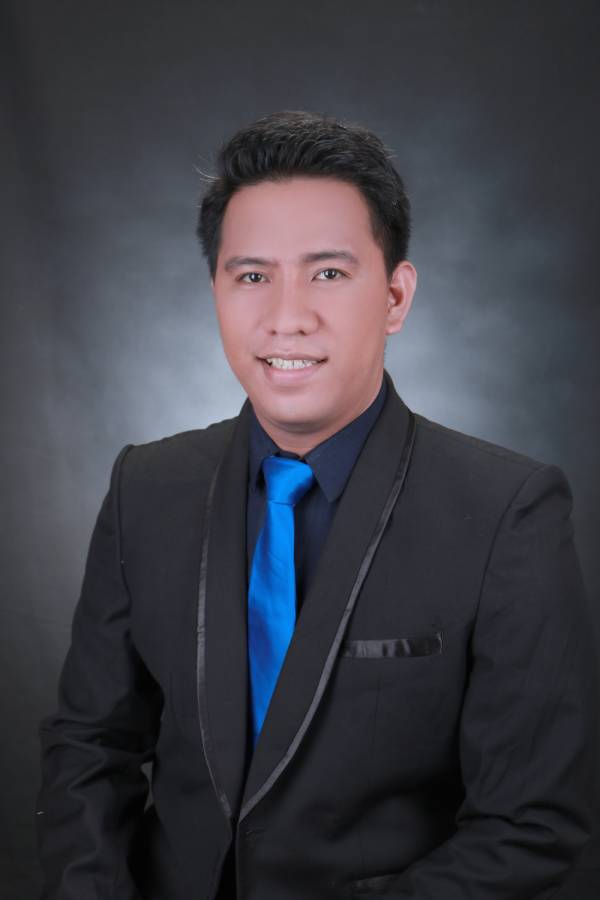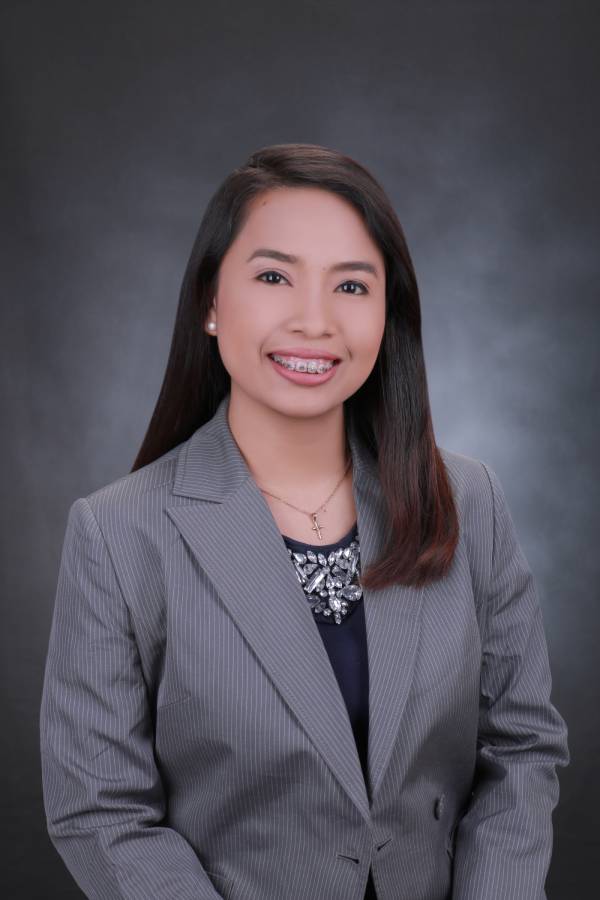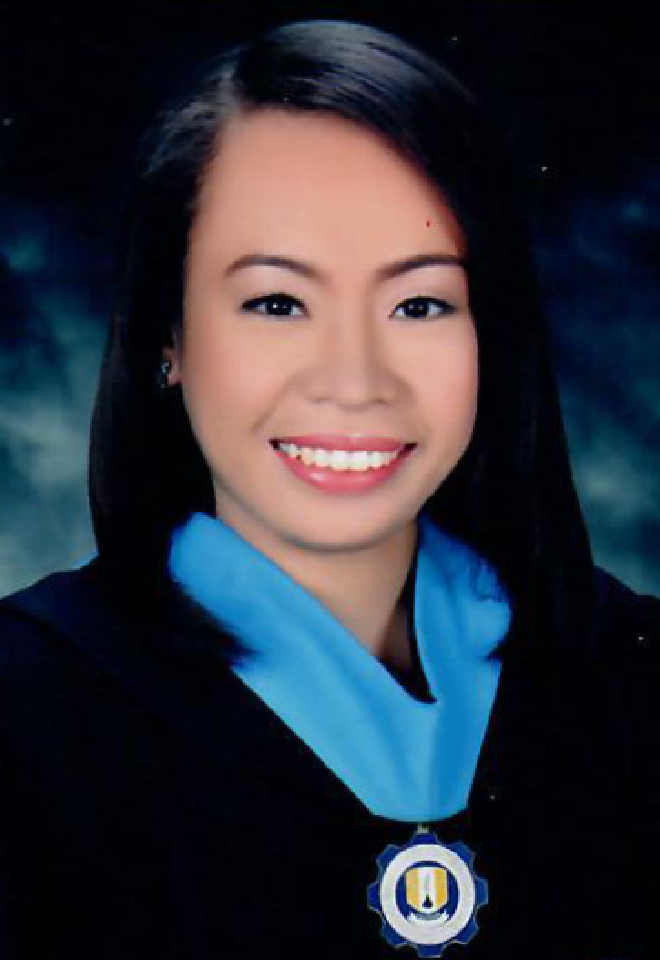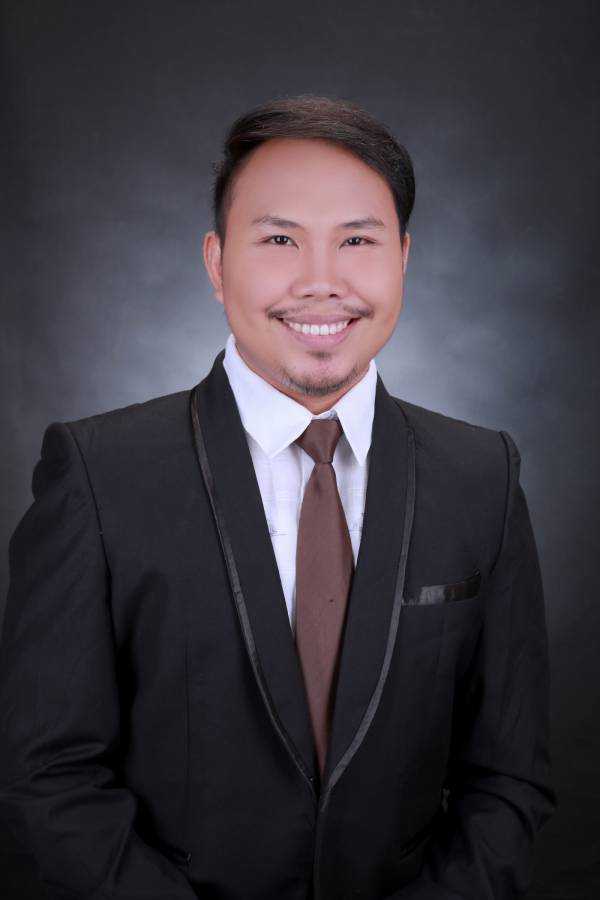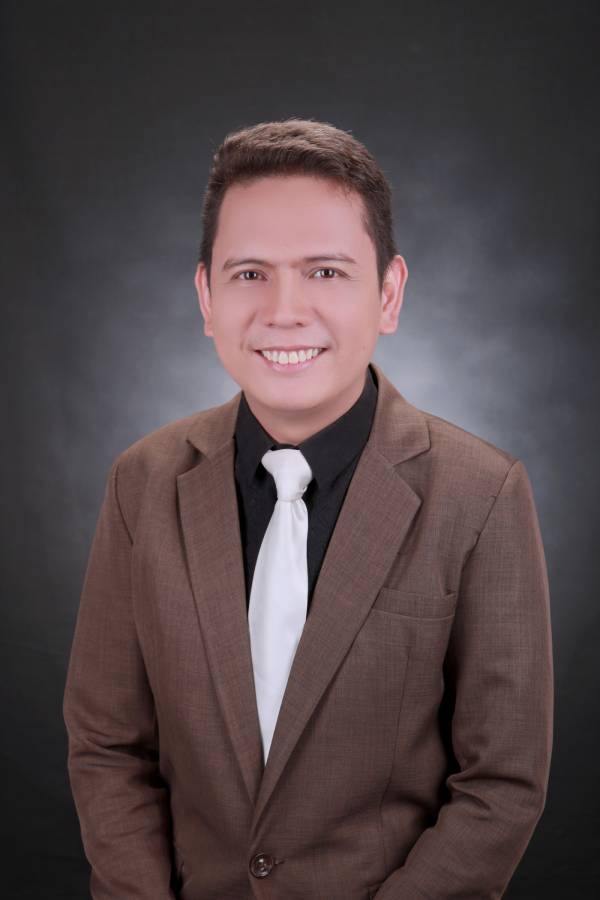This page is currently under construction.
This page is currently under construction.
This page is currently under construction.
This page is currently under construction.
History of San Beda UniversitySan Beda University opened in 1901 as El Colegio de San Beda with 212 students under Fr. Silvestre Jofre as rector, offering the equivalent of today’s basic education and the first two-years of a college Bachelor of Arts degree. Through a succession of 22 determined rectors – 15 Spaniards, one American, and six Filipinos - the school has successfully engaged every challenge and opportunity in its 12 decades of Philippine presence. It was steered to university status, with more than 9,000 students in 2018, by Fr. Aloysius Maranan, the last rector-president as college and the first as university.
|
Benedictine Pioneers in the PhilippinesThe Benedictines arrived in the Philippines near the close of the 19th century.
They came to do missionary and parish work in parishes established by the Jesuits in Surigao. Abbot Jose Deas y Villar led a delegation of eight priests and six brothers from the Abbey of Montserrat, Spain. They arrived in Manila on the morning of 12 September 1895 and stayed temporarily in Sta. Ana with the community of the Society of Jesus. On 25 April 1896, the monks were able of acquire a house at Balmes St., Tanduay. This would be their home base in Manila.
|
|
|
||||
|
On 24 January 1906, El Colegio de San Beda became affiliated with the University of Santo Tomas which recognized all courses offered. Bedan graduates could pursue further studies at UST without need of a qualifying exam.
In 1910, San Beda was granted recognition by the colonial government and the authority to confer the degree of Bachelor of Arts and diplomas for the Elementary and High School. This year also marked the gradual transition of the language of instruction from Spanish to English as initiated by then rector Fr. Anselmo Ma. Catalan.
The first college seal was designed in 1916 by Dom Jesus Y. Mercado. It was based on the medal of St. Benedict. “COLEGIO DE SAN BEDA” was inscribed on the circumference instead of the original medal’s Latin initials. The red and white flag of the Confradia del Niño Jesus de Praga was superimposed at the center with the initials R.C. (Roman Catholic). While the school colors of red and white had already made its appearance, it would only be in 1940 that Fr. Sergio Martinez, athletic moderator, would adopt the Red Lion as the symbol for the Bedan fighting spirit.
By 1918, the American influence had become widespread enough to cause the dominance of the English language in teaching, as well as the change in name from “El Colegio de San Beda” to San Beda College.
Already prefiguring the future alumni heavyweights were these early years’ outstanding graduates - Major General Basilio Valdez (1903), Justice Sabino Padilla (1904), and Chief Justice Roberto Concepcion (1920).
|
|
|||||||||
The Great Depression and the American BenedictinesThe growth spurt in the 1920’s was blunted by the 1930’s “Big Crash”, with the wealth base of the economic elite swiftly eroded by the crumbling world economy. Rector Fr. Bernardo Lopez acted decisively to manage the crisis as the previous decade’s sterling growth was gained at the cost of heavy loans. Severe austerity measures were put in place while simultaneously expanding the enrollment base.
In genuine Christian sensitivity to the economic blight of the parents, tuition and other fees were reduced. “It was a great moral act, an act of compassion”, a parent remembered. The financially difficult times shaped a cadre of captains of industry – the Cabarrus brothers, the Delgados, the Nietos, Antonio Roxas Chua, Leocadio de Asis, and others.
The extended decline in the world economy and the high financial cost of the expansion of the campus combined to severely strain the purse of San Beda. Vital assistance was extended by the Benedictines from the U.S.A. who sent a delegation of three to Manila. One of them, Fr. Boniface Axtman was appointed rector in 1941. He is the sole American rector in the annals of San Beda.
Abbot Alcuin Deutsch, president of the Benedictine St. John’s University in Minnesota, was appointed apostolic administrator of the Manila Benedictine community and of San Beda.
|
World War II and the Bedan HeroesWhatever hopes and plans there were for this era went up in smoke as the Second World War broke out. With the Japanese attack on Pearl Harbor on 8 December 1941, the Philippines was immediately drawn into the conflict. The Filipino youth, many Bedans among them, trooped to mobilization centers. War survivors had many accounts of individual heroism by Bedans, identified through their tribal badge of Bedan and Red Lion. Tony de Gracia (Class of 1941) told of Bedan “units” who stayed together and fought in groups. One such unit never surrendered and held their position until enemy infantry overran them.
Three days after the attack at Pearl Harbor, San Beda was used by the American Quartermaster Corps until they evacuated to Bataan. When the Japanese Imperial Army entered Manila, San Beda’s main building was again used as headquarters and depot. The three American priests were hauled to the concentration camps in Los Baños, Laguna. They avoided a planned massacre and survived. By the war’s end, the campus was used by the 60th U.S. Army Field Hospital. St Bede’s Hall was not damaged as the artillery fire was aimed districts south of the Pasig River.
After an interruption in the early months of the war, San Beda was able to resume operations in July 1942, under restrictive and dangerous conditions. Financial survival was made possible not from tuition fees but from entrepreneurial activities.
Even in tough wartime conditions, San Beda was able to celebrate the Pista ng Santo Niño de Praga with a solemn high mass in the Abbey Church, a candlelit procession, hymns and prayers.
|
|
||||||
The Den of Bedan LawyersFr. Sergio Martinez, rector only for one year, opened the College of Law in school year 1948-49. Founding Dean Atty. Feliciano Jover Ledesma ensured great success by recruiting a powerhouse faculty led by Roberto Concepcion, 1924 bar first placer and Chief Justice from 1966 to 1973, and Diosdado Macapagal, 1936 bar first placer and Philippine President from 1961 to 1965. A perfect 100% bar passing rate was achieved in 1952, ‘53, ’54, ’55, ’56, ’57, ’60, ’61. There have been eight first placers and dozens have landed in the top ten. Since its founding, there has been a steady stream of congressmen and senators, judges and justices, high level public and private executives. In 2016, a member of the Law Class of 1972, Rodrigo Duterte, was elected President of the Republic of the Philippines.
Elpidio Quirino, Philippine President from 1948 to 1953, remarked “The increasing number of Bedan alumni, in the public as well as in the private service, is eloquent proof of its success in instilling love of God and country in the minds and hearts of our young.” Then Vice-President Fernando Lopez echoed “In the annals of Christian education, the traditions of San Beda College are shining examples. This college has trained many of our national leaders. It has won an enviable reputation among the institutions of learning.”
Fifteen Bedans have been appointed to the Supreme Court - Chief Justice Roberto Concepcion, and fourteen Associate Justices: Florenz Regalado, Justo Torres, Romeo Callejo, Antonio Eduardo Nachura, Samuel Martires, Jose Mendoza, Noel Tijam, Bienvenido Reyes, Antonio Martinez, Jose Reyes, Mariano del Castillo, Ramon Paul Hernando, Mario Lopez, Samuel Gaerlan.”
In the 2019 Bar Exam, SBU had 190 passers, the most by any law school. The combined SBU Manila and SBC Alabang bar passers comprised 15% of the new lawyers.
|
Second Wave of Construction and Artistic FloweringA quarter century after the Mendiola campus opened, Abbot Celestine Gusi presided over the second construction wave and artistic flowering in San Beda. St. Benedict’s Hall was constructed and inaugurated in 1952. Covered basketball courts followed a year later. At St. Bede’s Hall, the Jubilee garden and fountain were built and an obelisk honoring the Bedan dead was erected. The Sabater garden and fountain was built at another wing. Five years after Abbot Gusi returned to Europe to take on the higher post of Abbot Visitator, another structure, St. Anselm’s Hall, was inaugurated, in 1963.
At the Abbey itself, the Roman garden with a rectangular center pond was created, an Abbey extension was built, a new ornate tabernacle was acquired, the tower housing the abbot’s room was constructed. The church was enlarged, and side aisles were built. A pipe organ was installed, and a marble altar of St. Bede was provided. A statue of The Good Shepherd was put in place in the landscaped garden.
|
The Filipino BenedictinesAbbot Gusi’s legacy is manifested not just through the physical improvements but is more importantly rooted in the fateful decision to Filipinize the abbey. The practice of bringing in monks from Spain was discontinued. The responsibility for recruiting Filipinos to receive the torch was first handed to Fr. Anselmo Sison, one of the first Filipino Benedictines. Among the early novices who survived the rigors of Benedictine formation were Fr. Celestine Say, who became the first Filipino prior, and Fr. Benito Afuang, who became the first Filipino principal.
The precarious dearth in vocations started two decades earlier. No novice had entered the cloister since the financially disastrous 1930’s. When Abbot Gusi’s group arrived in 1948, there were only eight Spanish priests left. The ranks were so depleted that Fr. Sergio Martinez held multiple posts – rector, high school principal, athletic moderator, etc…
Fr. Sylvestre Lacson, a prior and rector, referred to Abbot Gusi’s decision to recruit Filipinos as “a watershed in Benedictine evolution”. Those who passed the litmus test and withstood the vocation fallout in the years following the reforms promulgated by the Second Vatican Council guided the school’s progress through the turbulent political unrest of the 1960’s. Protest rallies were frequently held in front of San Beda’s gates.
The construction of a new water sports complex- training pool, diving pool, and pool bleachers, was started in in this period with assistance from the alumni and parents, and formally inaugurated on 2 February 1968.
A new Alma Mater Hymn was sung by the Class of 1969 during their graduation. The lyrics were written by Raul Roco, senator, with music by Fr. Benildus Maramba.
This was the period when Ninoy Aquino, Class of 1948, captured the nation’s imagination and was projected as the next national leader in elections set for 1973.
Batas Militar at DiktaduraBut Martial Law was imposed in 1972 and Ninoy Aquino, Ramon Mitra, Raul Roco, Rene Sauisag, and other Bedan leaders were arrested.
Under the dark years of the dictatorship, Rectors Fr. Bernardo Perez, Fr. Emmanuel Balcruz, and Fr. Sylvestre Lacson ably kept the school on even keel in the face of constant monitoring, pressure, and threats by government agencies. Priests criticized the dictatorship through homilies. Students and alumni attacked the dictator through protest rallies that occasionally involved cocktails with a Russian name. A number joined the underground resistance in the fight for freedom and basic rights; many were arrested. Among them was a Benedictine monk, Carlos Tayag, who was never able to return to the cloister.
The office of the The Bedan, the school paper, doubled as secret headquarters for the leaders of student activism. On the spiritual side, the Peace Retreat Movement started. Leading the program were Fr. Bellarmine Baltasar, who would become rector of Alabang, and Fr. Andres Formilleza, who would become abbot in 1989.
Benedictine Abbey School in Alabang opened in 1972, offering Grade School and High School. It is now named San Beda College Alabang, offering education up to graduate level. In 1981, the Monastery of the Transfiguration was founded in Malaybalay, Bukidon with Abbot Eduardo Africa as superior.
On 21 August 1983, Bedan Ninoy Aquino was assassinated, and the country was plunged in turmoil. Bedans participated in all sorts of protest actions attacking the violent abuse of power and the plunder of the country’s coffers. Ninoy’s hearse passed streets lined by two million people in a stinging rebuke to the dictator.
To honor Aquino, The Bedan published a special issue. A Holy Mass, with the widow and future president Corazon Aquino in attendance, was celebrated in the abbey church by Fr. Sylvestre Lacson, Ninoy’s high school classmate. The protests culminated in the 1986 People Power Revolution.
The first St. Placid’s Hall, which housed the medical-dental clinic and the bookstore, was completed on 1976. The athletics/scouting building was blessed in 1982. An extension was built on St. Anselm’s Hall, above the existing grandstand, also in 1982.
|
|
|||||||
The New MillenniumFr. Anscar Chupungco became rector-president from 2001, San Beda’s centenary, to 2007. This was also the year that San Beda was granted the five-year full autonomy and administrative deregulation by the Commission on Higher Education. More undergraduate degree programs were offered in the College of Arts and Sciences, where females were accepted beginning in 2003.
In 2001, the Graduate School of Business opened, and the College of Law received the Model Law Library Award given by the Supreme Court. The red toga was adopted in 2002. A new Athlete’s Quarters and the St. Joseph Physical Plant Building were constructed.
The College of Medicine graduates first exceeded the national licensure exams average rating in February 2012 with an 84% rating for first time takers. By 2013, overall rating, including irregulars hit 89% in2013 when Marie Angelie So placed fourth in the licensure exams. In 2014, Grace Arviola earned third place and the first time takers’ ratings breached the 90% mark. The student population crossed the 600 mark in 2012.
The College of Nursing was rated third best in the country during the December 2005 board exams when Pearl Austria Martinez earned the eighth highest mark. It has consistently exceeded the national passing average and obtained a class passing mark of 100% in 2016, ’17, ’18. So far, five graduates have landed in the top ten places in the licensure exams.
The Integrated Basic Education (Grade School and High School) were transferred in 2004 to Taytay, Rizal, where girls were accepted. The first doctoral degree, Doctor of Liturgy was conferred in 2006. In 2007, the San Beda College Museum was inaugurated.
St. Placid Sports Center, the training den of the fabled Red Lions basketball team, was constructed in 2002 then repaired and renovated in 2010. Co-named as the Don Luis Go Sy Memorial Center, it houses the Robert Coyiuto, Jr. Gymnasium and the Manuel V. Pangilinan Gymnasium.
The Montserrat Center for Religious Formation was inaugurated in December 2011 to better serve the need of the Bedans of Manila, Rizal, and Muntinglupa for spiritual retreats.
A sculpture of St. Benedict created by National Artist Napoleon Abueva was installed at the Jubilee garden in 2008 and one of St. Bede by Dionas Roces was installed in 2018.
|
University Status |
The Making of San Beda as University
|
|||||||||||||||||||||||||||||||||||||||||||||||||||||||||||||||||||||||||||||||||||||||||||||||||||||||||||||||||||||||||||||||||||||||||||||||||||||||||||||||||||||||||||||||||||||||
- Fully Human
- Wholly Christian
- Truly Filipino
- Globally Competitive
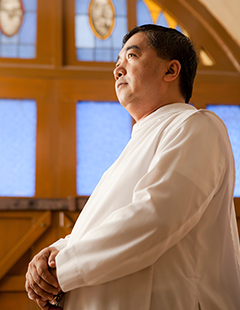
- Faith (Fides)
- Knowledge (Scientia)
- Virtue (Virtus)
- Study
- Community
- Pursuit of Peace
Our Educational Vision for 2028
San Beda University envisions itself as a distinguished academic community that transforms its members to become exemplary servant-leaders responsive and ethical researchers, conscientious stewards of creation and advocates of peace thereby making them fully human, wholly Christian, truly Filipino, and globally competitive.
Our Enduring Mission
San Beda University is a community of scholars that integrates faith (fides), knowledge (scientia) and virtue (virtus) in its educational mission, innovate research, developmental services, and global partnerships in order to build a just, humane and compassionate society founded on the core Benedictine values of prayer, work, and peace.
The Ten Hallmarks of Benedictine Education
LOVE of Christ and neighbor
It is this love that impels us in all that we do. It is love that makes us recognize each other and the community beyond San Beda University as an integral part of the human family.
PRAYER: a life marked by liturgy, lectio and mindfulness
The Abbatial Church is the center of San Beda University. From it the institution draws strength and takes it bearings. We are a reflective and active community. In all that we study, the institution returns to the Sacred Page to find in everything pointers to the Divine, signals of transcendence.
STABILITY: Commitment to the daily life of this place, its heritage and traditions
San Beda University is truly Filipino and consecrates itself to the flourishing of the nation. Students begin to serve the nation while they are continuously equipped to meet the challenges of the world.
CONVERSATIO: The way of formation and transformation
San Beda University responds meaningfully and in timely manner by listening to the cries of the poor and heeding the signs of the times.
OBEDIENCE: A commitment to listening and consequent action
San Beda University contributes to a well ordered society and to fidelity to the Constitution of the Republic and its laws, as well as to the precepts of the Church. It prepares its students to engage in dialogue, the principal requirements of which is the willingness to listen.
DISCIPLINE: A way toward learning and freedom
The disciplines calls for both intellectual and personal discipline. San Beda University forms students to be disciplined. And to hearken to discipline. It is the discipline that provides the fertile ground for freedom and wisdom.
HUMILITY: Knowledge of self in relation to God, to others and creation
San Beda University teaches student that wisdom begins with humility – that recognition of the basic indigence of the human condition. The humility that the University fosters is complete dependence on God who will always remain faithful
STEWARDSHIP: Responsible use of creation, culture and arts
San Beda University emphasizes to its students to be responsible: responsible for others, responsible in the use of the resources of earth, and recognizing in faith that everything comes from the benevolence of God.
HOSPITALITY: Openness to the other
San Beda University will always be welcoming, seeking ways to make others feel being part of the community, demonstrating empathy, and being open to diversity.
COMMUNITY: Call to serve the common good.
San Beda University is and will always be responsive to the demands good of all, setting as a priority at all times the just and equitable sharing of all in the richness with which God has touched our world.
Institutional Objectives
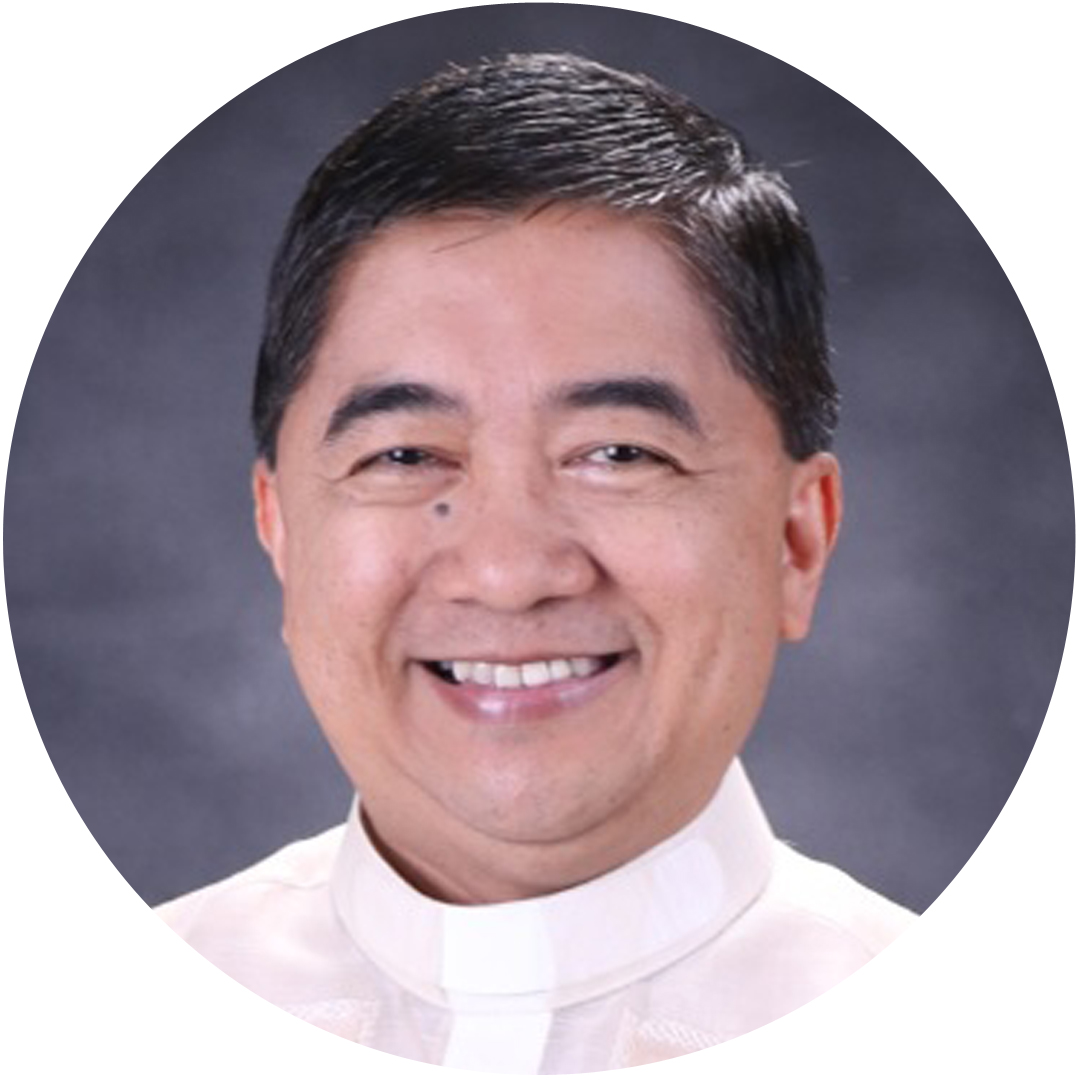

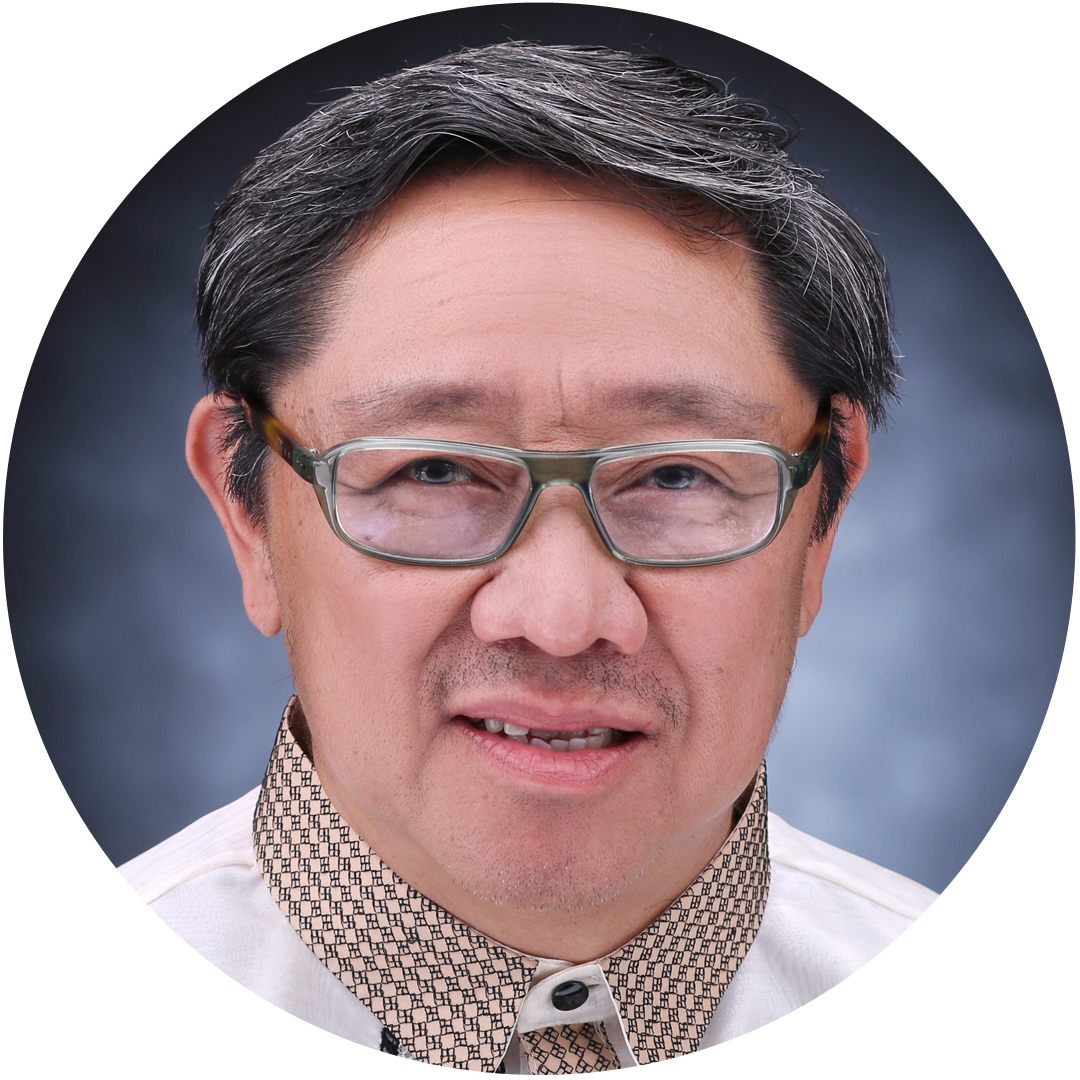
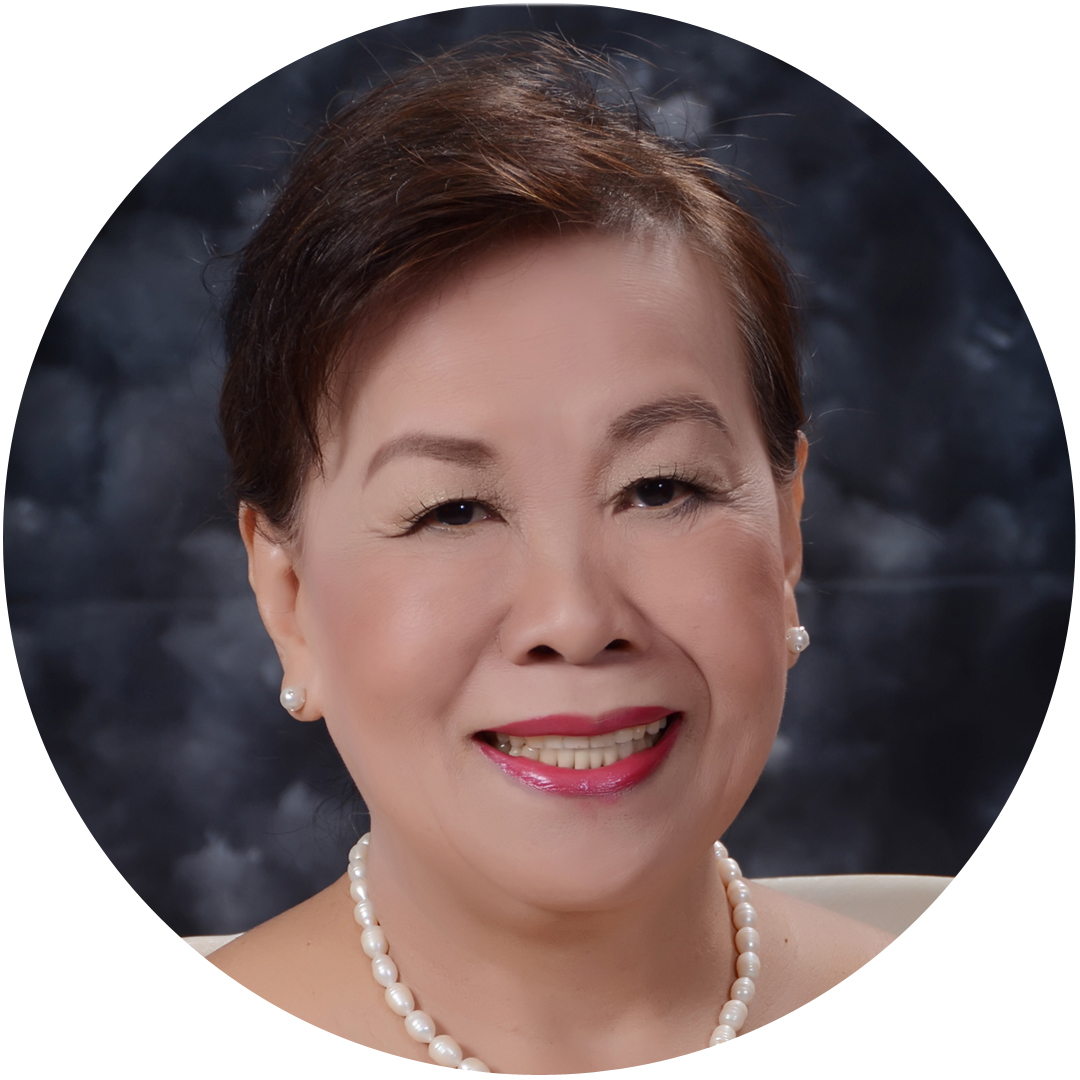
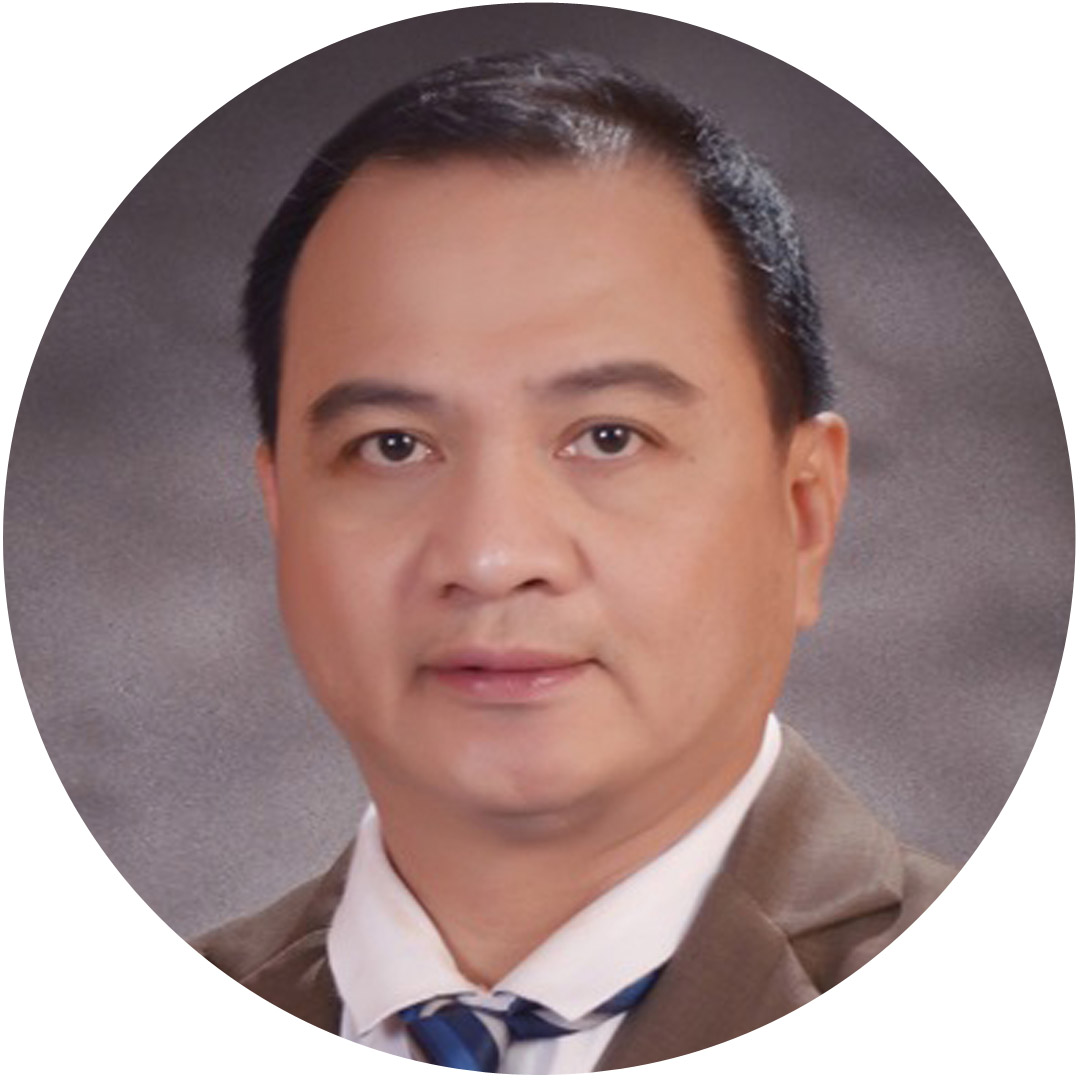
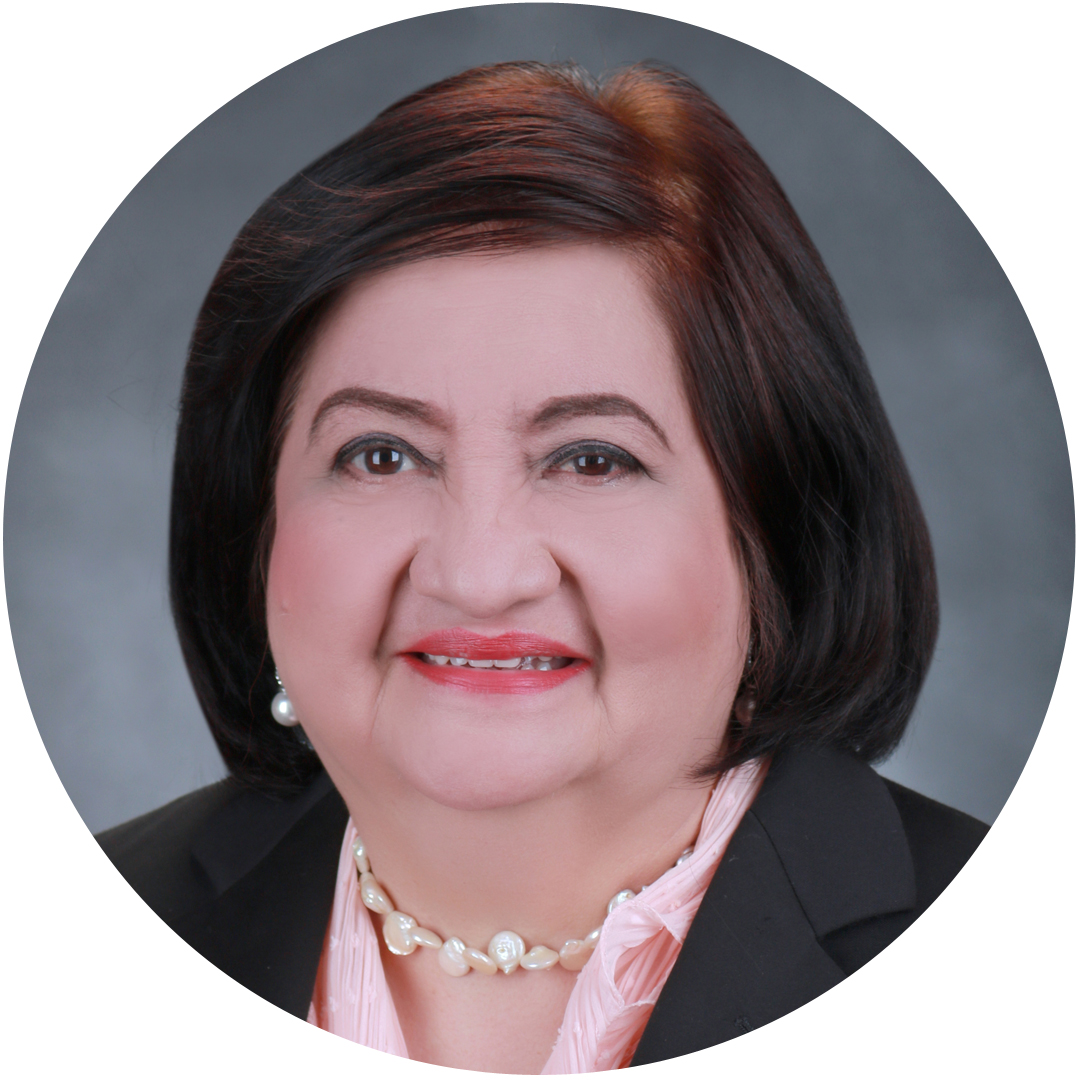
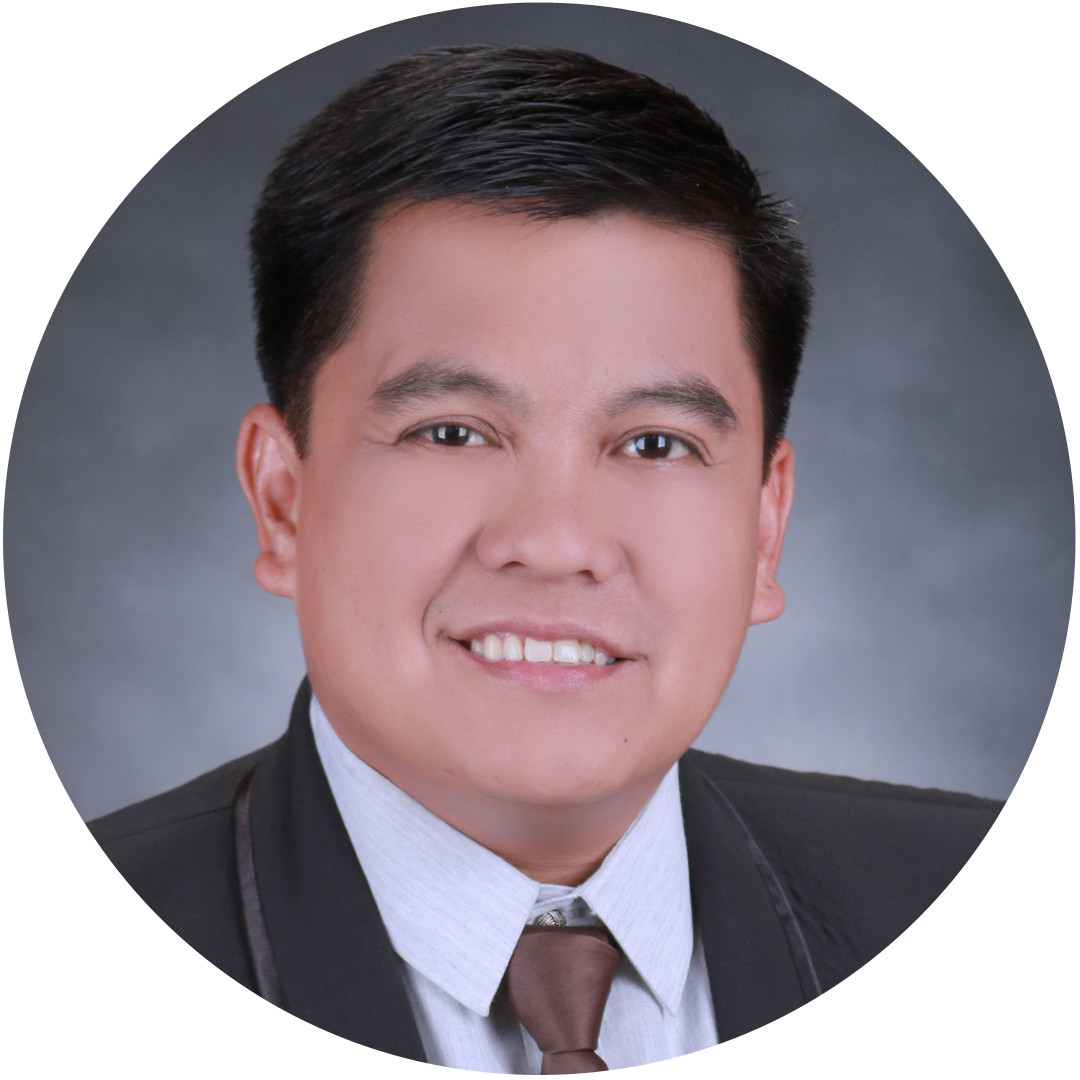

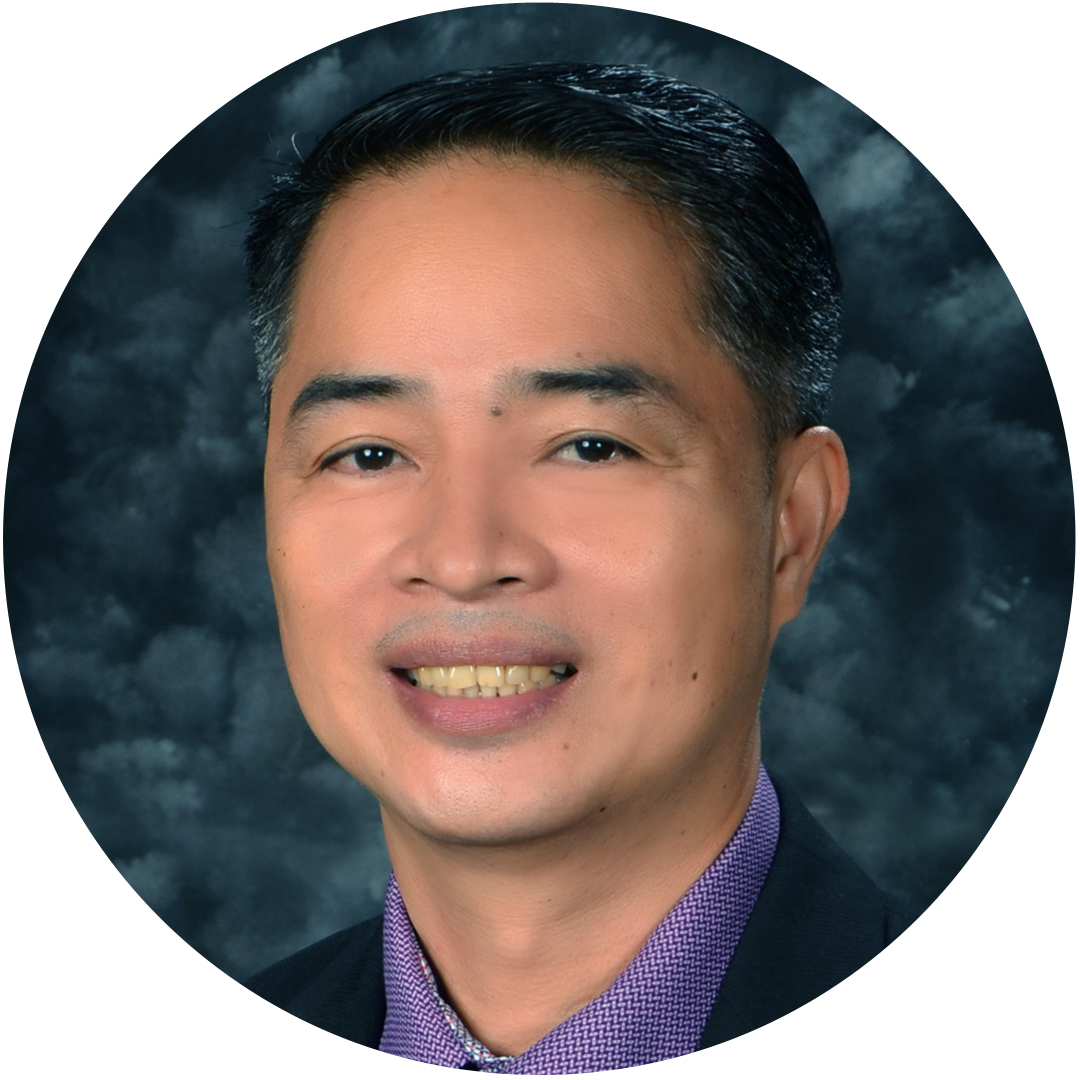
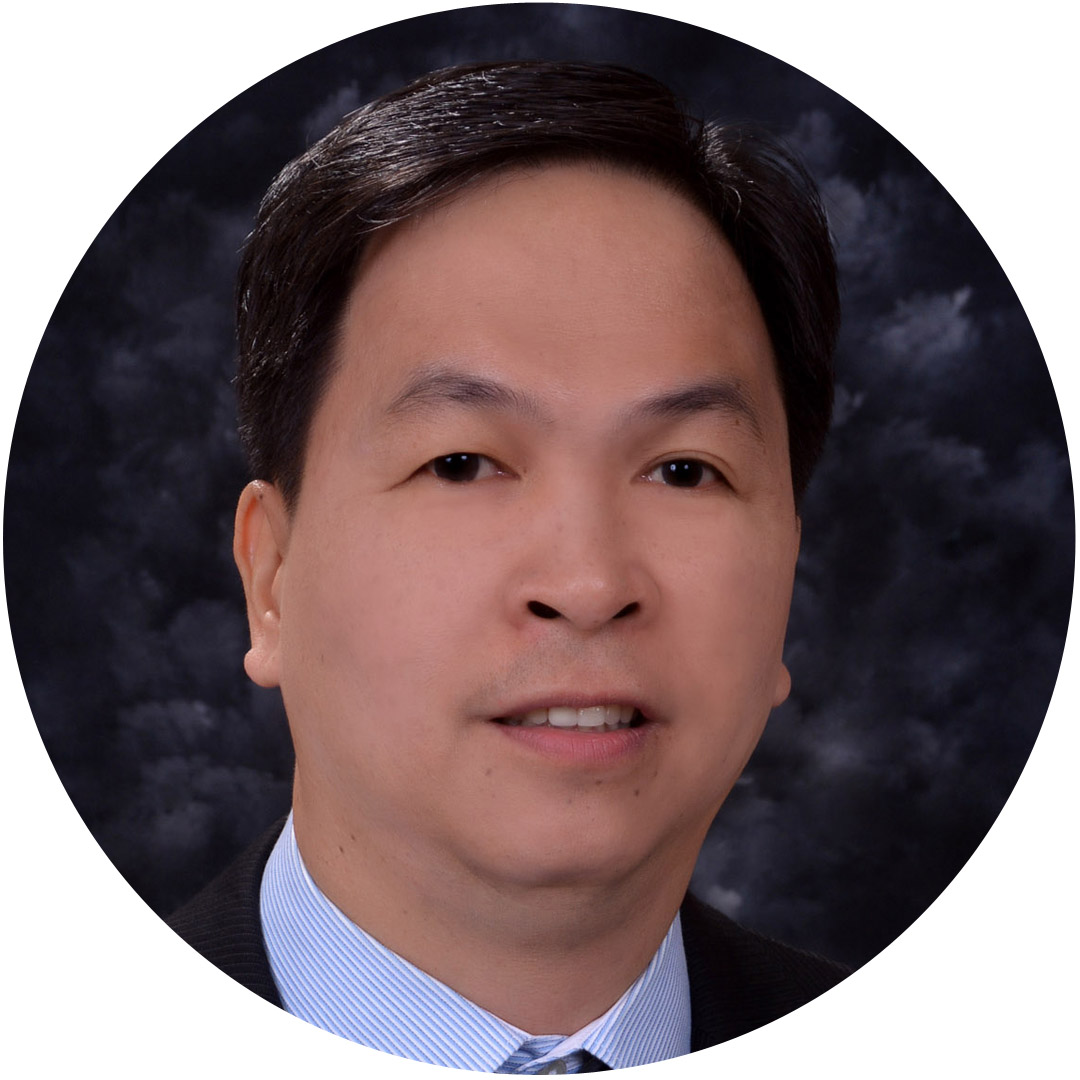
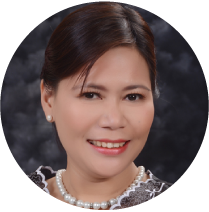
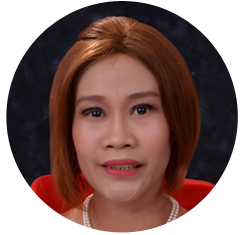
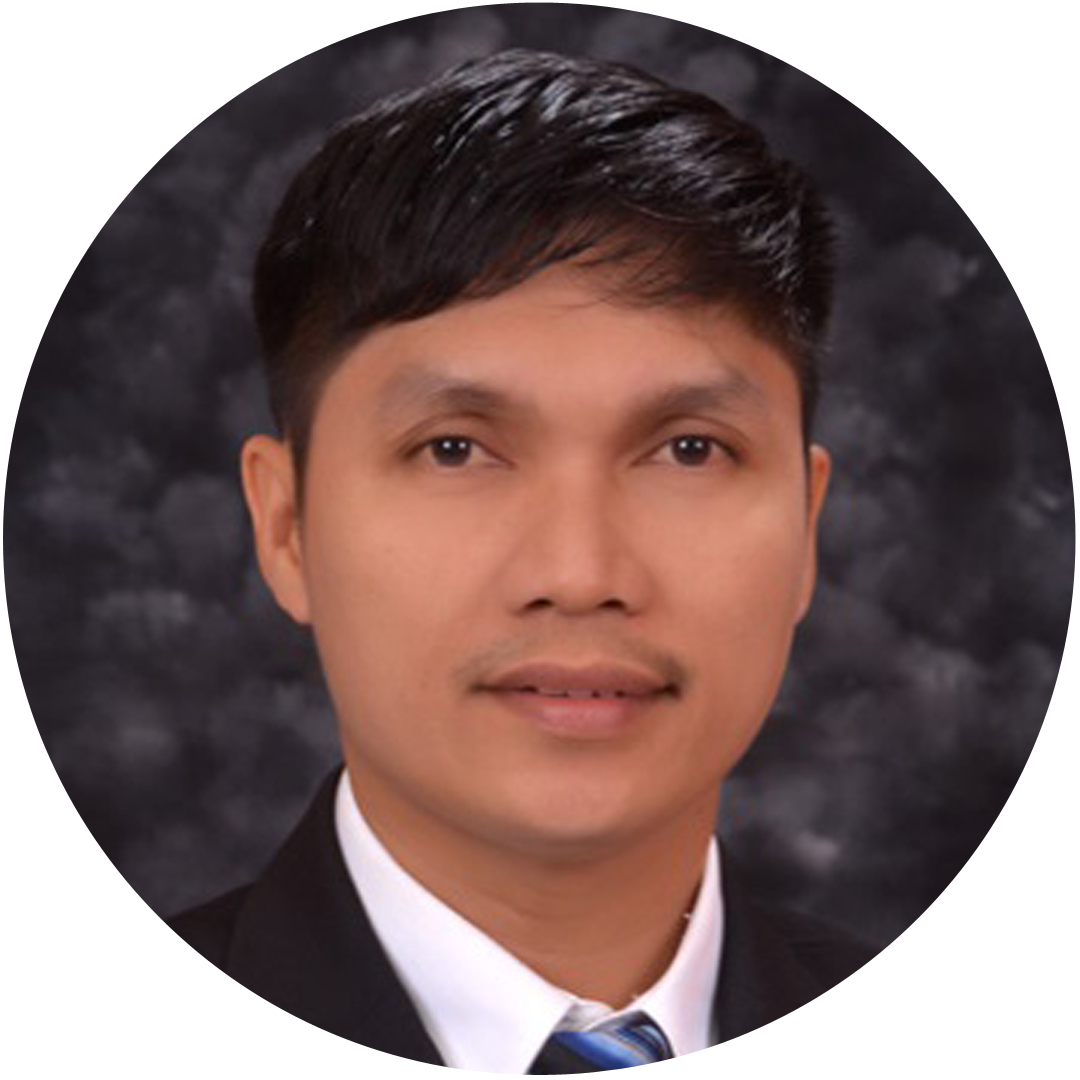
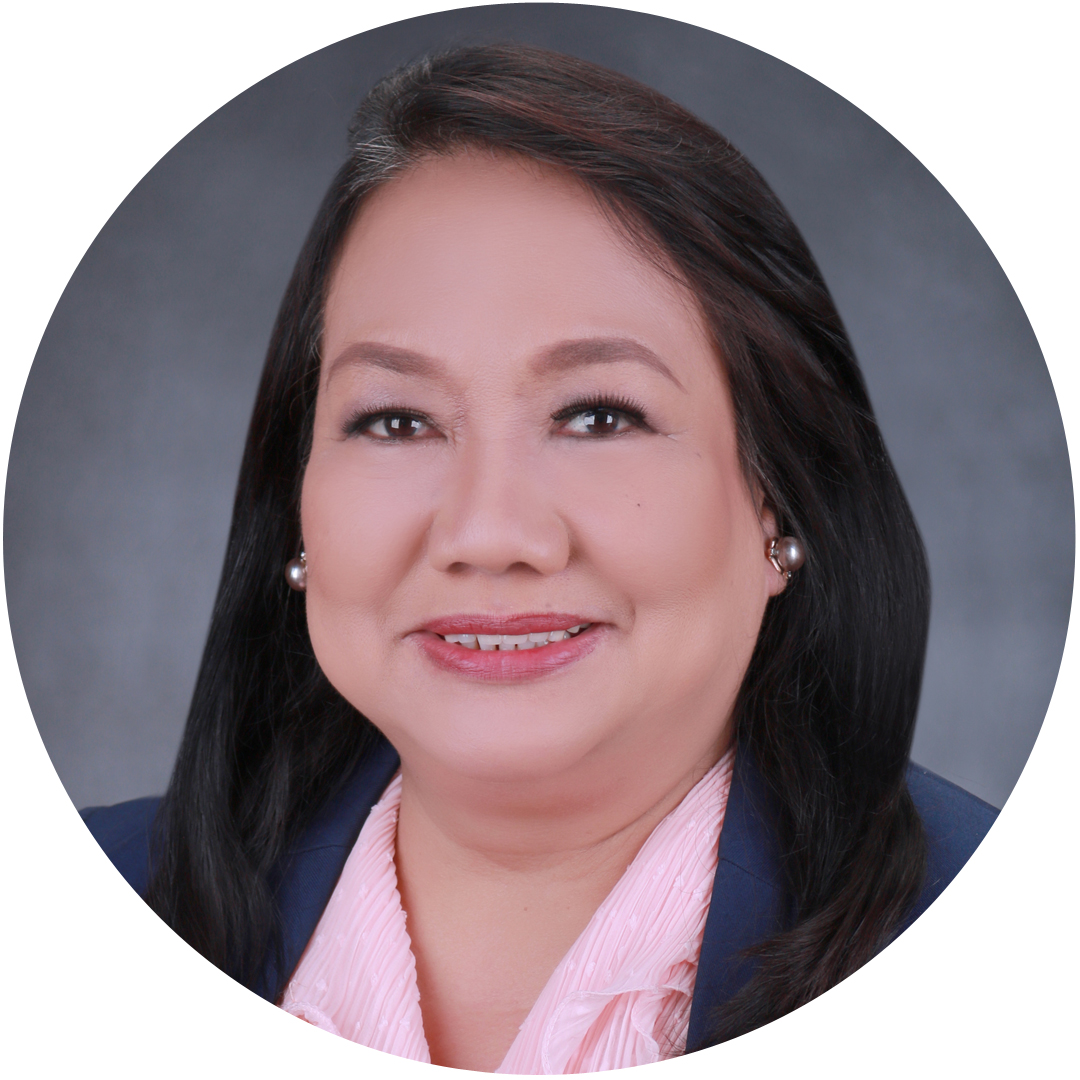
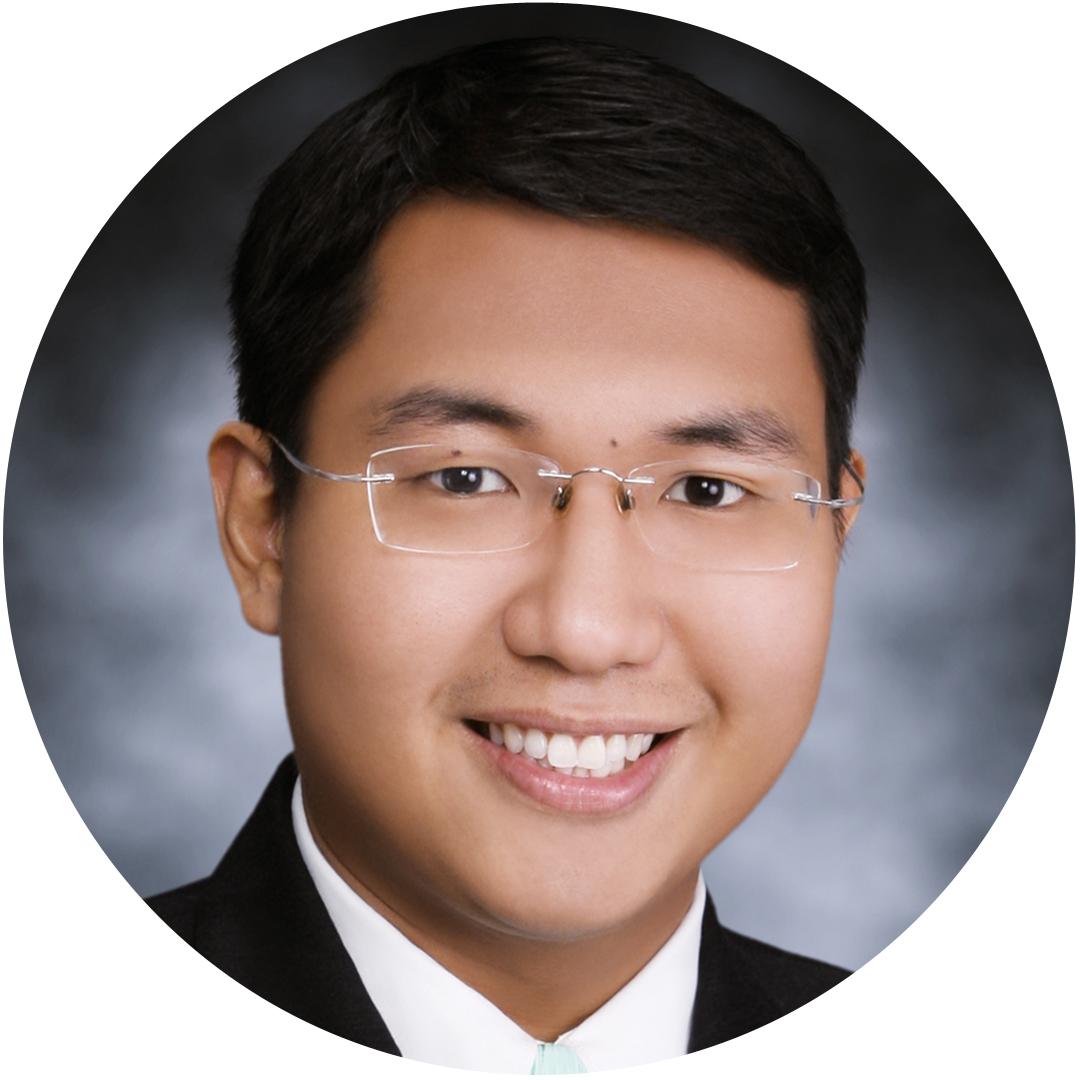



(Grade School and Junior High School)
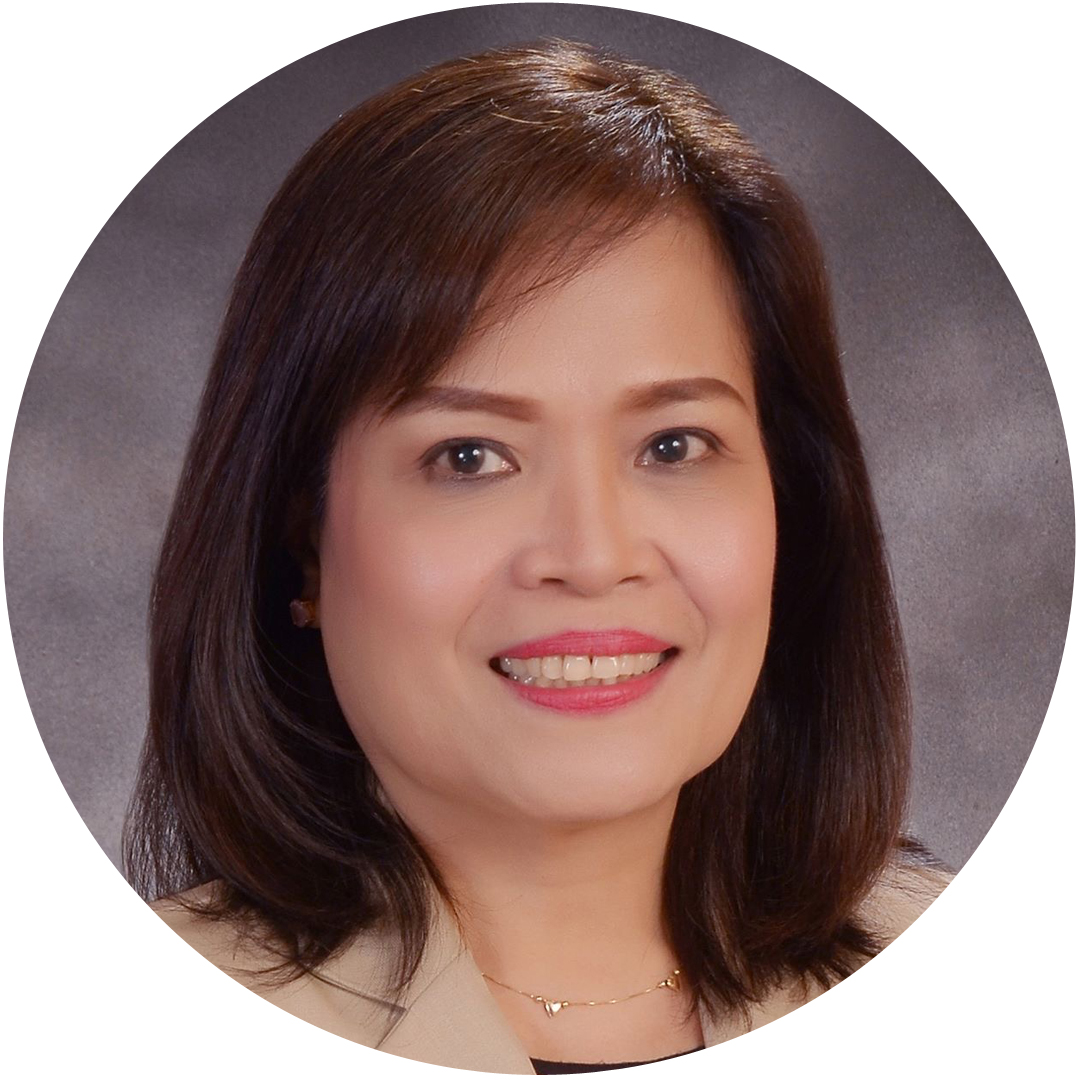
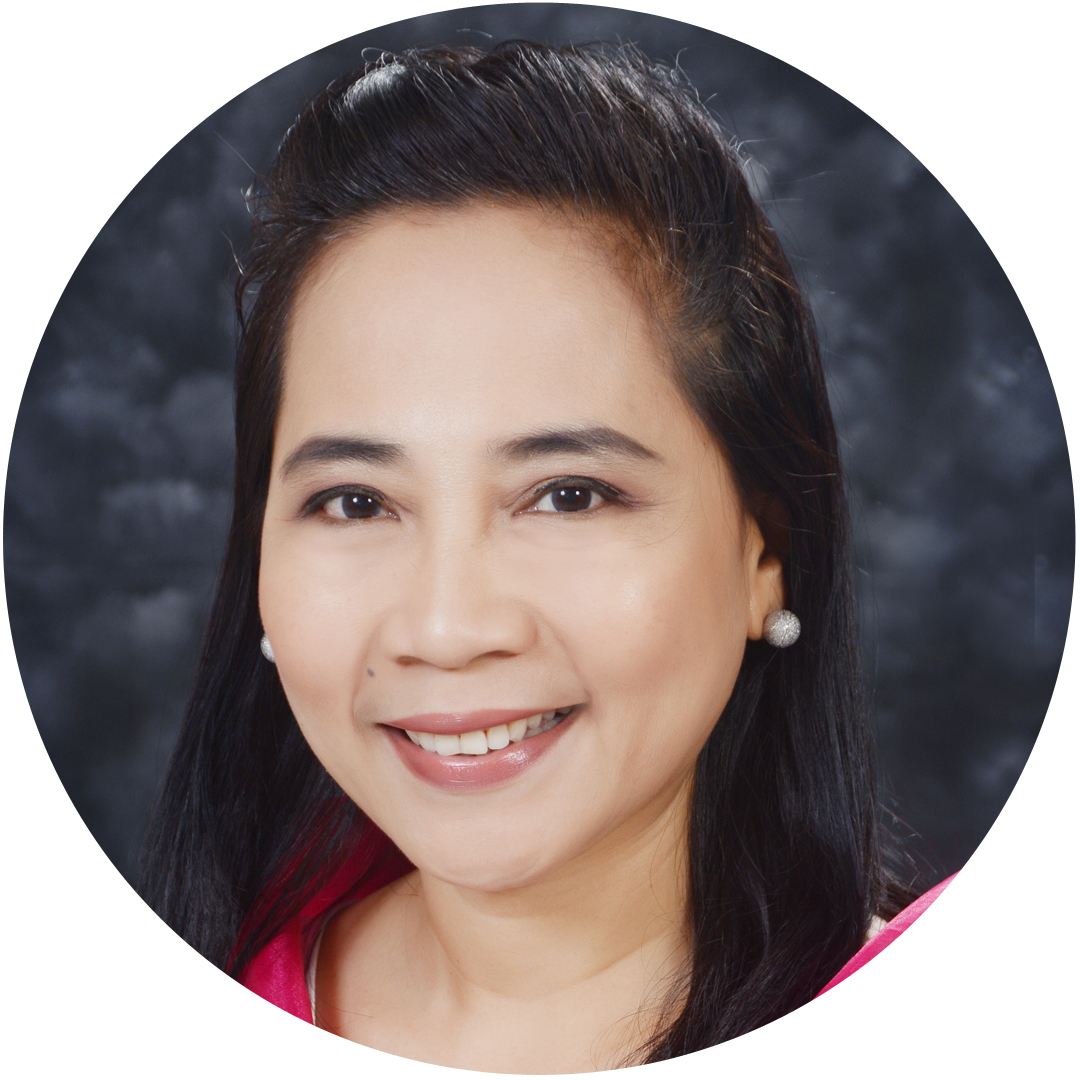
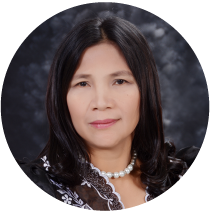
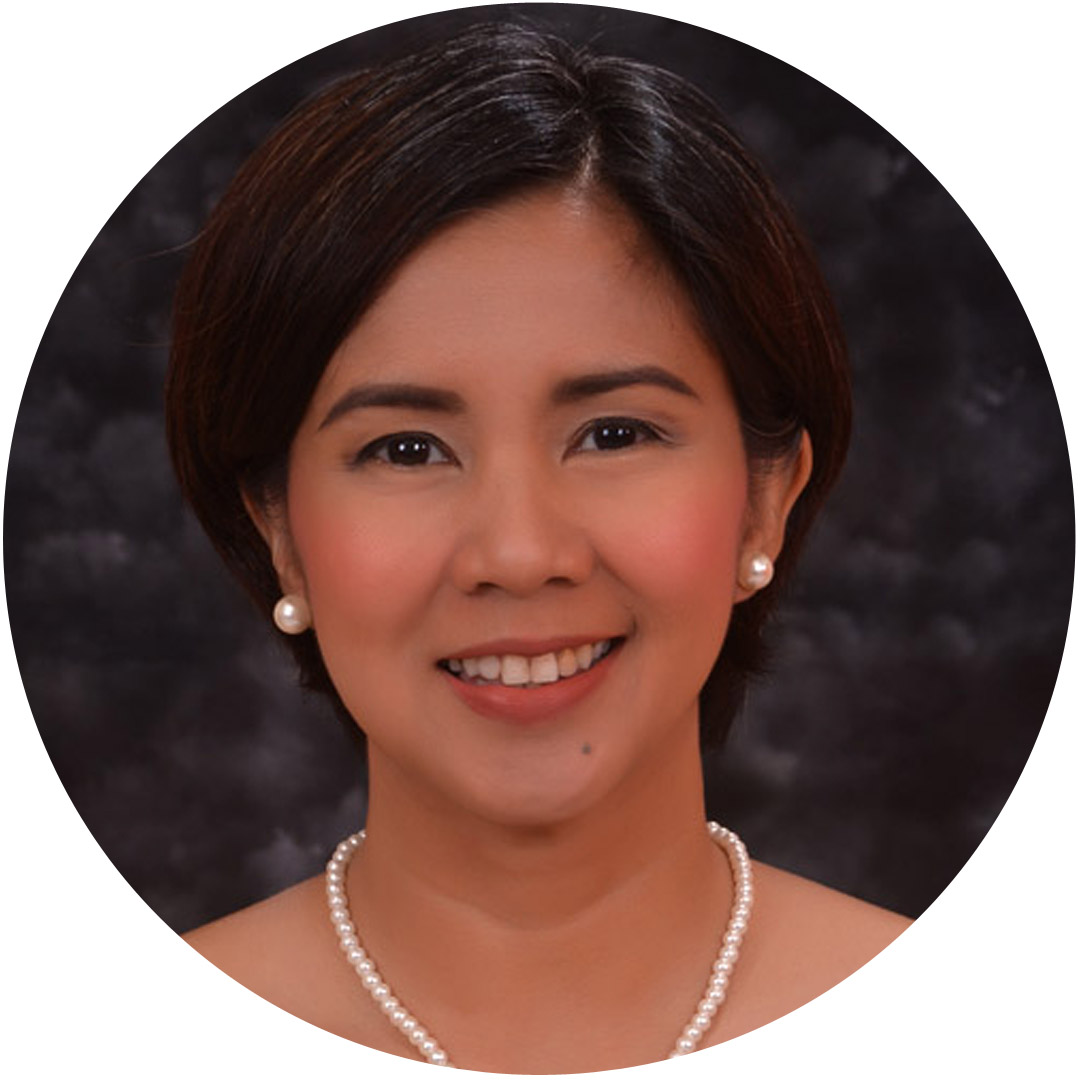
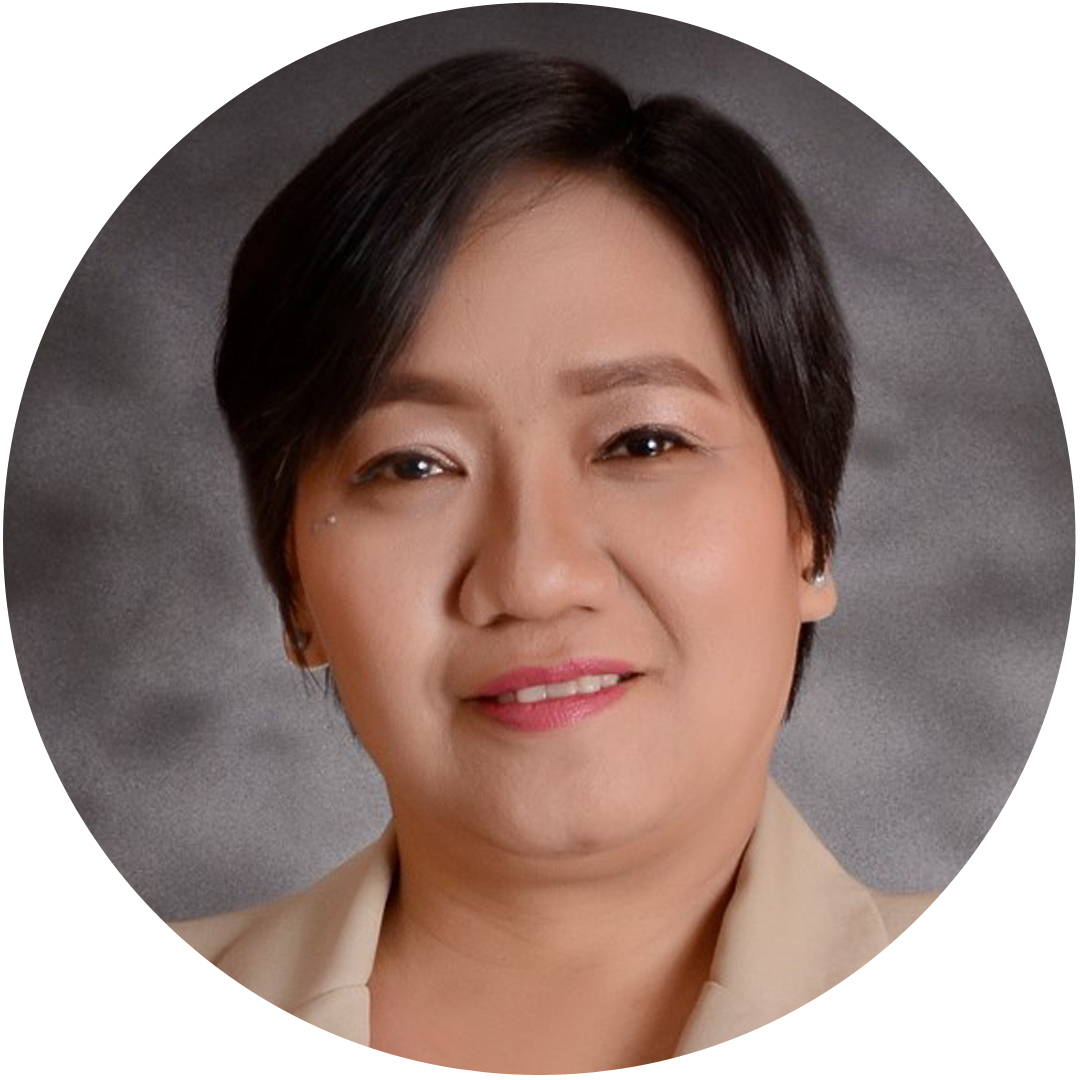
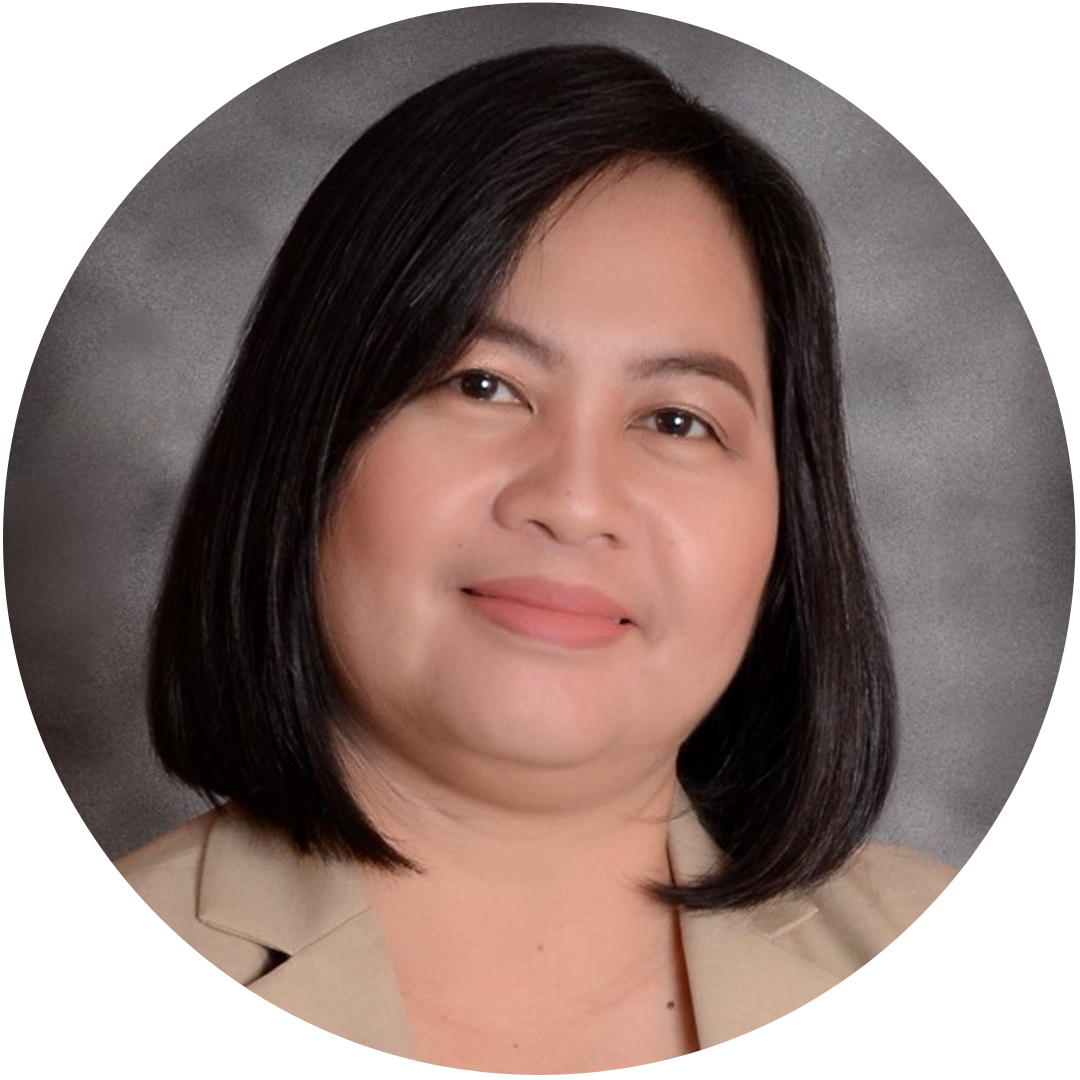
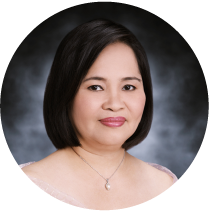
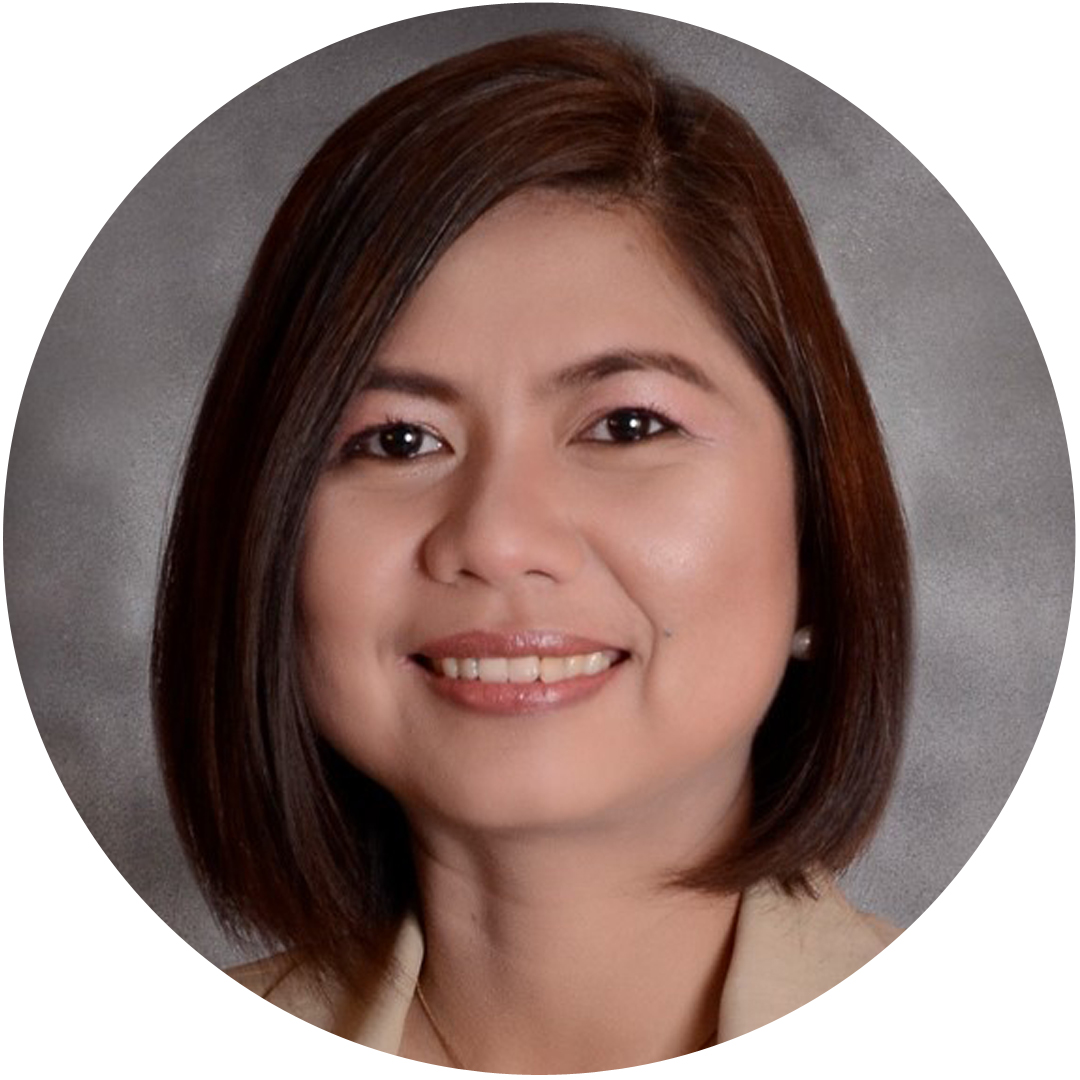

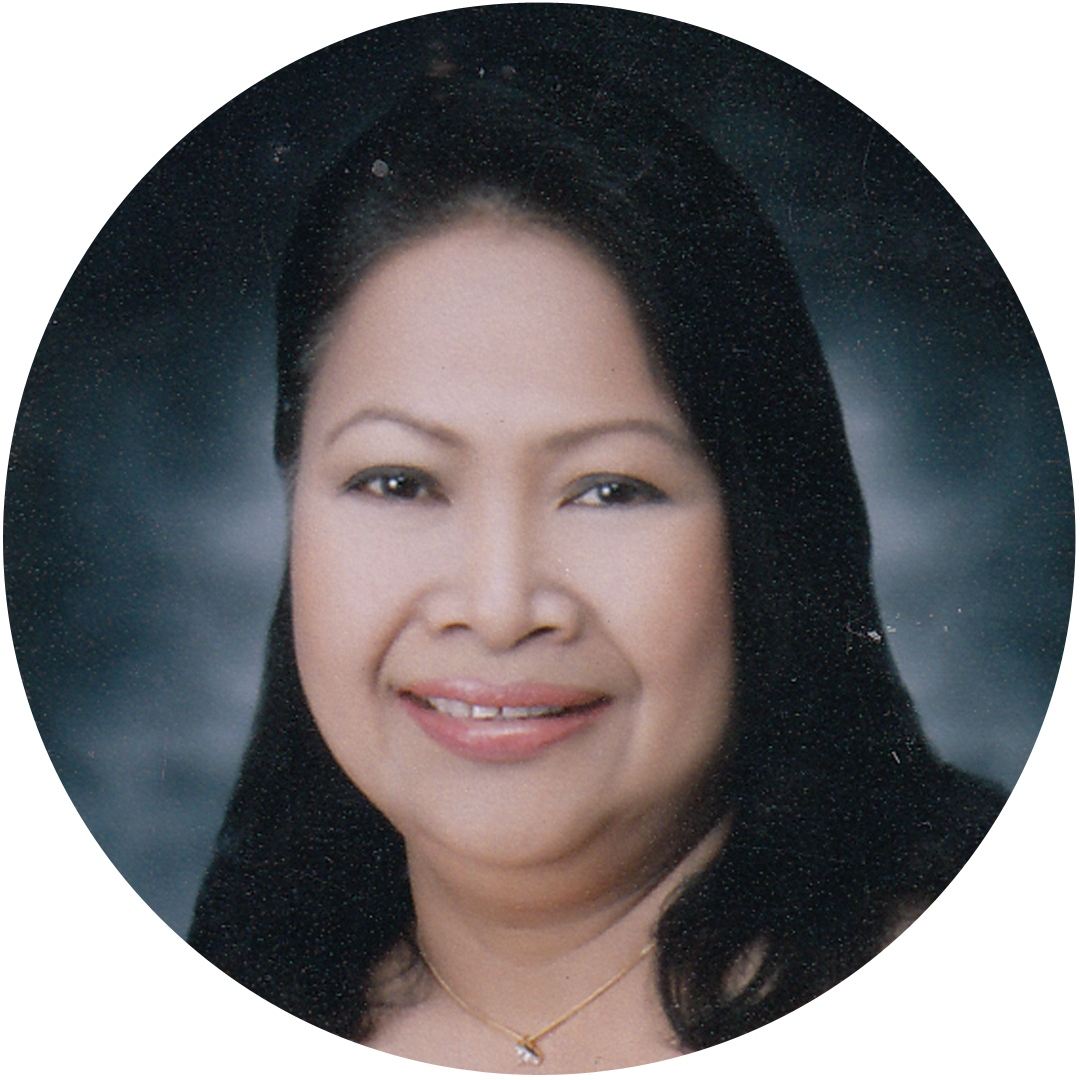
SHS RIZAL
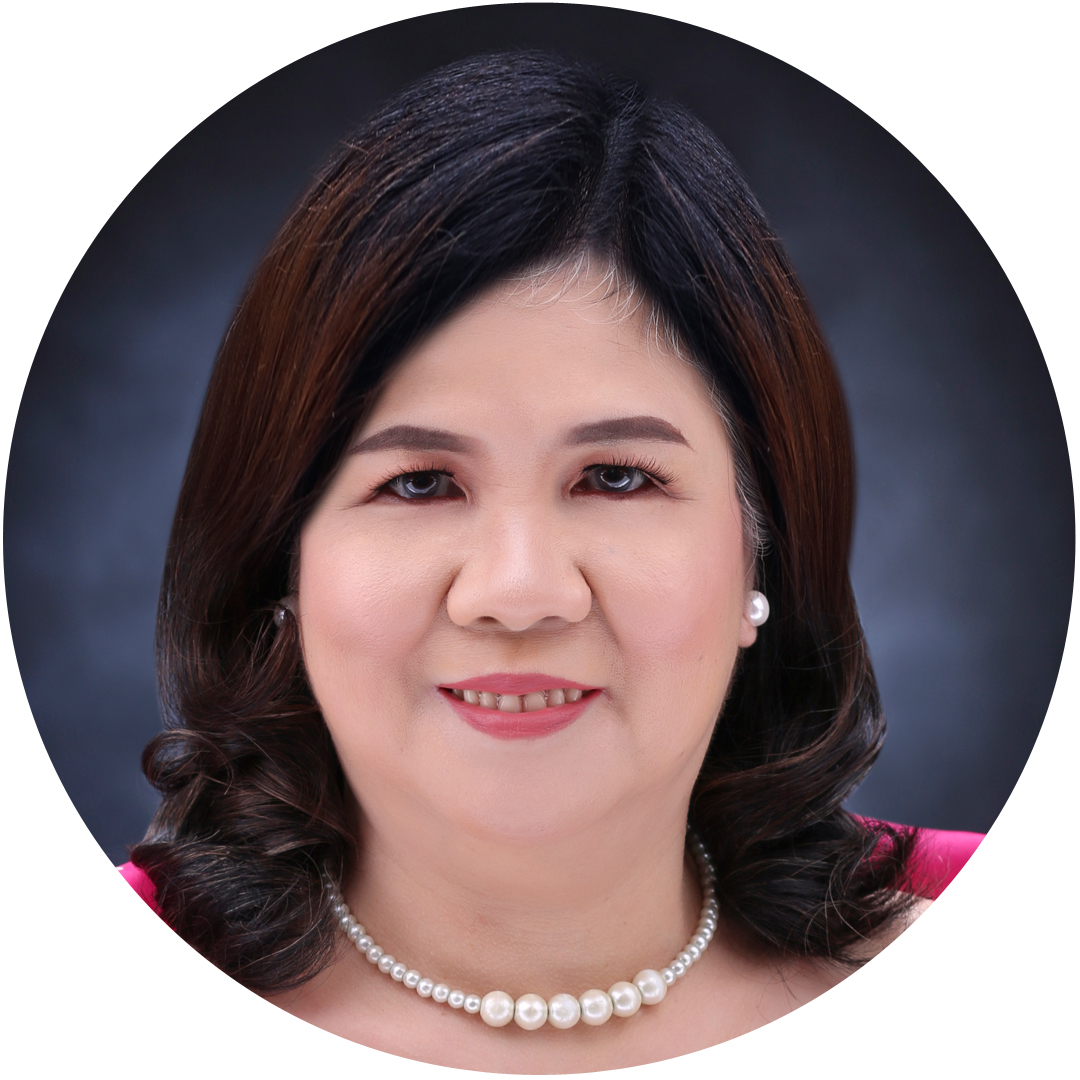
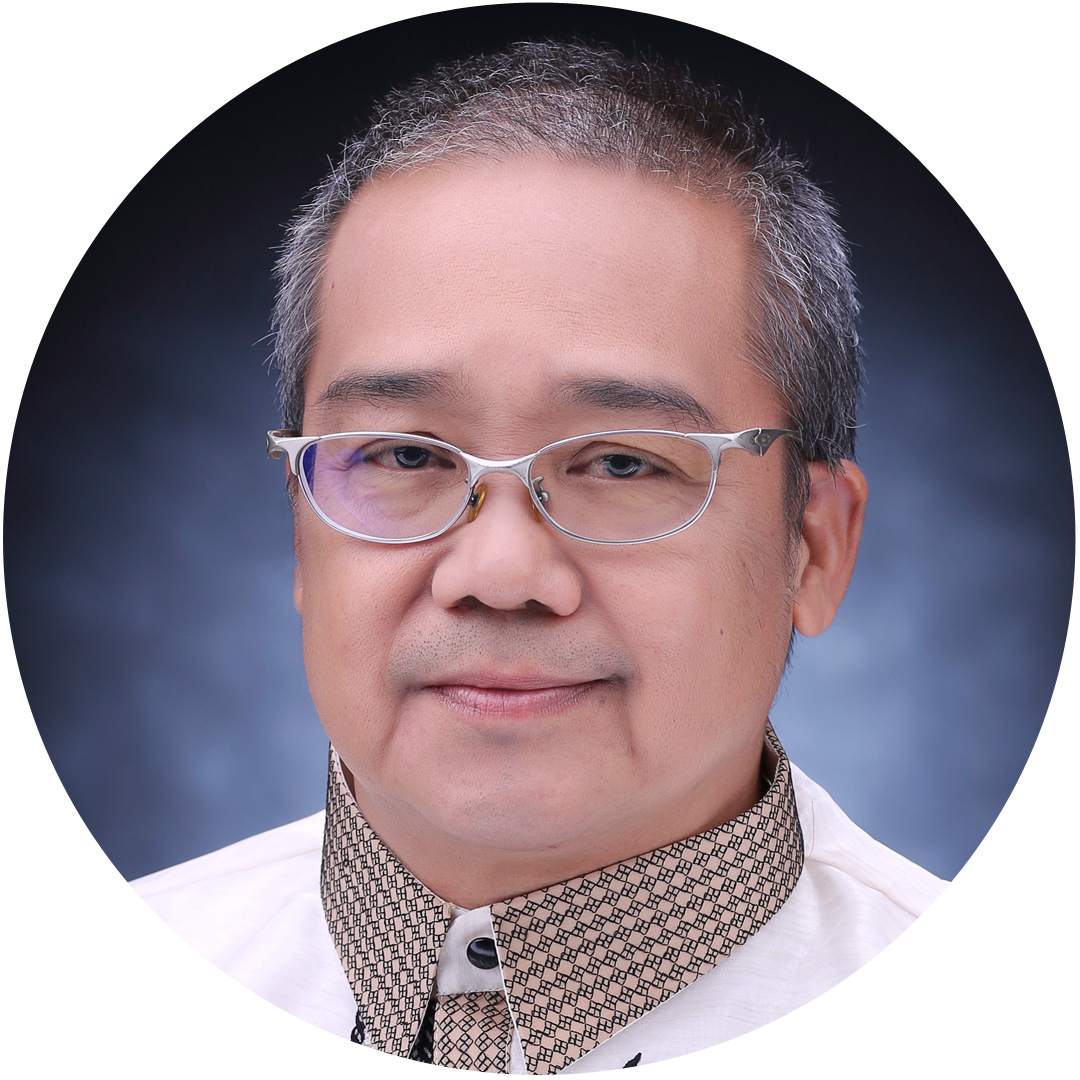

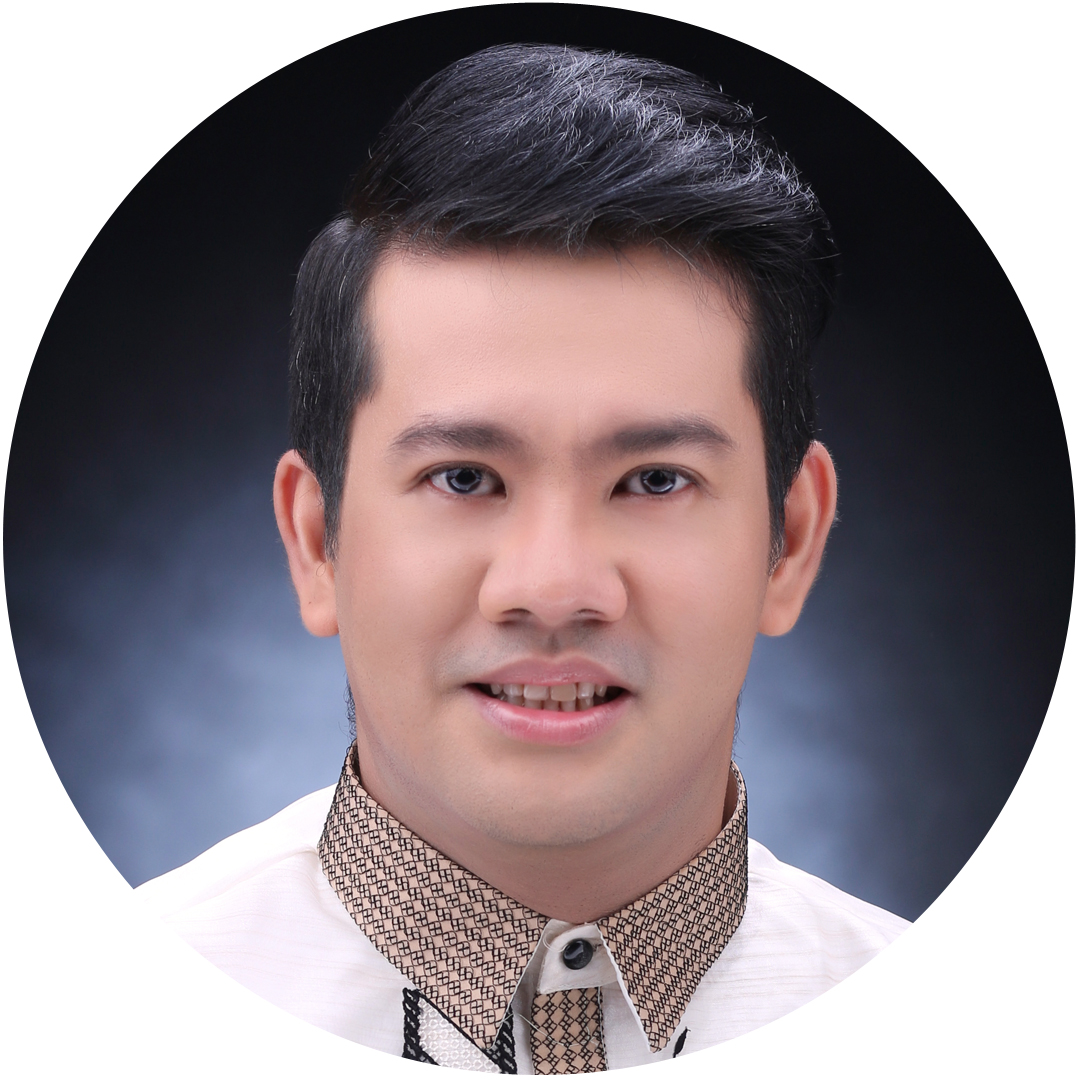
SHS MANILA
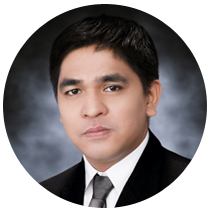
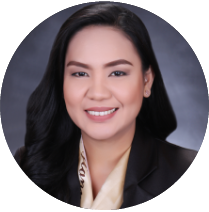
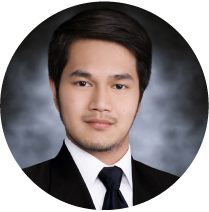
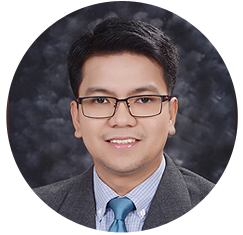

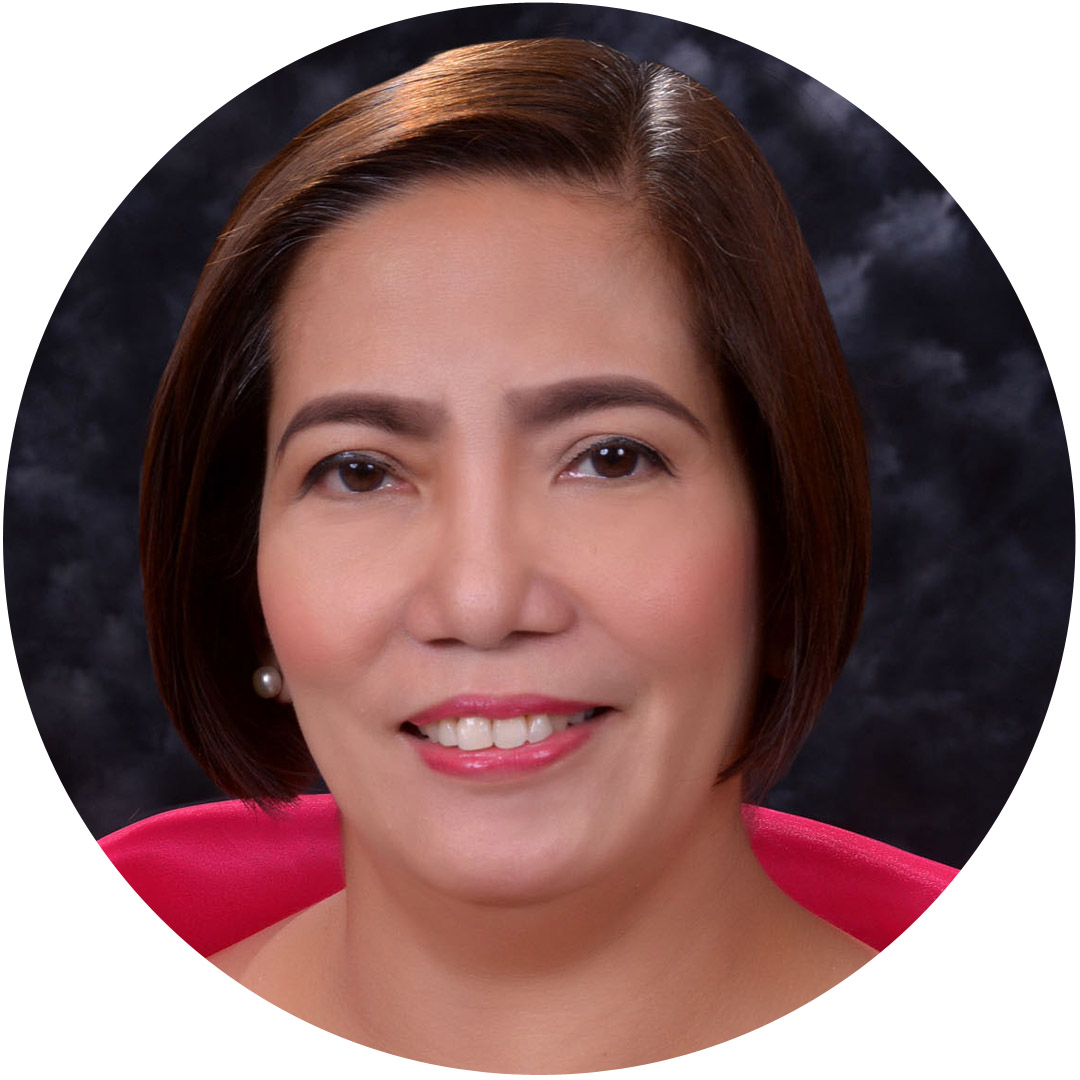
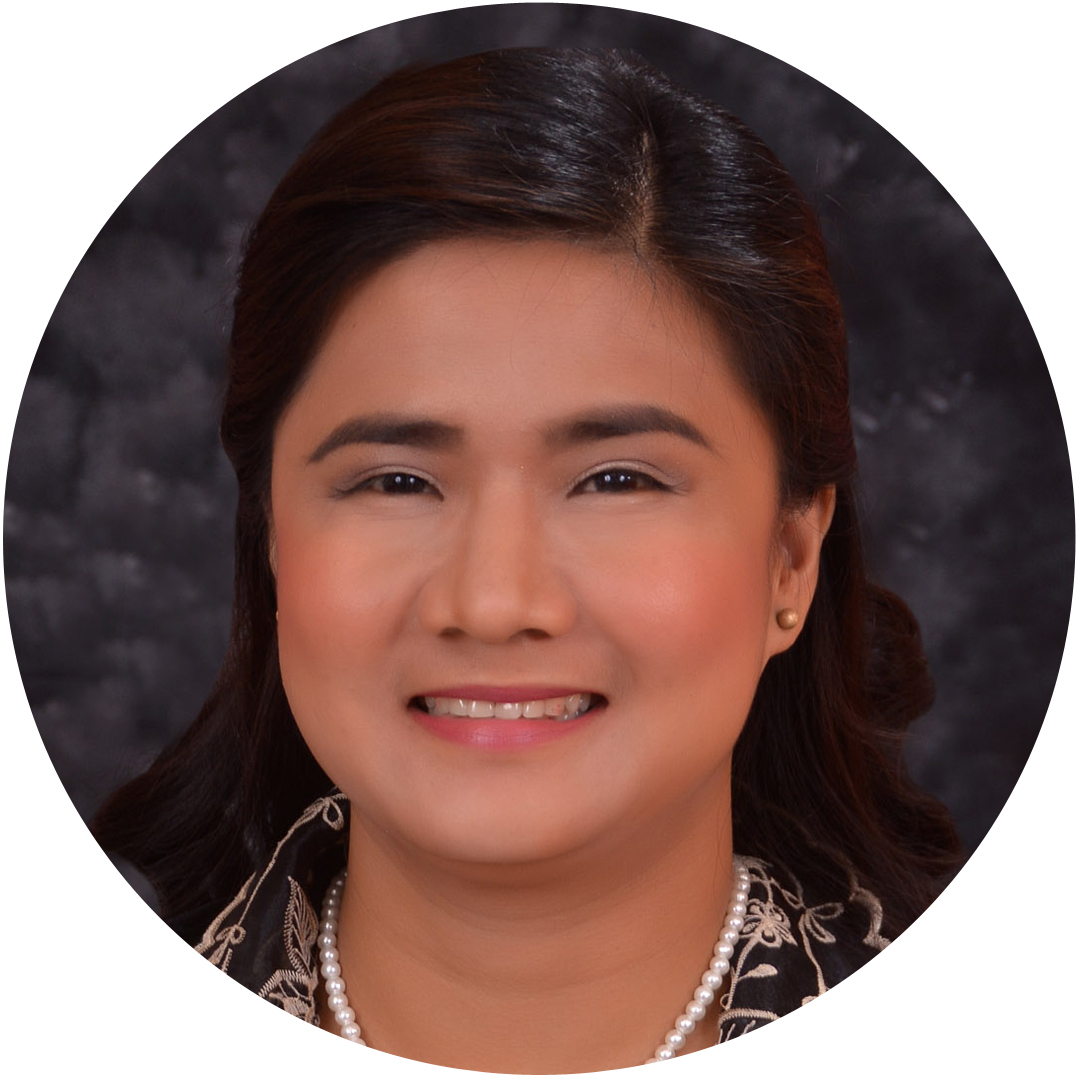
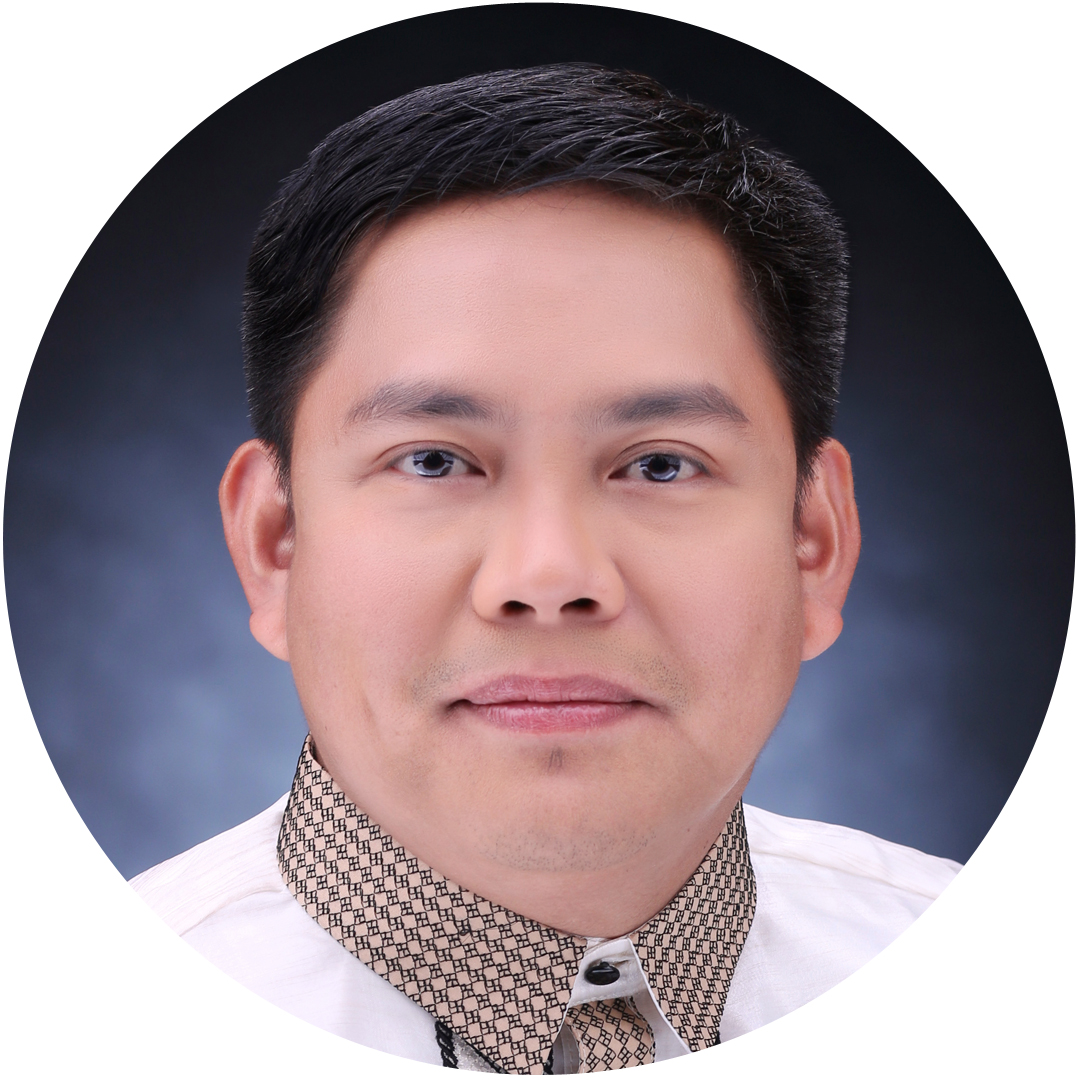
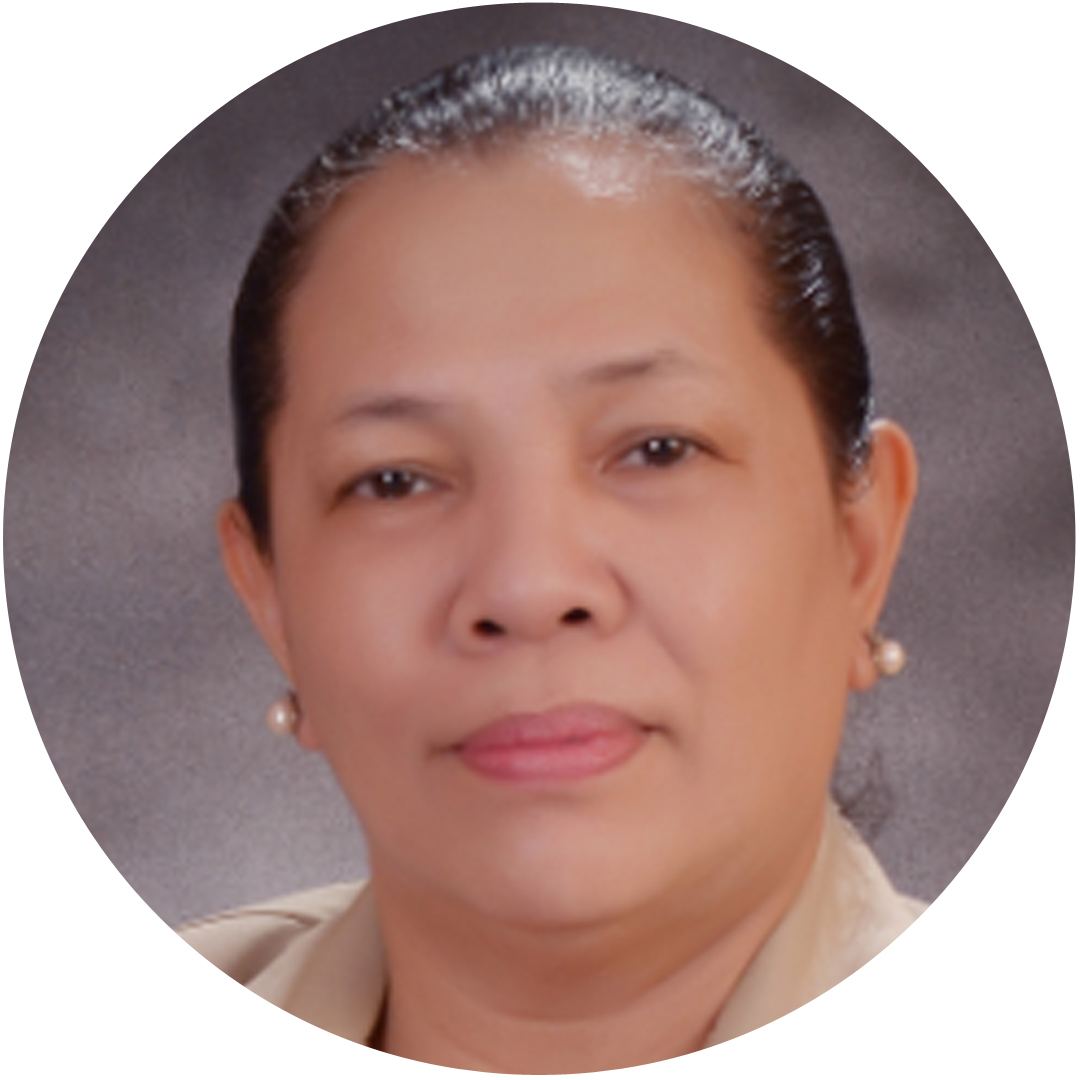
Lyrics by Atty. Raul S. Roco
Composed by Fr. Benildus Maramba, OSB
Herald the Bedans coming
May their fellowship never cease;
Molded by bold, undaunted men
of pray'r, work and peace.
Through the carefree days of our childhood
And the visions of our youth
You gave us the wisdom of Benedict's soul
Faith in God and love of the truth.
When we encounter trails and hardships,
We shall give you honor and fame,
For nothing but these show our loyalty clear
To our Alma Mater's name.
Bring out the challenges, we'll win them all
And fear neither fire nor blood
Bedans will answer the clarion call
For San Beda, our country and God.
-wStroke(GIF).gif)
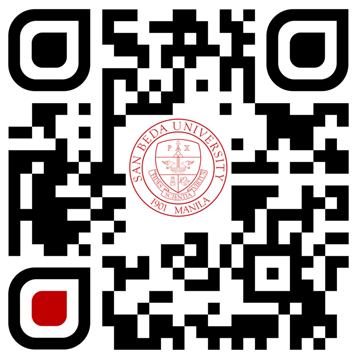
The upper section of the coat of arms indicates our Benedictine roots. The word PAX (Latin for peace) is combined with mountains (Montserrat, Spain) and a cross with two horizontal beams. The two horizontal beams declare that “I will carry another’s cross”.
The middle section stands for the educational nature of our organization. The two doves represent the students drinking from the fountain of knowledge, San Beda University.
The bottom section contains a tower and sea-lion (half lion – half dolphin), the original heraldic symbols for the city of Manila, where San Beda was founded in 1901.
The shield itself is a symbol for protection, especially when used in a phalanx. The motto of the university is inscribed on the scroll below the shield: Fides (faith), Scientia (knowledge), Virtus (virtue).
The name of the university is contained in a circular band that evokes wholeness and timelessness. The color red proclaims bravery. White stands for purity.

The emblem of the University is the RED LION.
The color red stands for courage, while white is for purity.
The University celebrates the Feast of the Holy Infant of Prague on the fourth Sunday of January. Devotion to the Holy Infant of Prague has become part of the tradition of San Beda University.
Different religious activities are celebrated by the members of the school community and devotees of the Holy Infant of Prague.
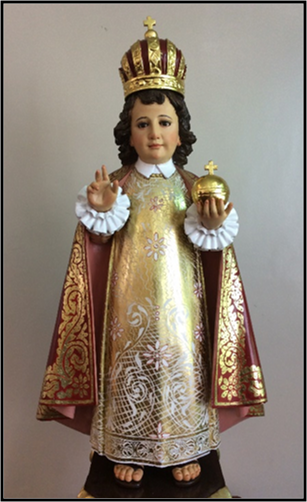
The patroness of the University is Our Lady of Montserrat after whom the first abbey of the Order of St. Benedict in the country is named. The dark image of the Blessed Virgin, donated by Mr. Bartolome Oller, was brought to the Philippines by the first group of Benedictine monks. The image was enthroned in a modest chapel in Tanduay Street and later transferred to the Abbey Church. The University celebrates the Feast of Our Lady of Montserrat on September 12.
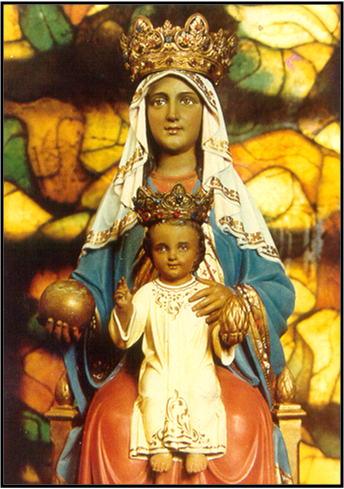
St. Bede, the patron saint of San Beda University, was born in 673 AD in Wearmouth Estate within the territory of the monastery of Abbot Benedict Biscop. He joined the Order of St. Benedict at the Abbey of St. Peter, England, and later was placed under the care of an abbot at the Abbey of St. Paul at Jarrow.
As a young man, St. Bede showed exceptional intelligence. His brilliance and extraordinary talent attracted men to the Abbey of St. Paul to see his works. Though he was a well-known preacher, St. Bede spent most of his time in historical researches.
His most famous work was the “Ecclesiastical History of the English People.” St. Bede died after dictating the last sentence of his translation in English of the Gospel according to St. John at the ninth hour of Wednesday, the Feast of Ascension, May 26, 735. The University commemorates the Feast of St. Bede, its patron saint, on the first day of the school year.
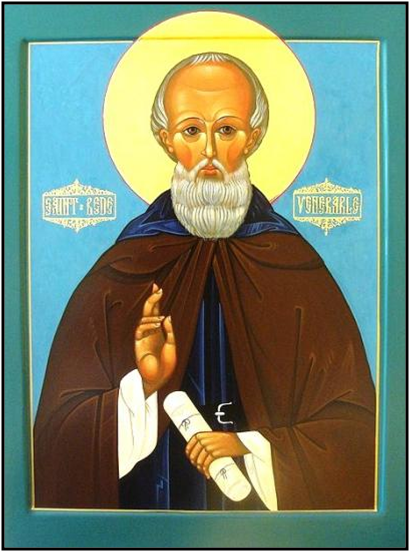
The founder of the Order of St. Benedict (OSB) is St. Benedict of Nursia, Italy (480-547 AD). St. Benedict had a twin sister named St. Scholastica. At the age of 17, instead of studying in Rome, St. Benedict answered the call of God by living secretly as a hermit in the mountains of Subiaco. He lived there for three years known only to the holy monk, Romanus, who provided him with food and clothing. Soon the fame of his holiness spread rapidly and people flocked to him.
After building 12 monasteries at Subiaco, he founded the Abbey of Monte Cassino, a place about 80 miles east of Rome. In this monastery, he wrote the Holy Rule and lived until his death in 547 AD.
The Abbey of Monte Cassino became the cradle of Order of St. Benedict (OSB). From this great monastery, the Benedictine order spread far and wide becoming one of the chief formative factors in the development of the New Europe. The Order of St. Benedict monks became the pioneer of Christian civilization, preaching the gospel, serving the poor and the sick and teaching religion and various crafts to the young. So great was their influence that the centuries from the 6th to the 13th centuries are called by historians the “Benedictine centuries” and St. Benedict became the “Father of Western Monasticism”.
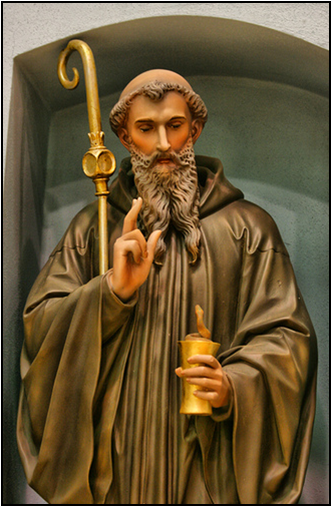
History of San Beda UniversitySan Beda University opened in 1901 as El Colegio de San Beda with 212 students under Fr. Silvestre Jofre as rector, offering the equivalent of today’s basic education and the first two-years of a college Bachelor of Arts degree. Through a succession of 22 determined rectors – 15 Spaniards, one American, and six Filipinos - the school has successfully engaged every challenge and opportunity in its 12 decades of Philippine presence. It was steered to university status, with more than 9,000 students in 2018, by Fr. Aloysius Maranan, the last rector-president as college and the first as university.
|
Benedictine Pioneers in the PhilippinesThe Benedictines arrived in the Philippines near the close of the 19th century.
They came to do missionary and parish work in parishes established by the Jesuits in Surigao. Abbot Jose Deas y Villar led a delegation of eight priests and six brothers from the Abbey of Montserrat, Spain. They arrived in Manila on the morning of 12 September 1895 and stayed temporarily in Sta. Ana with the community of the Society of Jesus. On 25 April 1896, the monks were able of acquire a house at Balmes St., Tanduay. This would be their home base in Manila.
|
|
|
||||
|
On 24 January 1906, El Colegio de San Beda became affiliated with the University of Santo Tomas which recognized all courses offered. Bedan graduates could pursue further studies at UST without need of a qualifying exam.
In 1910, San Beda was granted recognition by the colonial government and the authority to confer the degree of Bachelor of Arts and diplomas for the Elementary and High School. This year also marked the gradual transition of the language of instruction from Spanish to English as initiated by then rector Fr. Anselmo Ma. Catalan.
The first college seal was designed in 1916 by Dom Jesus Y. Mercado. It was based on the medal of St. Benedict. “COLEGIO DE SAN BEDA” was inscribed on the circumference instead of the original medal’s Latin initials. The red and white flag of the Confradia del Niño Jesus de Praga was superimposed at the center with the initials R.C. (Roman Catholic). While the school colors of red and white had already made its appearance, it would only be in 1940 that Fr. Sergio Martinez, athletic moderator, would adopt the Red Lion as the symbol for the Bedan fighting spirit.
By 1918, the American influence had become widespread enough to cause the dominance of the English language in teaching, as well as the change in name from “El Colegio de San Beda” to San Beda College.
Already prefiguring the future alumni heavyweights were these early years’ outstanding graduates - Major General Basilio Valdez (1903), Justice Sabino Padilla (1904), and Chief Justice Roberto Concepcion (1920).
|
|
|||||||||
The Great Depression and the American BenedictinesThe growth spurt in the 1920’s was blunted by the 1930’s “Big Crash”, with the wealth base of the economic elite swiftly eroded by the crumbling world economy. Rector Fr. Bernardo Lopez acted decisively to manage the crisis as the previous decade’s sterling growth was gained at the cost of heavy loans. Severe austerity measures were put in place while simultaneously expanding the enrollment base.
In genuine Christian sensitivity to the economic blight of the parents, tuition and other fees were reduced. “It was a great moral act, an act of compassion”, a parent remembered. The financially difficult times shaped a cadre of captains of industry – the Cabarrus brothers, the Delgados, the Nietos, Antonio Roxas Chua, Leocadio de Asis, and others.
The extended decline in the world economy and the high financial cost of the expansion of the campus combined to severely strain the purse of San Beda. Vital assistance was extended by the Benedictines from the U.S.A. who sent a delegation of three to Manila. One of them, Fr. Boniface Axtman was appointed rector in 1941. He is the sole American rector in the annals of San Beda.
Abbot Alcuin Deutsch, president of the Benedictine St. John’s University in Minnesota, was appointed apostolic administrator of the Manila Benedictine community and of San Beda.
|
World War II and the Bedan HeroesWhatever hopes and plans there were for this era went up in smoke as the Second World War broke out. With the Japanese attack on Pearl Harbor on 8 December 1941, the Philippines was immediately drawn into the conflict. The Filipino youth, many Bedans among them, trooped to mobilization centers. War survivors had many accounts of individual heroism by Bedans, identified through their tribal badge of Bedan and Red Lion. Tony de Gracia (Class of 1941) told of Bedan “units” who stayed together and fought in groups. One such unit never surrendered and held their position until enemy infantry overran them.
Three days after the attack at Pearl Harbor, San Beda was used by the American Quartermaster Corps until they evacuated to Bataan. When the Japanese Imperial Army entered Manila, San Beda’s main building was again used as headquarters and depot. The three American priests were hauled to the concentration camps in Los Baños, Laguna. They avoided a planned massacre and survived. By the war’s end, the campus was used by the 60th U.S. Army Field Hospital. St Bede’s Hall was not damaged as the artillery fire was aimed districts south of the Pasig River.
After an interruption in the early months of the war, San Beda was able to resume operations in July 1942, under restrictive and dangerous conditions. Financial survival was made possible not from tuition fees but from entrepreneurial activities.
Even in tough wartime conditions, San Beda was able to celebrate the Pista ng Santo Niño de Praga with a solemn high mass in the Abbey Church, a candlelit procession, hymns and prayers.
|
|
||||||
The Den of Bedan LawyersFr. Sergio Martinez, rector only for one year, opened the College of Law in school year 1948-49. Founding Dean Atty. Feliciano Jover Ledesma ensured great success by recruiting a powerhouse faculty led by Roberto Concepcion, 1924 bar first placer and Chief Justice from 1966 to 1973, and Diosdado Macapagal, 1936 bar first placer and Philippine President from 1961 to 1965. A perfect 100% bar passing rate was achieved in 1952, ‘53, ’54, ’55, ’56, ’57, ’60, ’61. There have been eight first placers and dozens have landed in the top ten. Since its founding, there has been a steady stream of congressmen and senators, judges and justices, high level public and private executives. In 2016, a member of the Law Class of 1972, Rodrigo Duterte, was elected President of the Republic of the Philippines.
Elpidio Quirino, Philippine President from 1948 to 1953, remarked “The increasing number of Bedan alumni, in the public as well as in the private service, is eloquent proof of its success in instilling love of God and country in the minds and hearts of our young.” Then Vice-President Fernando Lopez echoed “In the annals of Christian education, the traditions of San Beda College are shining examples. This college has trained many of our national leaders. It has won an enviable reputation among the institutions of learning.”
Fifteen Bedans have been appointed to the Supreme Court - Chief Justice Roberto Concepcion, and fourteen Associate Justices: Florenz Regalado, Justo Torres, Romeo Callejo, Antonio Eduardo Nachura, Samuel Martires, Jose Mendoza, Noel Tijam, Bienvenido Reyes, Antonio Martinez, Jose Reyes, Mariano del Castillo, Ramon Paul Hernando, Mario Lopez, Samuel Gaerlan.”
In the 2019 Bar Exam, SBU had 190 passers, the most by any law school. The combined SBU Manila and SBC Alabang bar passers comprised 15% of the new lawyers.
|
Second Wave of Construction and Artistic FloweringA quarter century after the Mendiola campus opened, Abbot Celestine Gusi presided over the second construction wave and artistic flowering in San Beda. St. Benedict’s Hall was constructed and inaugurated in 1952. Covered basketball courts followed a year later. At St. Bede’s Hall, the Jubilee garden and fountain were built and an obelisk honoring the Bedan dead was erected. The Sabater garden and fountain was built at another wing. Five years after Abbot Gusi returned to Europe to take on the higher post of Abbot Visitator, another structure, St. Anselm’s Hall, was inaugurated, in 1963.
At the Abbey itself, the Roman garden with a rectangular center pond was created, an Abbey extension was built, a new ornate tabernacle was acquired, the tower housing the abbot’s room was constructed. The church was enlarged, and side aisles were built. A pipe organ was installed, and a marble altar of St. Bede was provided. A statue of The Good Shepherd was put in place in the landscaped garden.
|
The Filipino BenedictinesAbbot Gusi’s legacy is manifested not just through the physical improvements but is more importantly rooted in the fateful decision to Filipinize the abbey. The practice of bringing in monks from Spain was discontinued. The responsibility for recruiting Filipinos to receive the torch was first handed to Fr. Anselmo Sison, one of the first Filipino Benedictines. Among the early novices who survived the rigors of Benedictine formation were Fr. Celestine Say, who became the first Filipino prior, and Fr. Benito Afuang, who became the first Filipino principal.
The precarious dearth in vocations started two decades earlier. No novice had entered the cloister since the financially disastrous 1930’s. When Abbot Gusi’s group arrived in 1948, there were only eight Spanish priests left. The ranks were so depleted that Fr. Sergio Martinez held multiple posts – rector, high school principal, athletic moderator, etc…
Fr. Sylvestre Lacson, a prior and rector, referred to Abbot Gusi’s decision to recruit Filipinos as “a watershed in Benedictine evolution”. Those who passed the litmus test and withstood the vocation fallout in the years following the reforms promulgated by the Second Vatican Council guided the school’s progress through the turbulent political unrest of the 1960’s. Protest rallies were frequently held in front of San Beda’s gates.
The construction of a new water sports complex- training pool, diving pool, and pool bleachers, was started in in this period with assistance from the alumni and parents, and formally inaugurated on 2 February 1968.
A new Alma Mater Hymn was sung by the Class of 1969 during their graduation. The lyrics were written by Raul Roco, senator, with music by Fr. Benildus Maramba.
This was the period when Ninoy Aquino, Class of 1948, captured the nation’s imagination and was projected as the next national leader in elections set for 1973.
Batas Militar at DiktaduraBut Martial Law was imposed in 1972 and Ninoy Aquino, Ramon Mitra, Raul Roco, Rene Sauisag, and other Bedan leaders were arrested.
Under the dark years of the dictatorship, Rectors Fr. Bernardo Perez, Fr. Emmanuel Balcruz, and Fr. Sylvestre Lacson ably kept the school on even keel in the face of constant monitoring, pressure, and threats by government agencies. Priests criticized the dictatorship through homilies. Students and alumni attacked the dictator through protest rallies that occasionally involved cocktails with a Russian name. A number joined the underground resistance in the fight for freedom and basic rights; many were arrested. Among them was a Benedictine monk, Carlos Tayag, who was never able to return to the cloister.
The office of the The Bedan, the school paper, doubled as secret headquarters for the leaders of student activism. On the spiritual side, the Peace Retreat Movement started. Leading the program were Fr. Bellarmine Baltasar, who would become rector of Alabang, and Fr. Andres Formilleza, who would become abbot in 1989.
Benedictine Abbey School in Alabang opened in 1972, offering Grade School and High School. It is now named San Beda College Alabang, offering education up to graduate level. In 1981, the Monastery of the Transfiguration was founded in Malaybalay, Bukidon with Abbot Eduardo Africa as superior.
On 21 August 1983, Bedan Ninoy Aquino was assassinated, and the country was plunged in turmoil. Bedans participated in all sorts of protest actions attacking the violent abuse of power and the plunder of the country’s coffers. Ninoy’s hearse passed streets lined by two million people in a stinging rebuke to the dictator.
To honor Aquino, The Bedan published a special issue. A Holy Mass, with the widow and future president Corazon Aquino in attendance, was celebrated in the abbey church by Fr. Sylvestre Lacson, Ninoy’s high school classmate. The protests culminated in the 1986 People Power Revolution.
The first St. Placid’s Hall, which housed the medical-dental clinic and the bookstore, was completed on 1976. The athletics/scouting building was blessed in 1982. An extension was built on St. Anselm’s Hall, above the existing grandstand, also in 1982.
|
|
|||||||
The New MillenniumFr. Anscar Chupungco became rector-president from 2001, San Beda’s centenary, to 2007. This was also the year that San Beda was granted the five-year full autonomy and administrative deregulation by the Commission on Higher Education. More undergraduate degree programs were offered in the College of Arts and Sciences, where females were accepted beginning in 2003.
In 2001, the Graduate School of Business opened, and the College of Law received the Model Law Library Award given by the Supreme Court. The red toga was adopted in 2002. A new Athlete’s Quarters and the St. Joseph Physical Plant Building were constructed.
The College of Medicine graduates first exceeded the national licensure exams average rating in February 2012 with an 84% rating for first time takers. By 2013, overall rating, including irregulars hit 89% in2013 when Marie Angelie So placed fourth in the licensure exams. In 2014, Grace Arviola earned third place and the first time takers’ ratings breached the 90% mark. The student population crossed the 600 mark in 2012.
The College of Nursing was rated third best in the country during the December 2005 board exams when Pearl Austria Martinez earned the eighth highest mark. It has consistently exceeded the national passing average and obtained a class passing mark of 100% in 2016, ’17, ’18. So far, five graduates have landed in the top ten places in the licensure exams.
The Integrated Basic Education (Grade School and High School) were transferred in 2004 to Taytay, Rizal, where girls were accepted. The first doctoral degree, Doctor of Liturgy was conferred in 2006. In 2007, the San Beda College Museum was inaugurated.
St. Placid Sports Center, the training den of the fabled Red Lions basketball team, was constructed in 2002 then repaired and renovated in 2010. Co-named as the Don Luis Go Sy Memorial Center, it houses the Robert Coyiuto, Jr. Gymnasium and the Manuel V. Pangilinan Gymnasium.
The Montserrat Center for Religious Formation was inaugurated in December 2011 to better serve the need of the Bedans of Manila, Rizal, and Muntinglupa for spiritual retreats.
A sculpture of St. Benedict created by National Artist Napoleon Abueva was installed at the Jubilee garden in 2008 and one of St. Bede by Dionas Roces was installed in 2018.
|
University Status |
The Making of San Beda as University
|
|||||||||||||||||||||||||||||||||||||||||||||||||||||||||||||||||||||||||||||||||||||||||||||||||||||||||||||||||||||||||||||||||||||||||||||||||||||||||||||||||||||||||||||||||||||||
The Integrated Basic Education Department of San Beda University Rizal became operational in Academic Year 2004-2005, initially with Nursery, Kinder, Preparatory, Grade 1, and First and Second Year High School levels. Thus, the Primary Grade School, Middle Grade School, and High School became the units of the Integrated Basic Education Department (IBED).
The department manifests deep concern for the quality education offered to its students through the academic curriculum and instructional programs. The school offers its curriculum not only to fulfill the requirements of the Department of Education, but also to serve and realize the vision-mission, philosophy, goals, objectives and Benedictine Hallmarks of San Beda University.
The curriculum from Kinder to Fourth Year is sequential and developmental. The course content, concepts, skills and values of the different learning areas are prepared through regular articulation, vertical and horizontal, within and between subject areas and year levels.
Furthermore, the curriculum offerings are geared toward the development of the Benedictine ideals of prayer, work, study and community life and the attainment of academic excellence.
The Integrated Basic Education Department (IBED) reviews its curriculum offerings to provide the students with subjects that interest them and which are relevant to the prevailing conditions and needs of society. Furthermore, the enhanced curriculum, in line with the K to 12 Program, expects to produce students equipped with 21st century skills and essential competencies for life-long learning.
In response to the Implementing Rules and Regulations (IRR) of Republic Act 10533 known as the Enhanced Act of 2013, the Integrated Basic Education Department of San Beda University starts to implement the Senior High School (SHS) Program both in Rizal and Mendiola for this Academic Year 2016-2017 .
The Senior High School of the Integrated Basic Education Department will offer the Academic track with the following strands:
- Accountancy, Business and Management (ABM) Strand
- Humanities and Social Sciences (HUMSS) Strand
- Science, Technology, Engineering and Mathematics (STEM) Strand
APPLY NOW AND JOIN OUR TEAM OF
DEDICATED BENEDICTINE EDUCATORS
Interested applicants are required to initially submit the following:
- Data Sheet / Resume / Curriculum Vitae
- Transcript of Records (Photocopy or Certified True Copy)
-
Letter of Intent and Three (3) Letters of Recommendation addressed to the Principal
MRS. TERESITA T. BATAD
PRINCIPAL
Integrated Basic Education Department
San Beda University
or
HRMO DIRECTOR
SAN BEDA UNIVERSITY
Mendiola, Manila
You may also e-mail it to: sbu_ibedrizal@sanbedarizal.edu.ph
Ut In Omnibus Glorificetur Deus
That in all things God may be glorified
Christian Living Education
Science
English / Research
Filipino
Mathematics
Social Studies / Araling Panlipunan
Applied Economics
Philosophy
Physical Education
Technology and Livelihood Education (T.L.E) / Business Technology
Mandarin
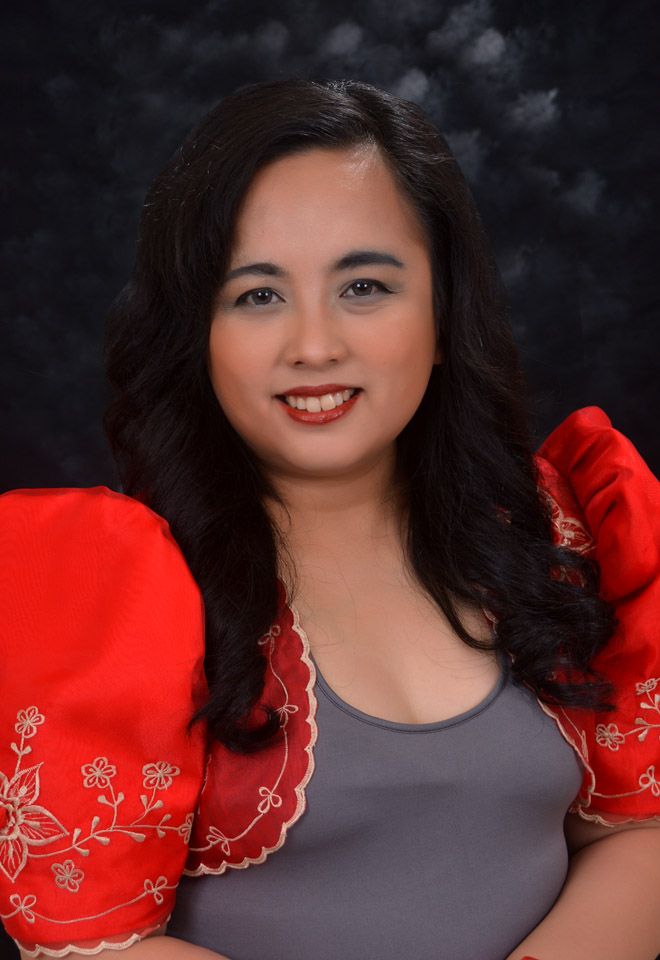
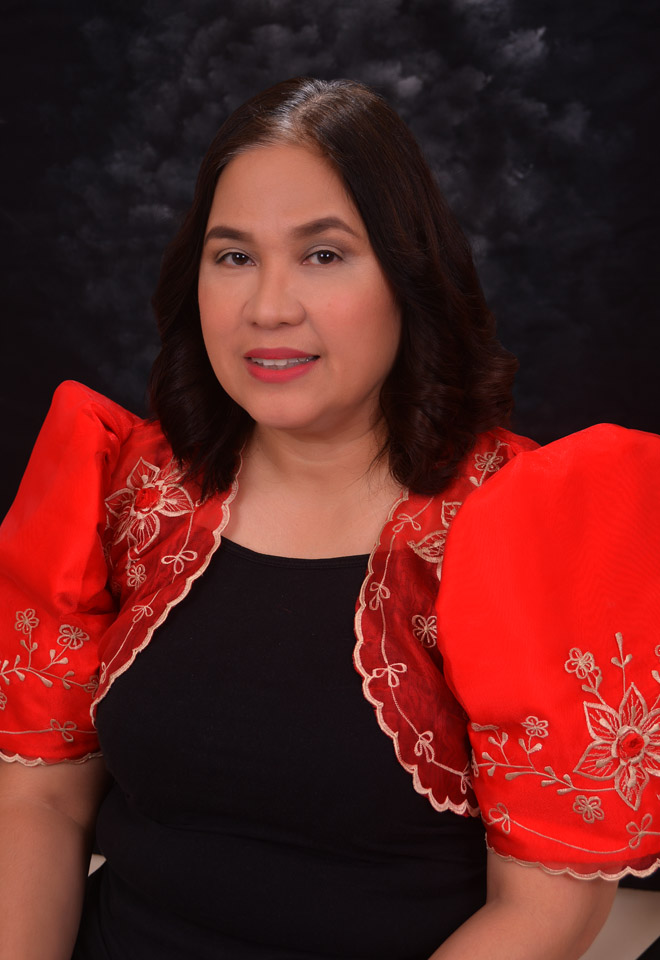
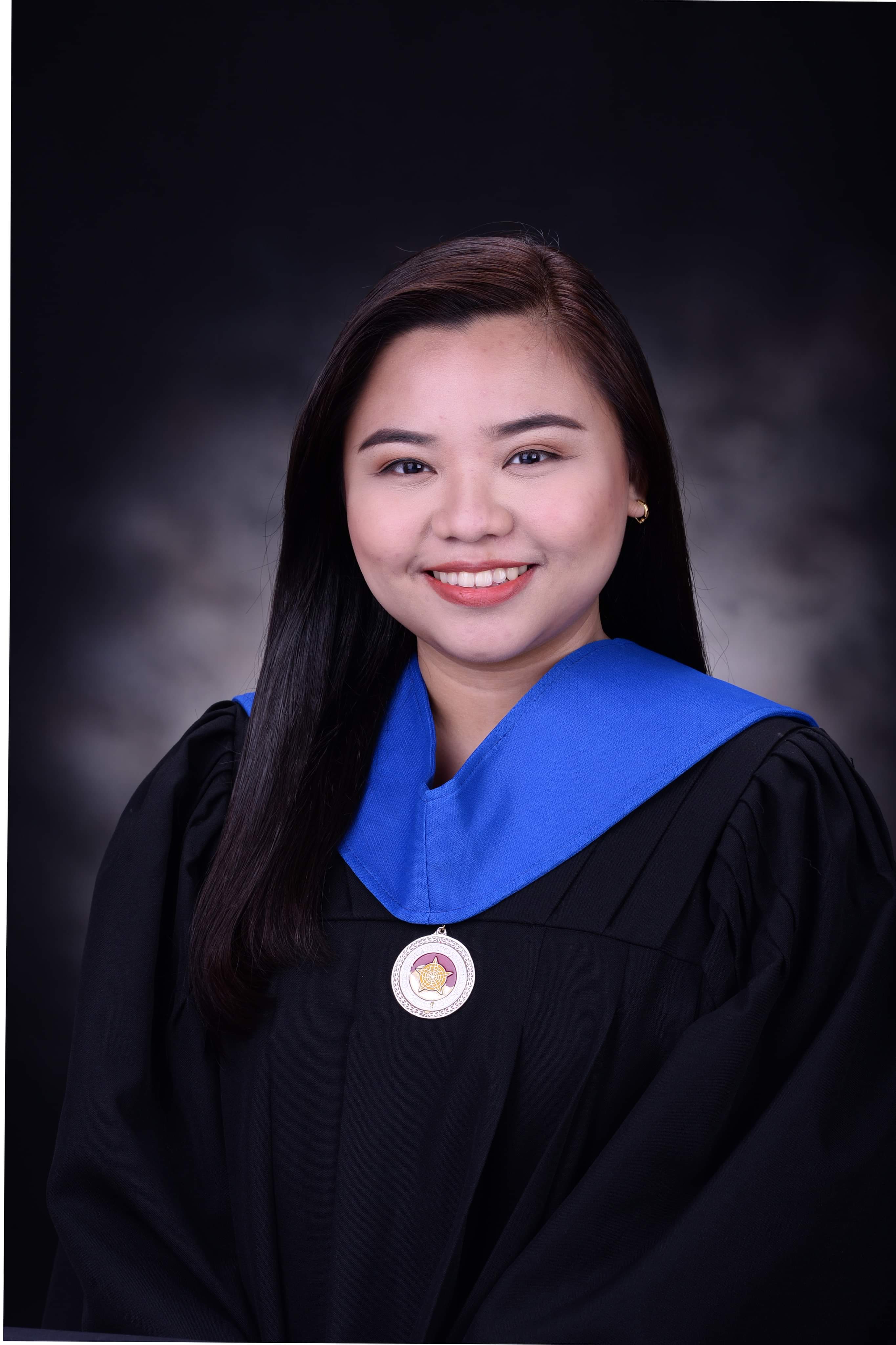
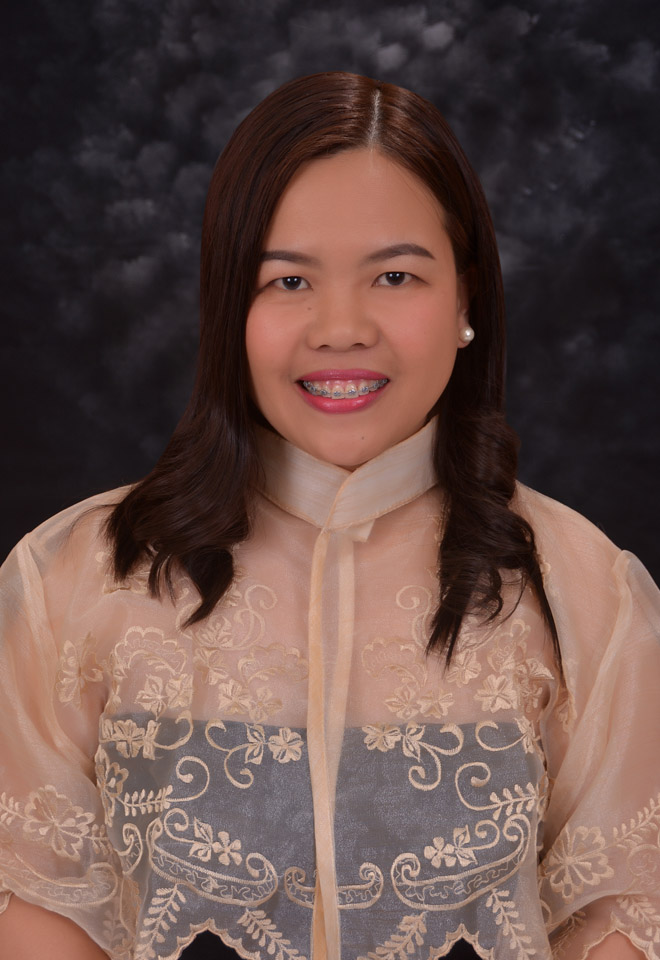
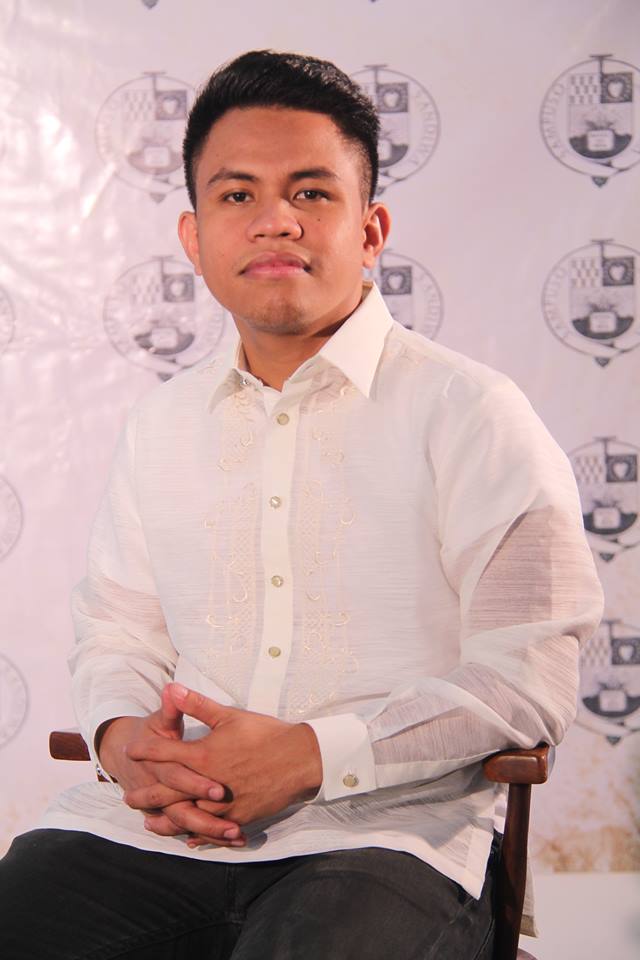
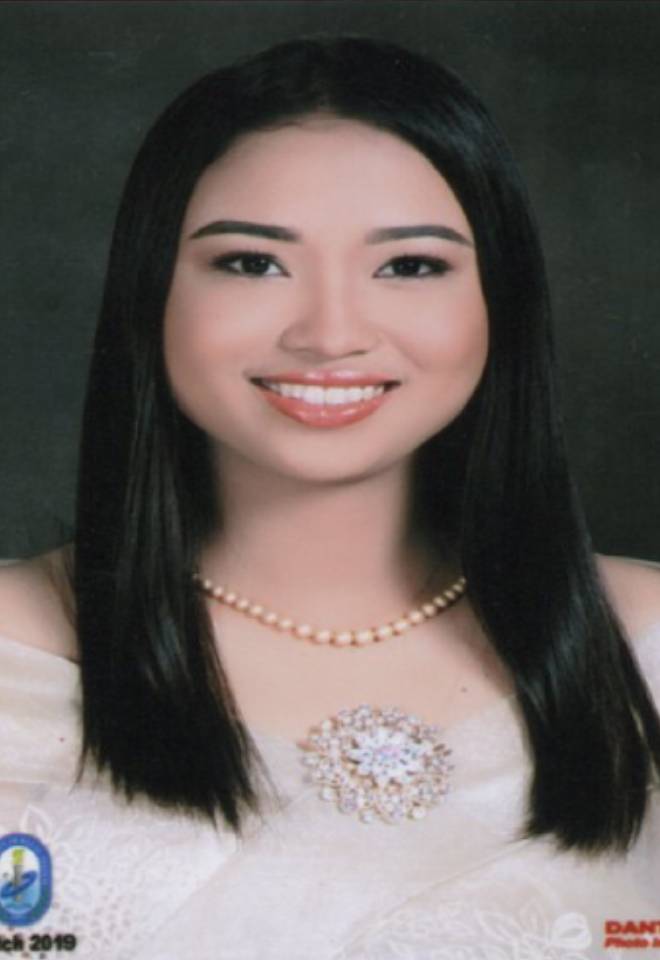
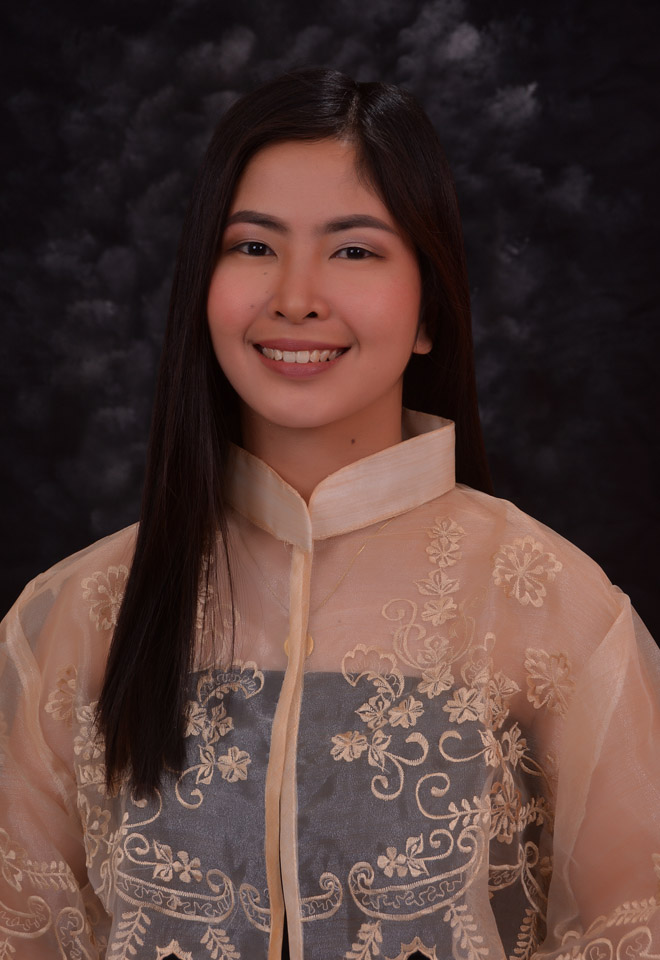
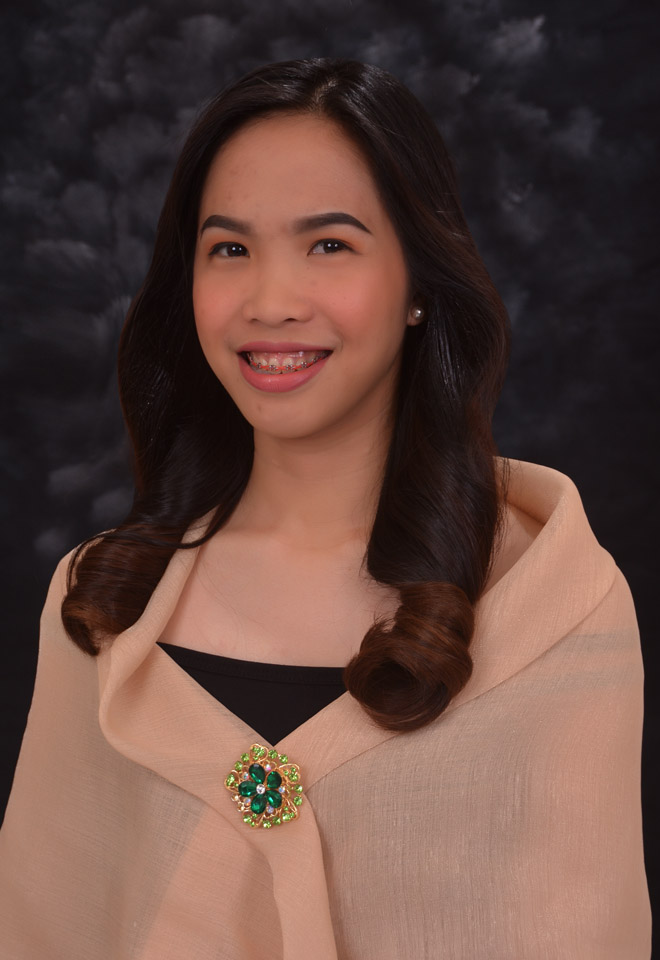
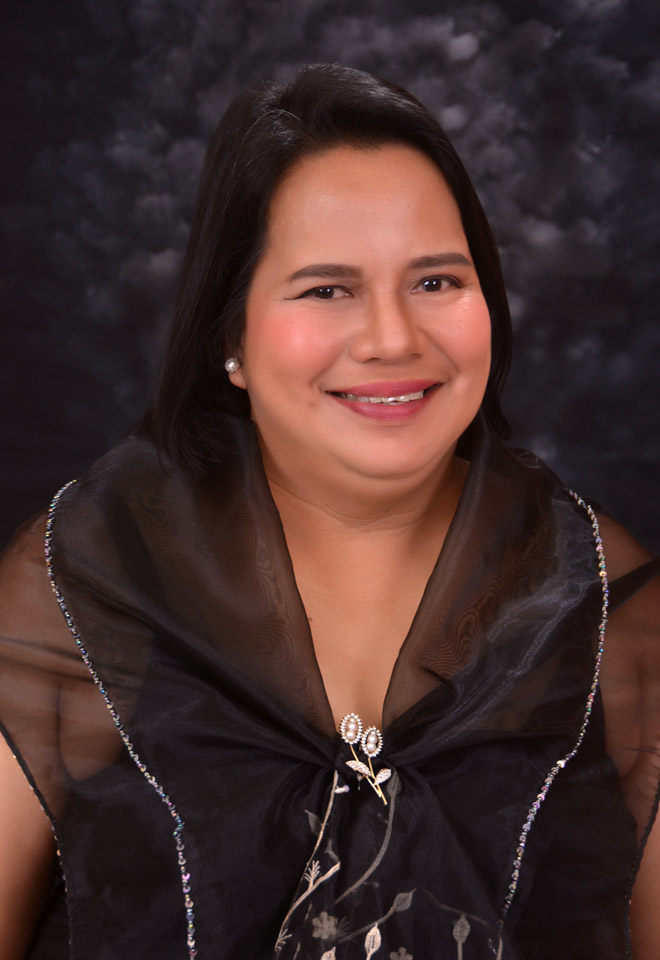
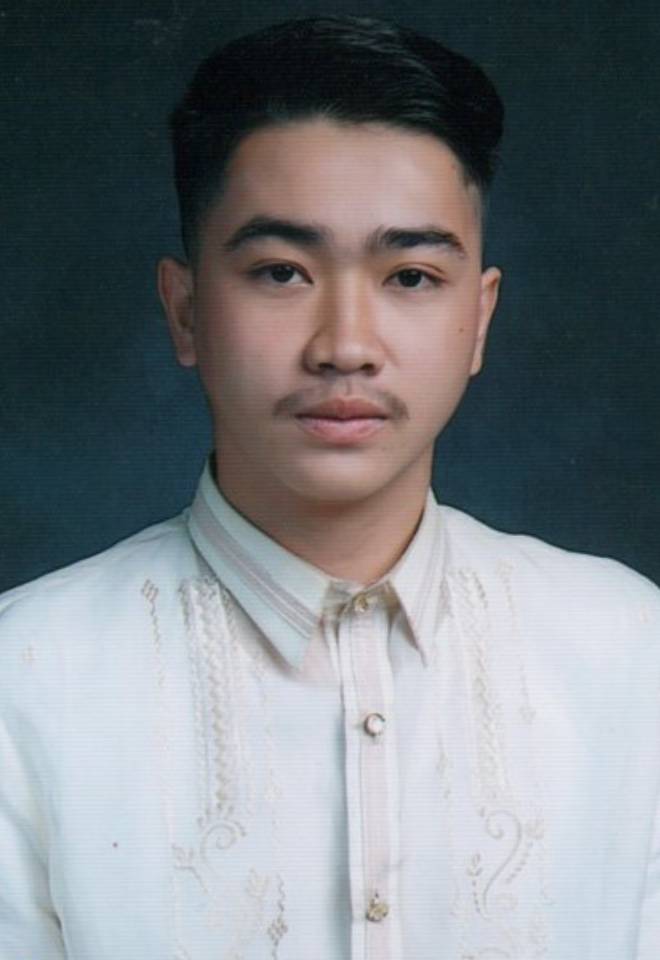
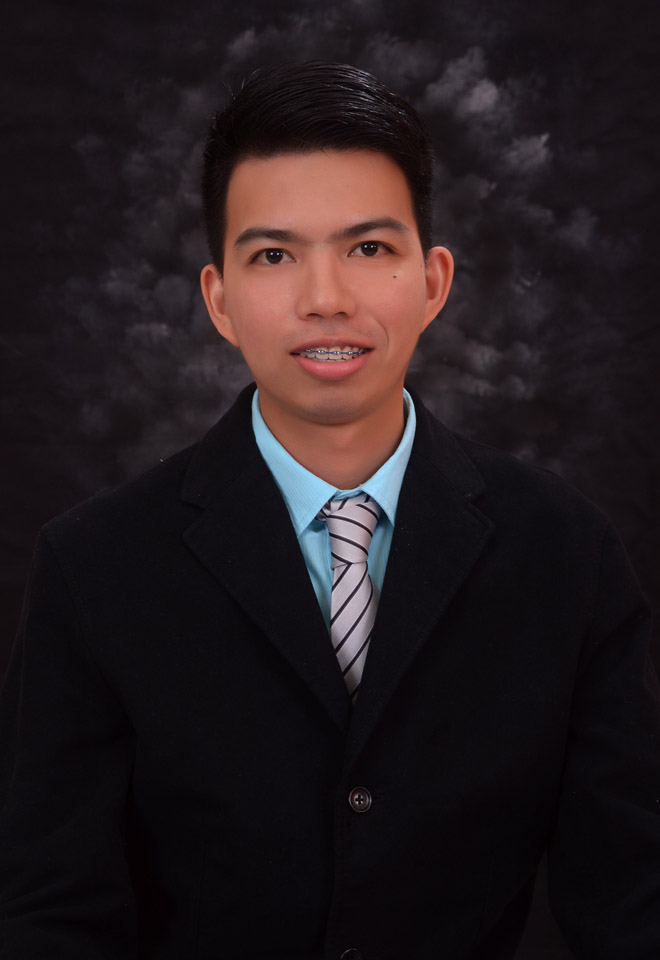
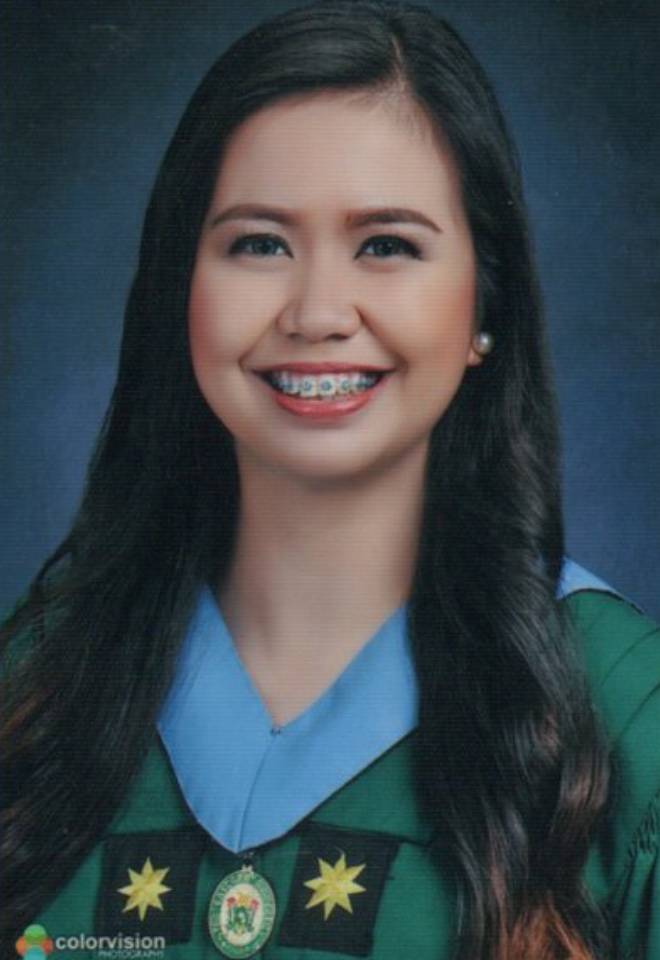
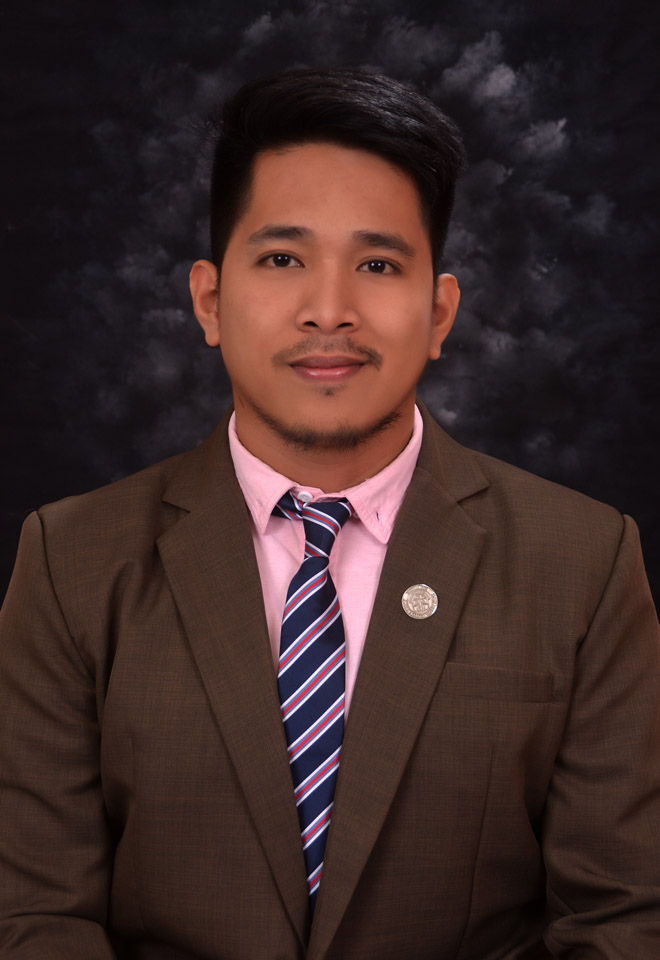
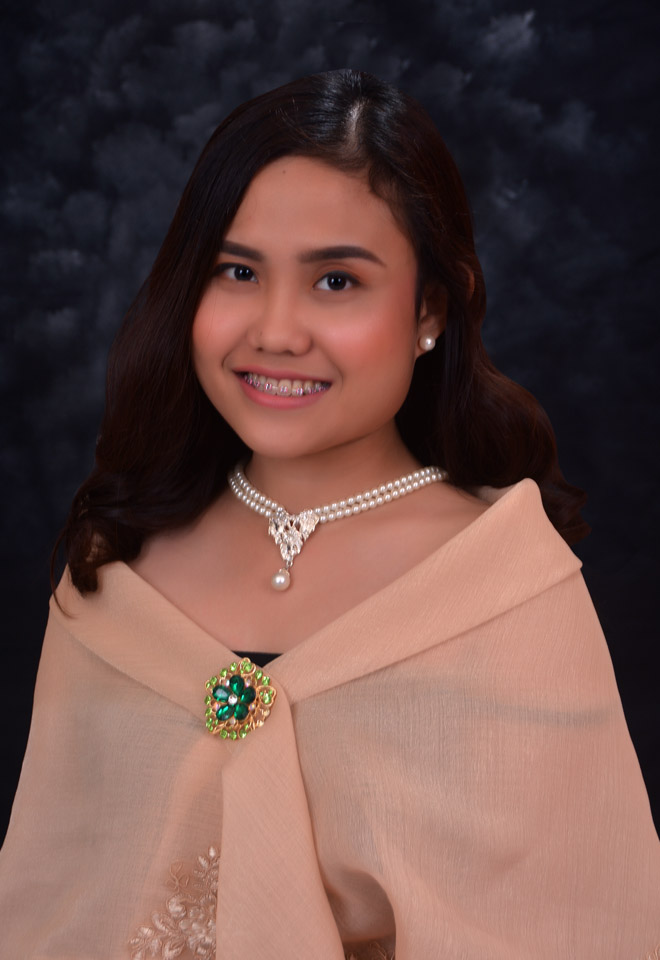
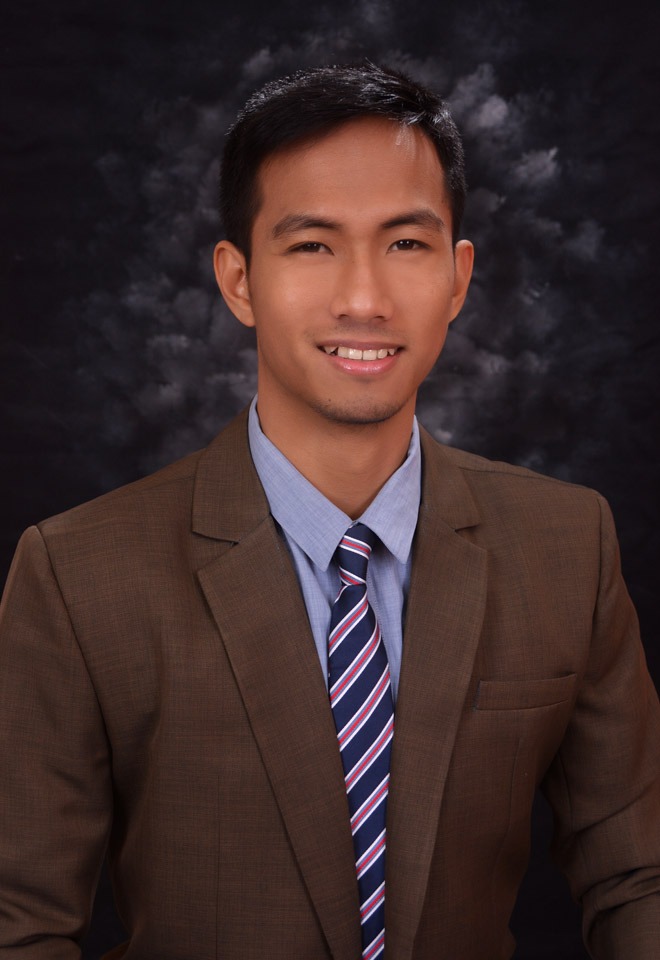
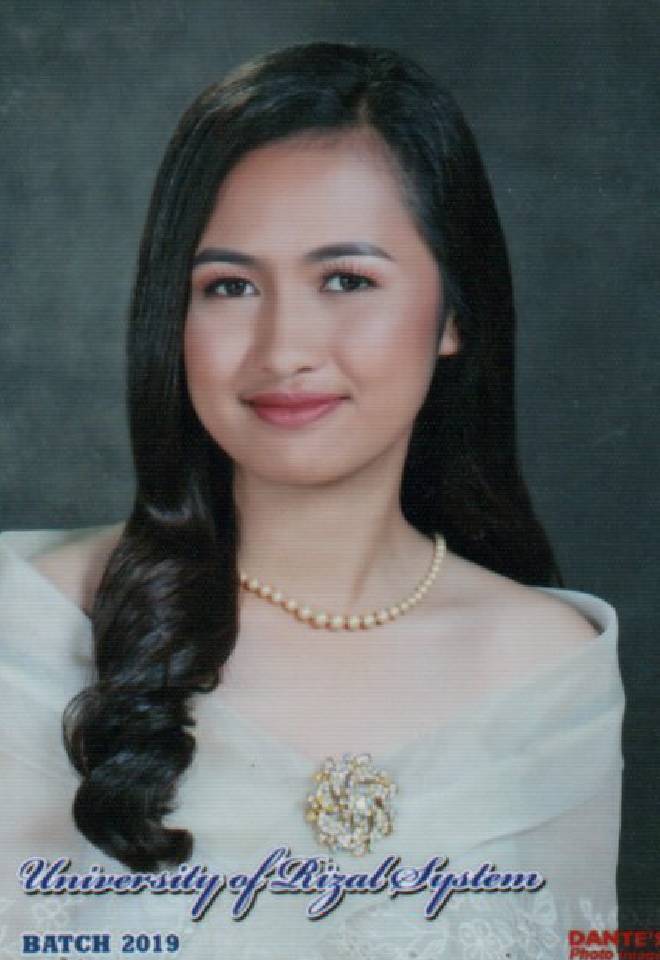
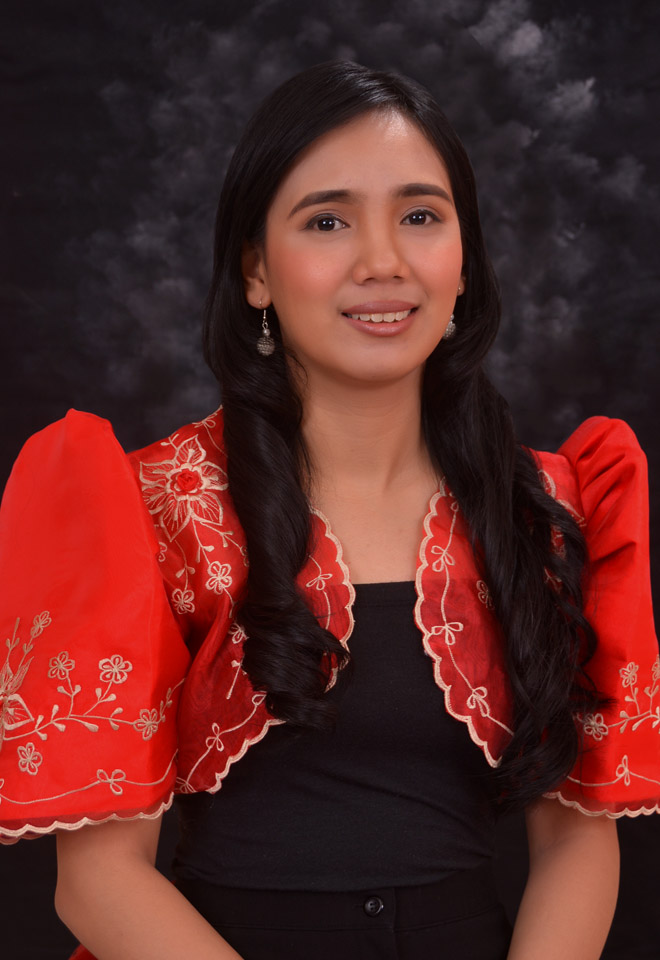
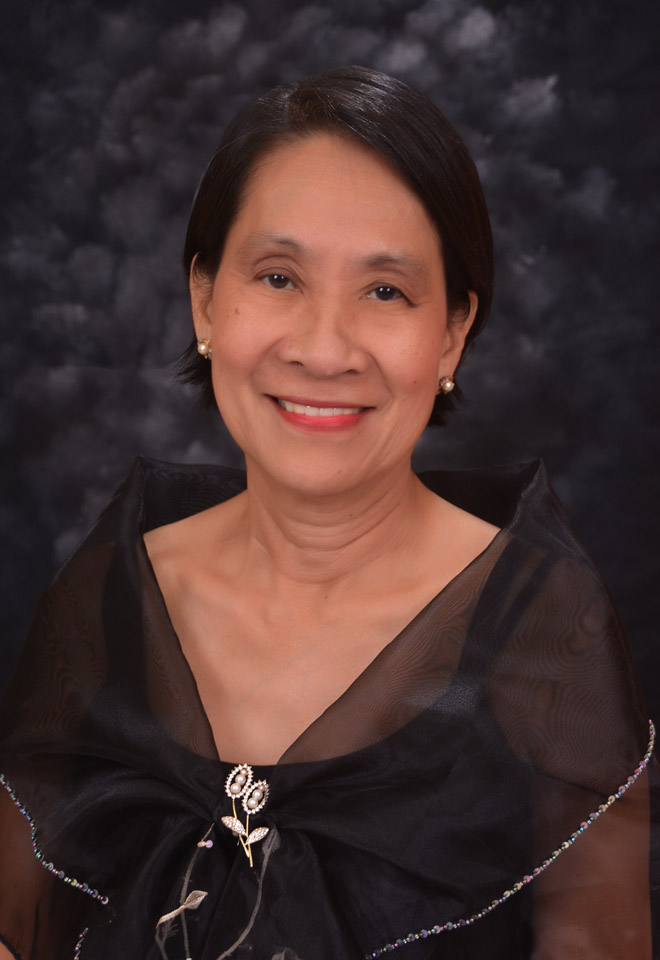
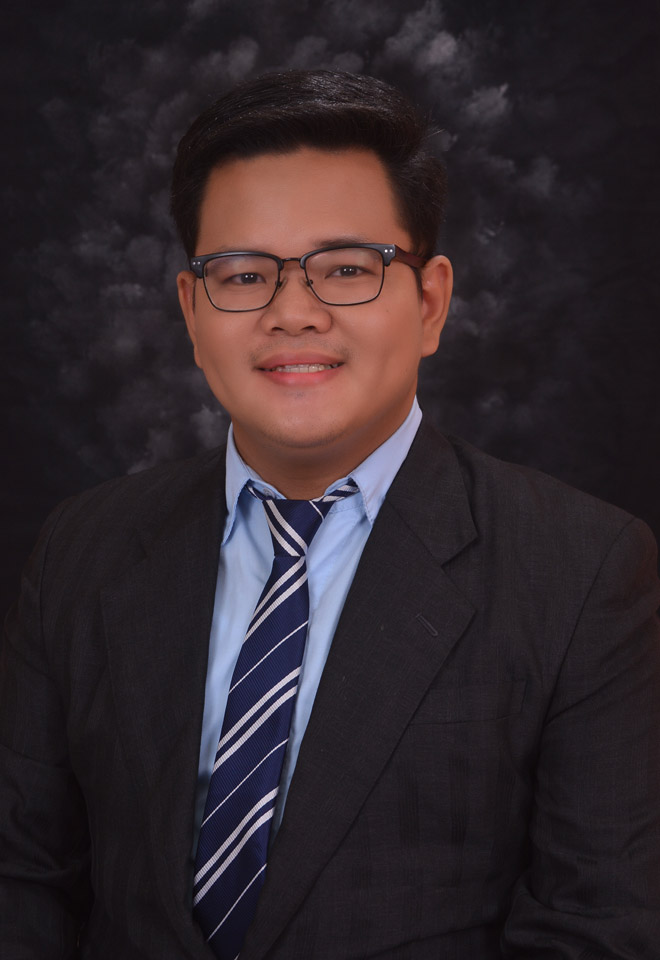
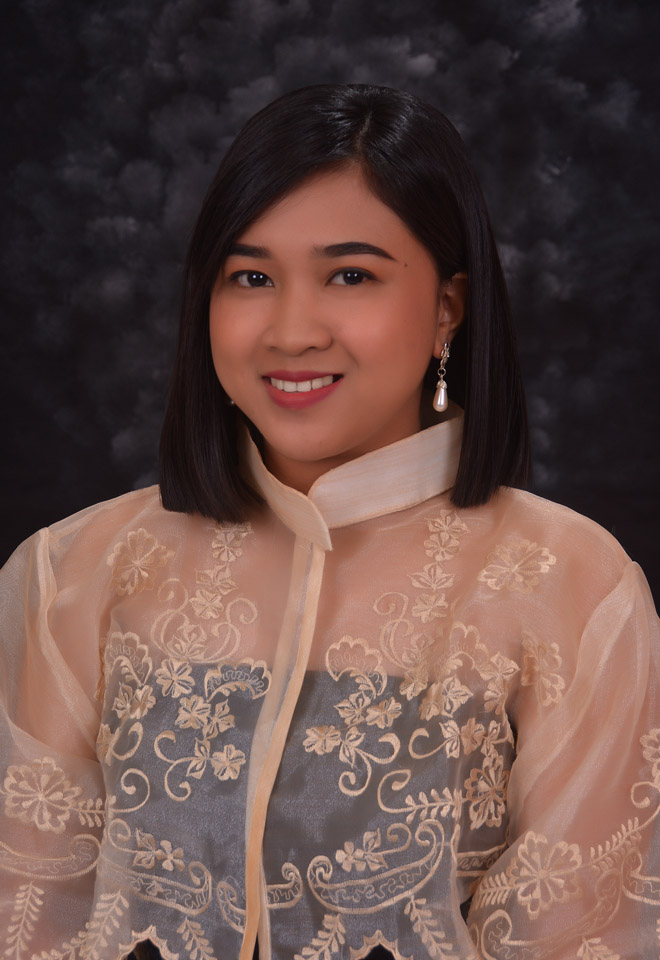
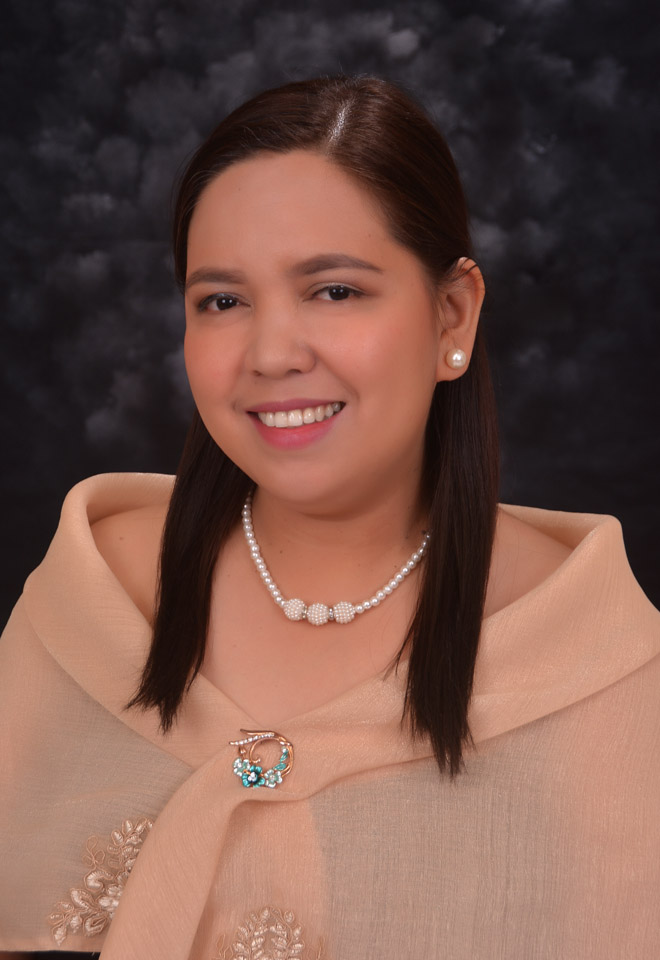
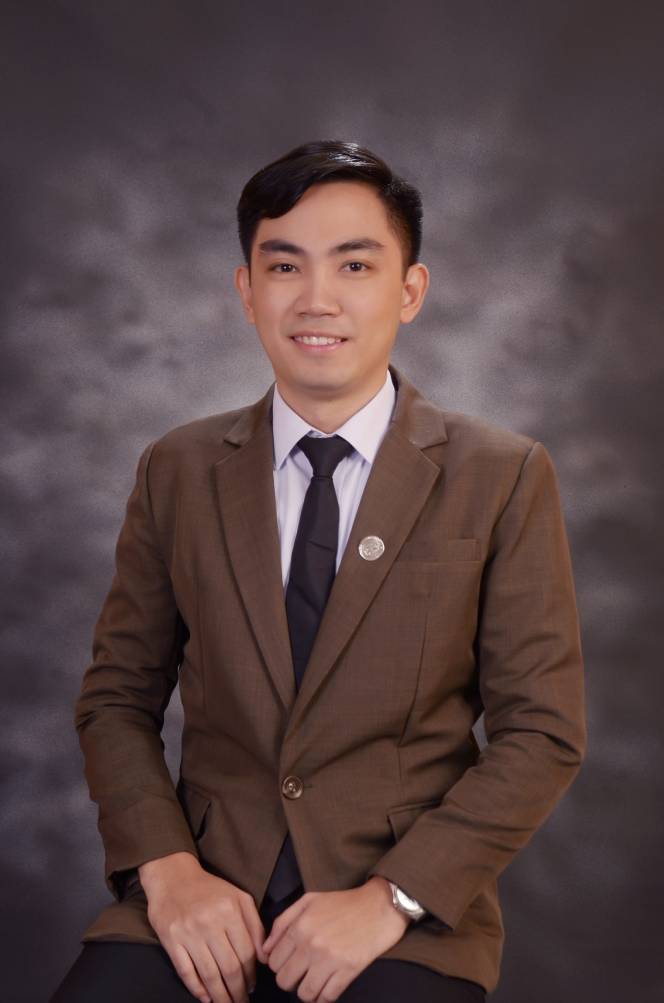
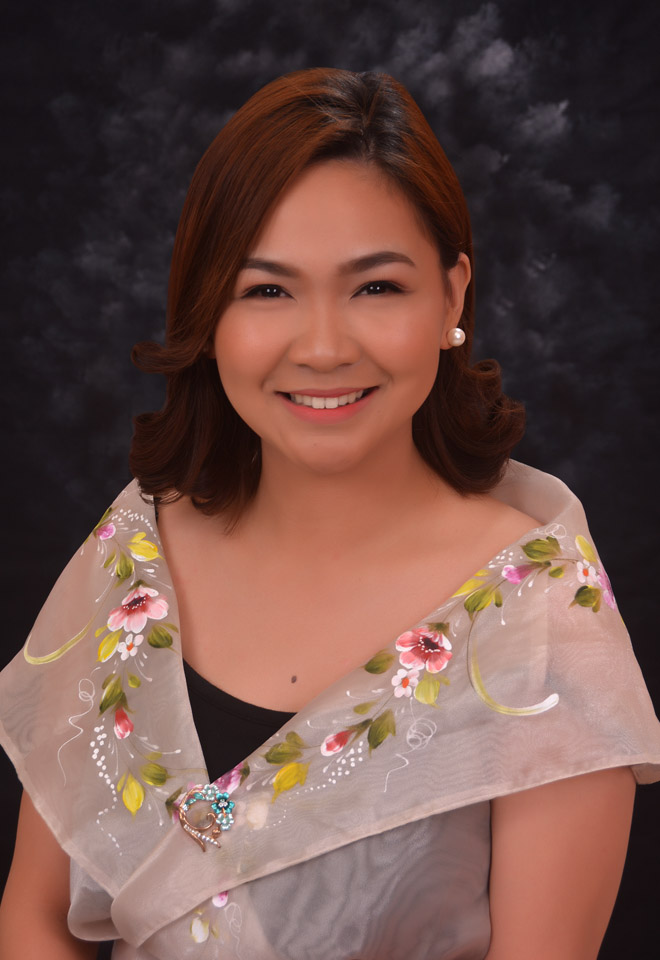
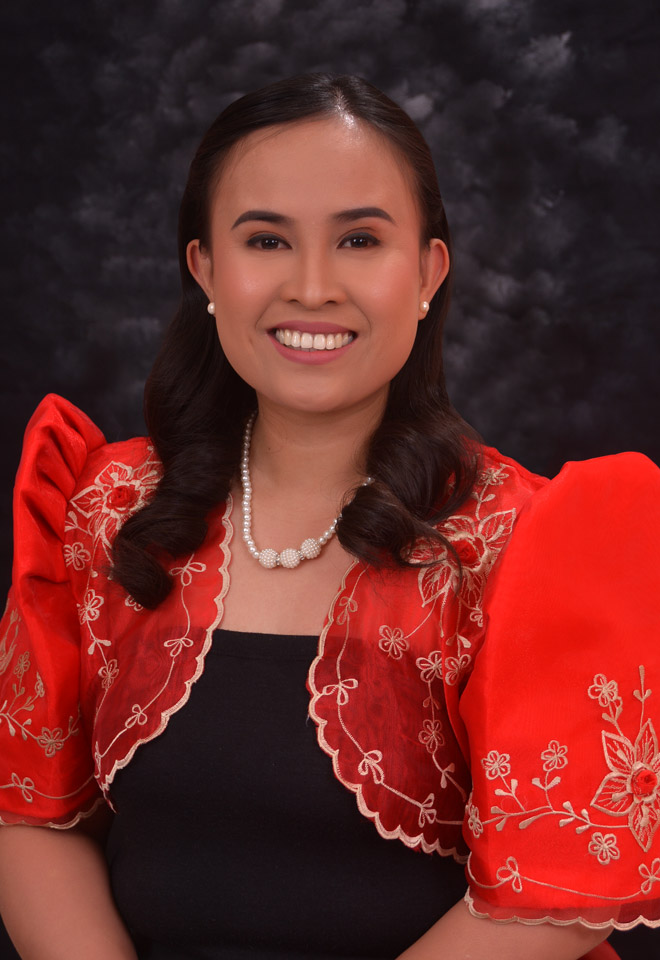
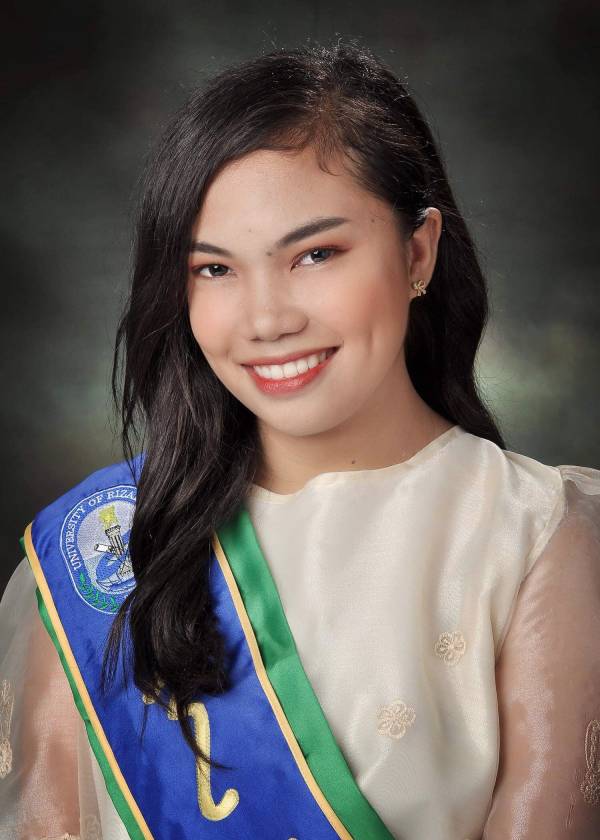
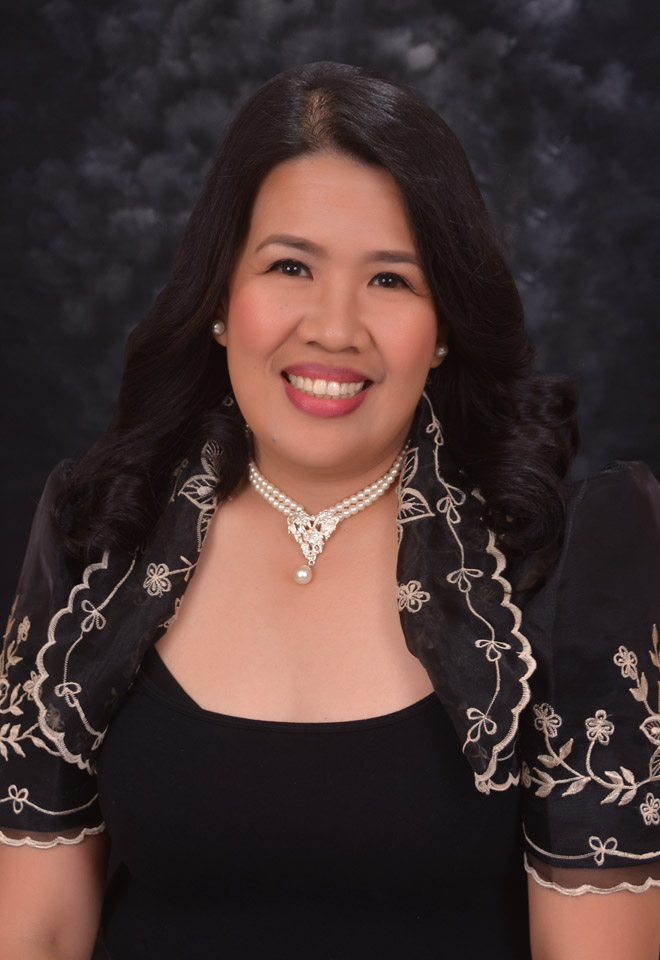
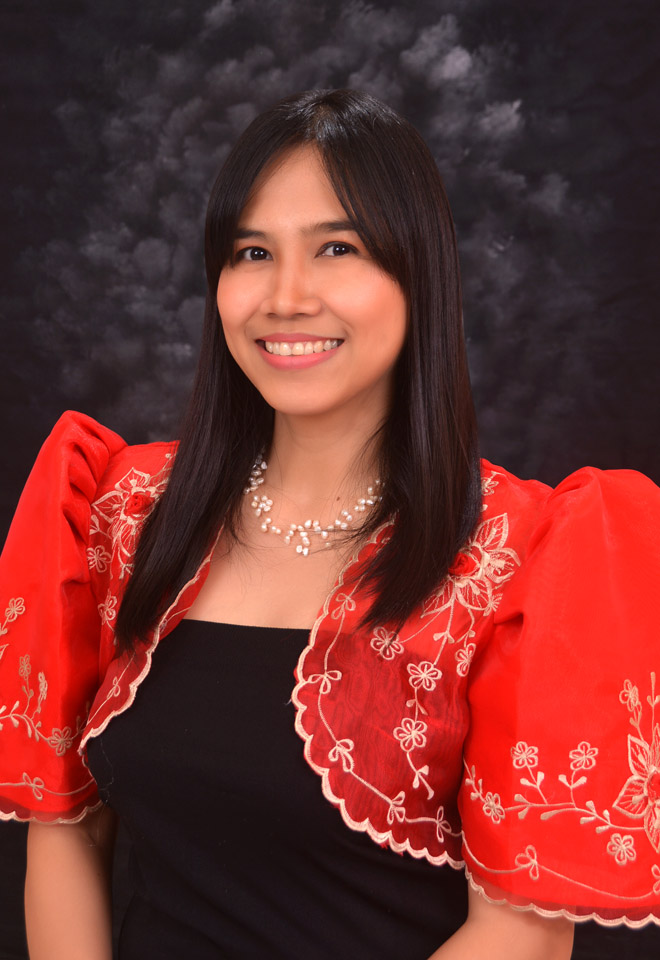
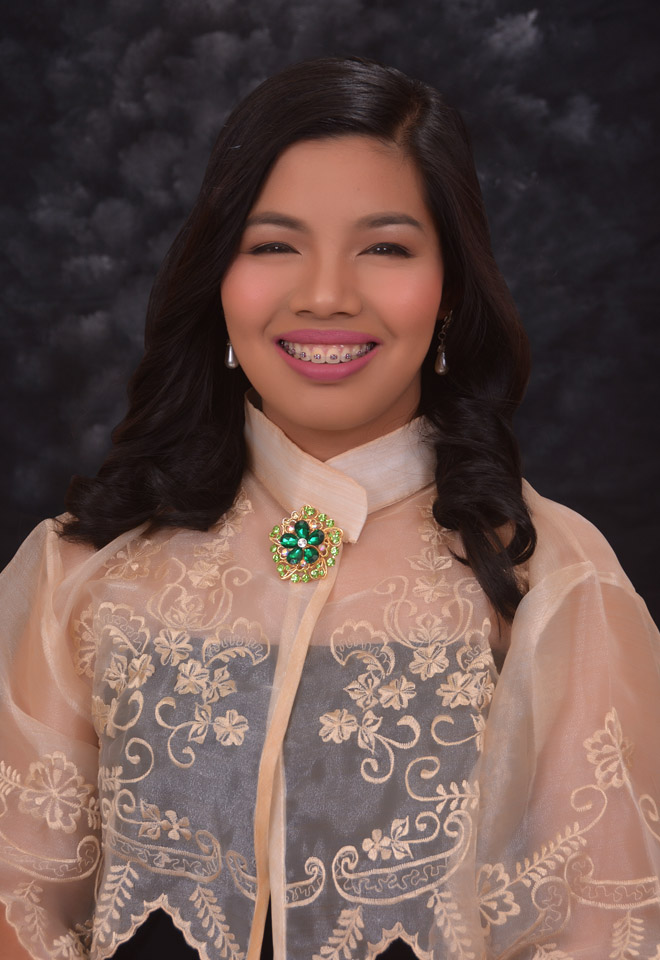
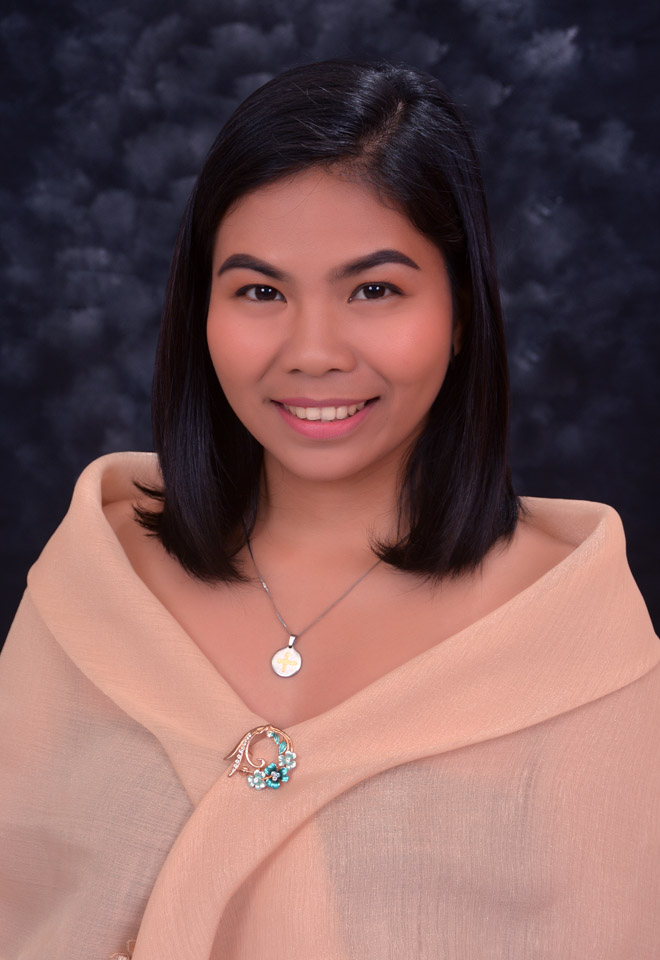
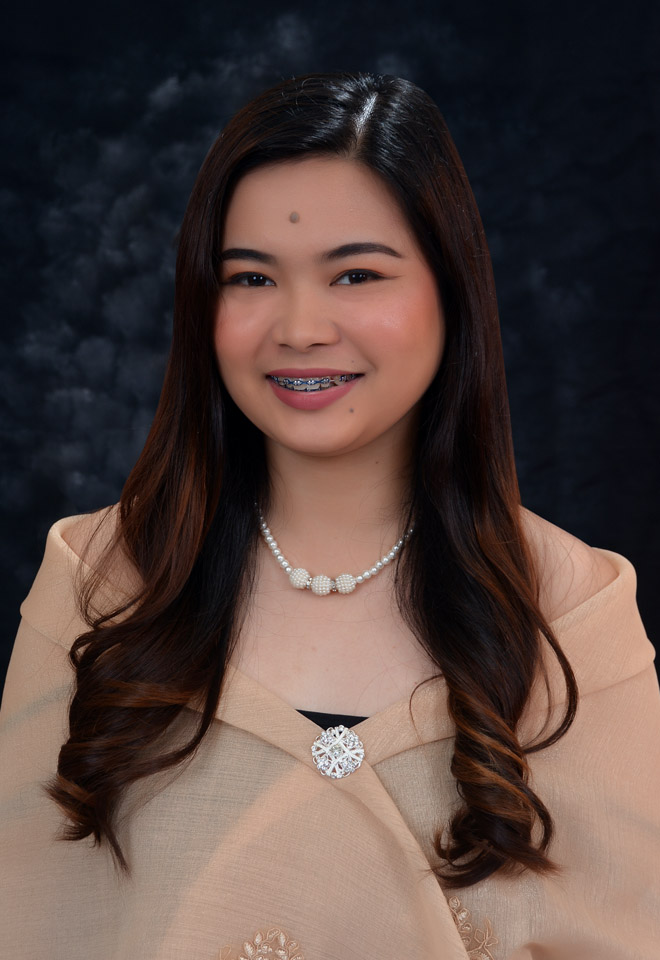
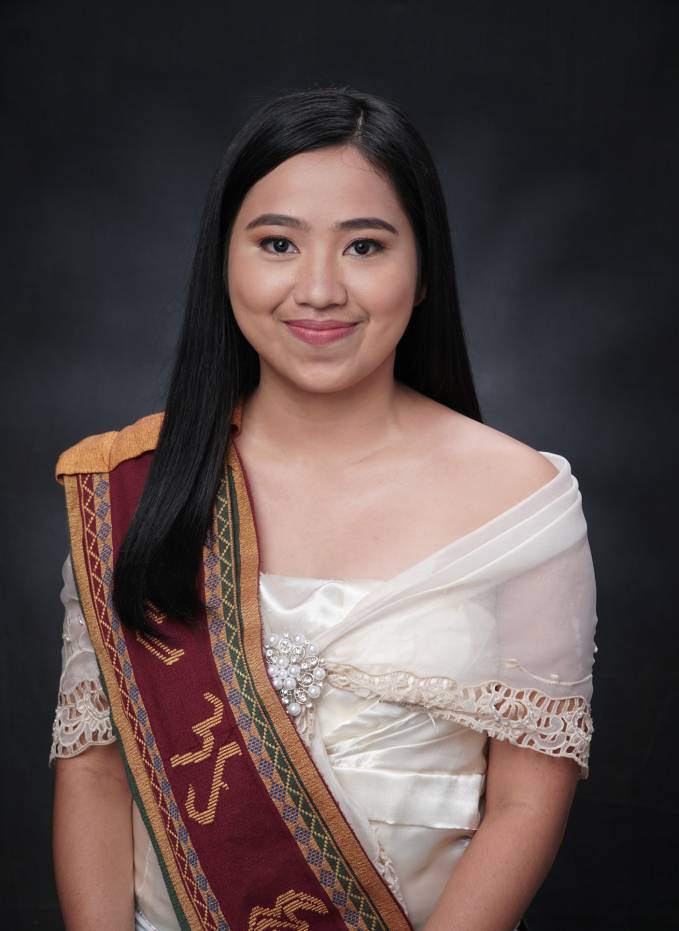
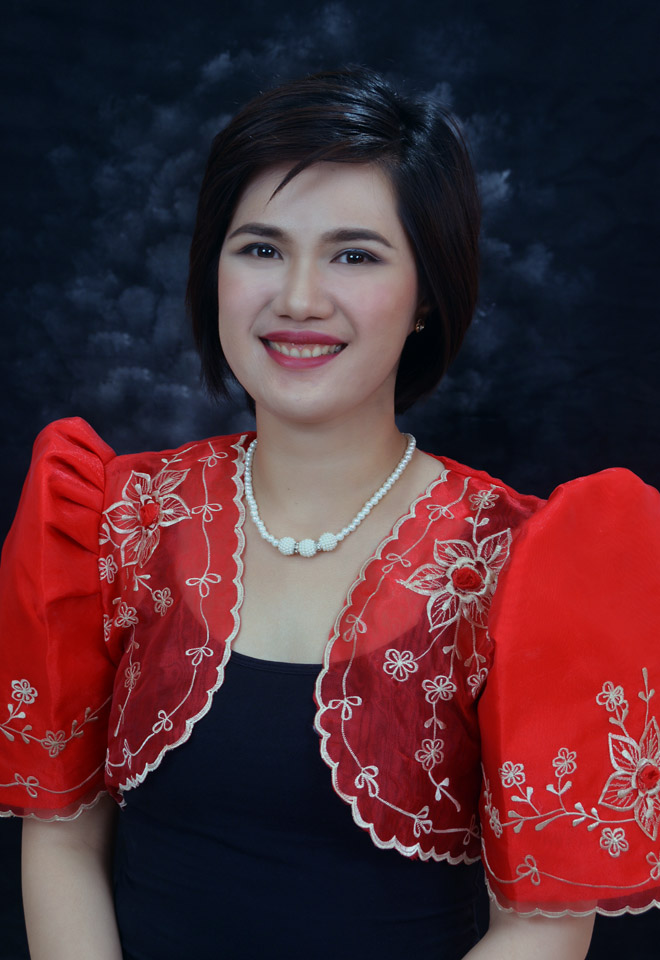
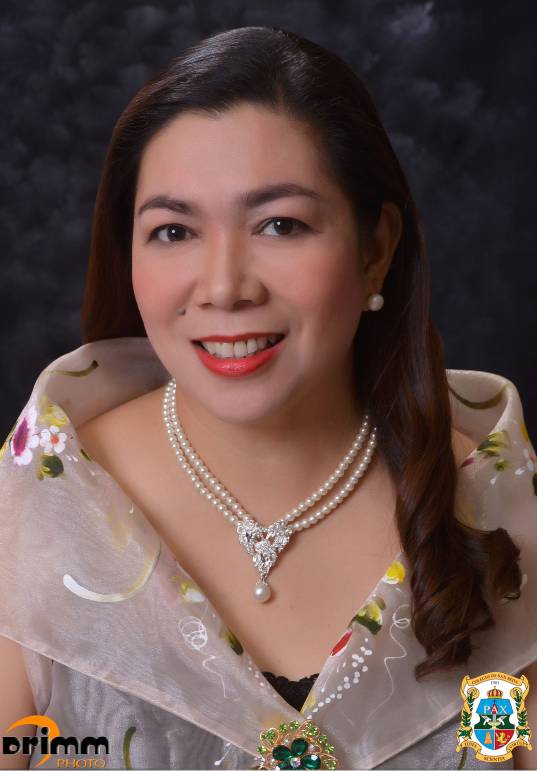
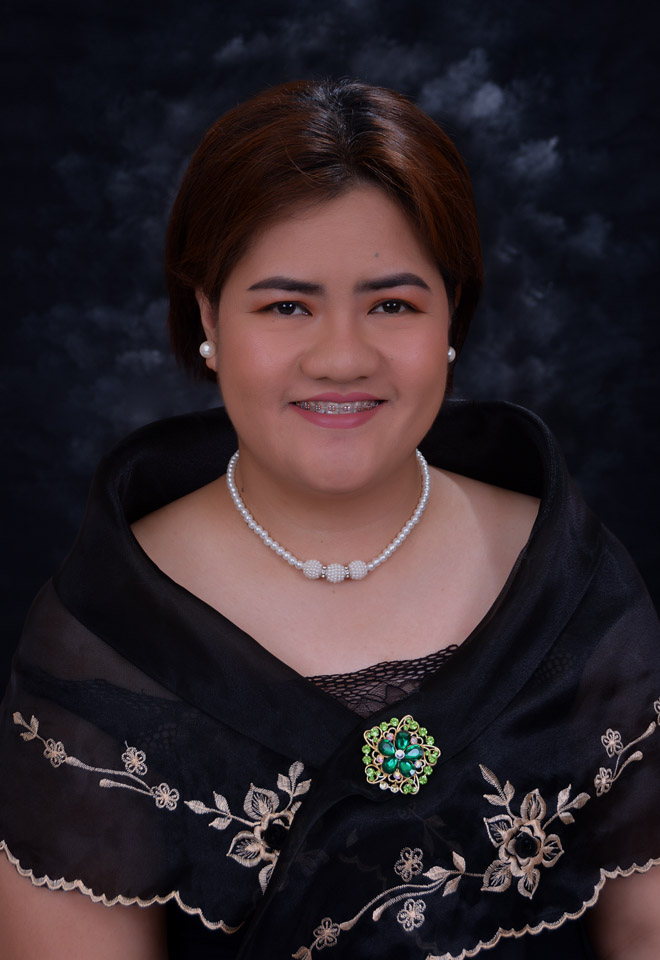
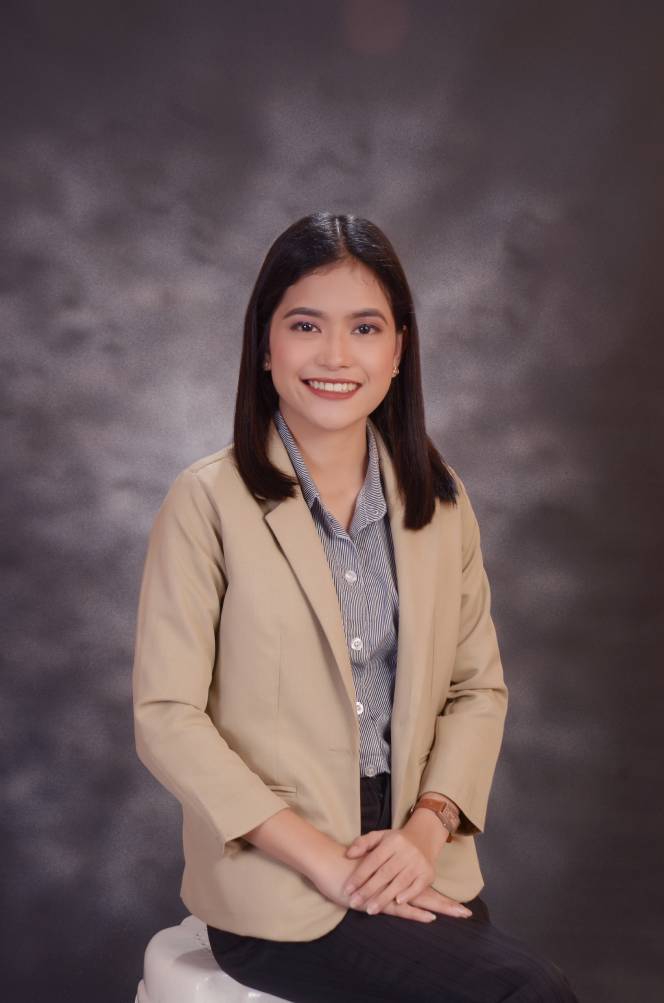
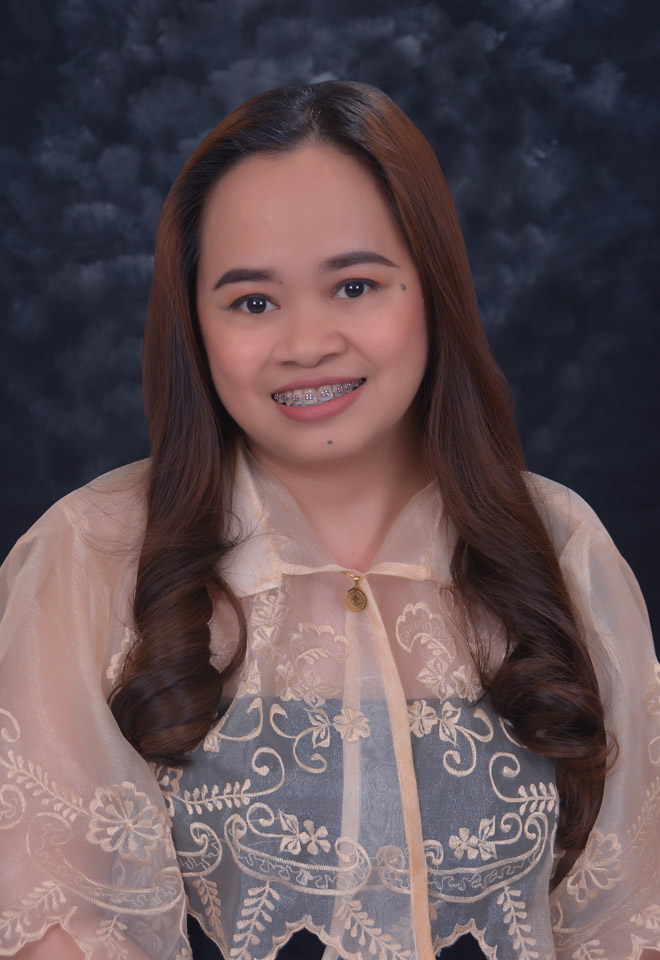



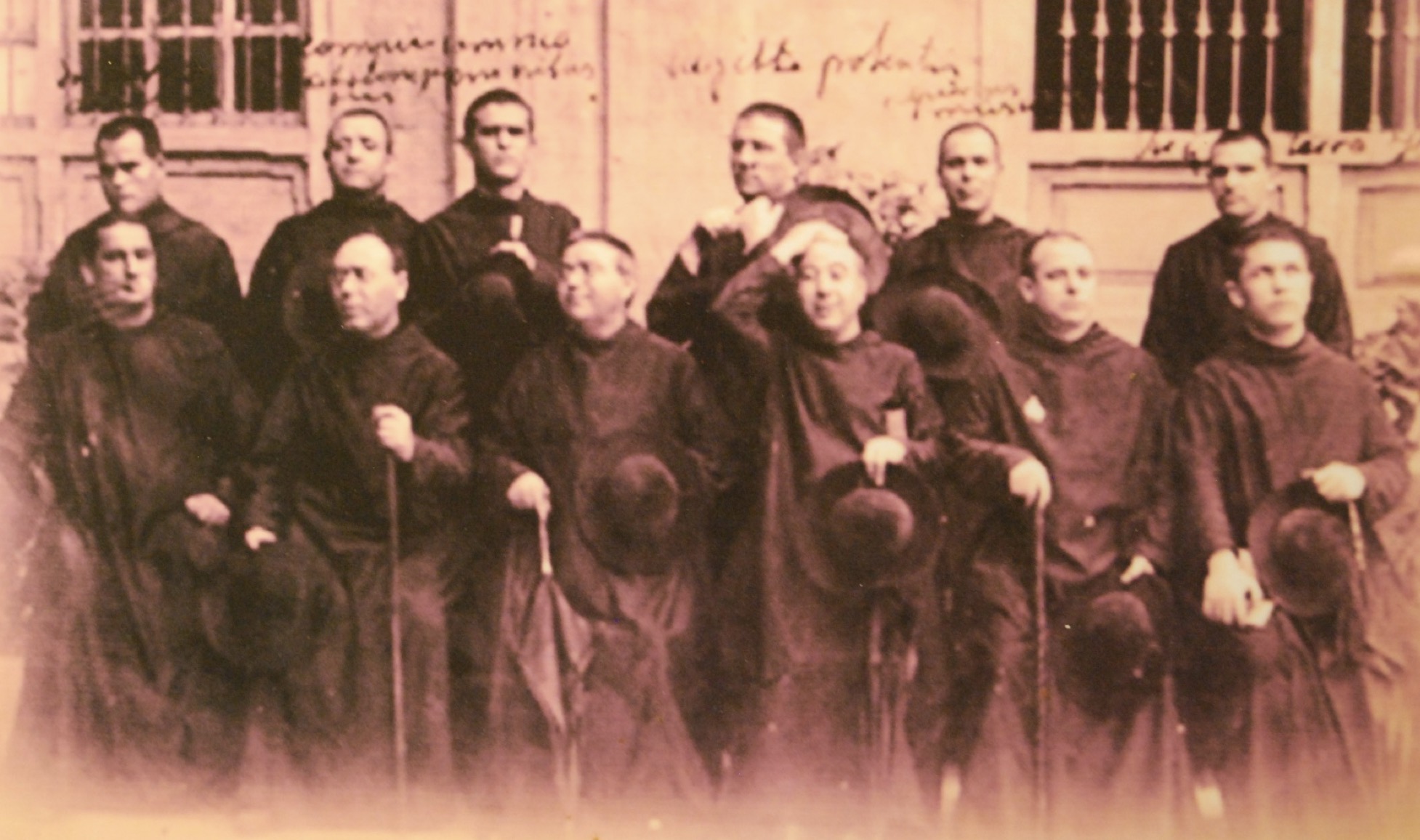
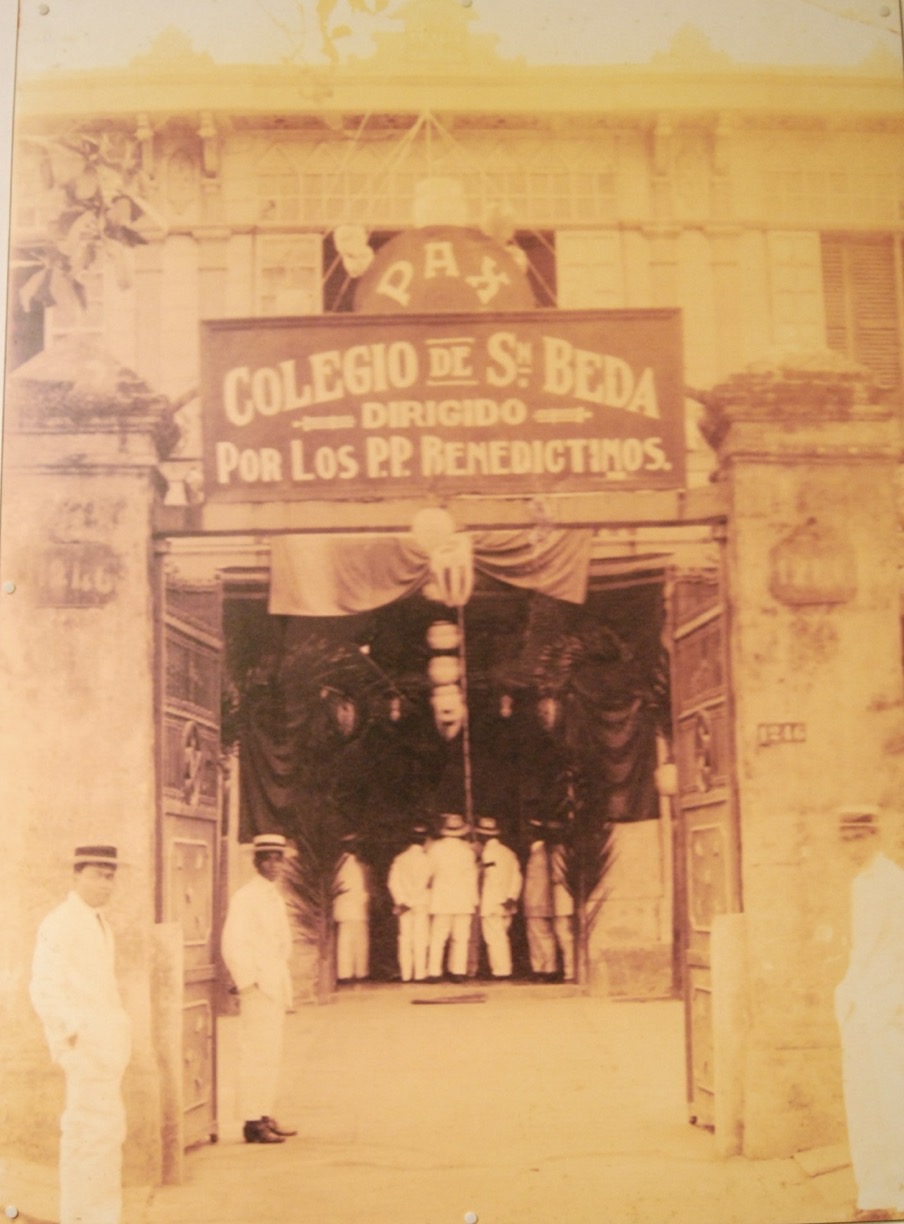
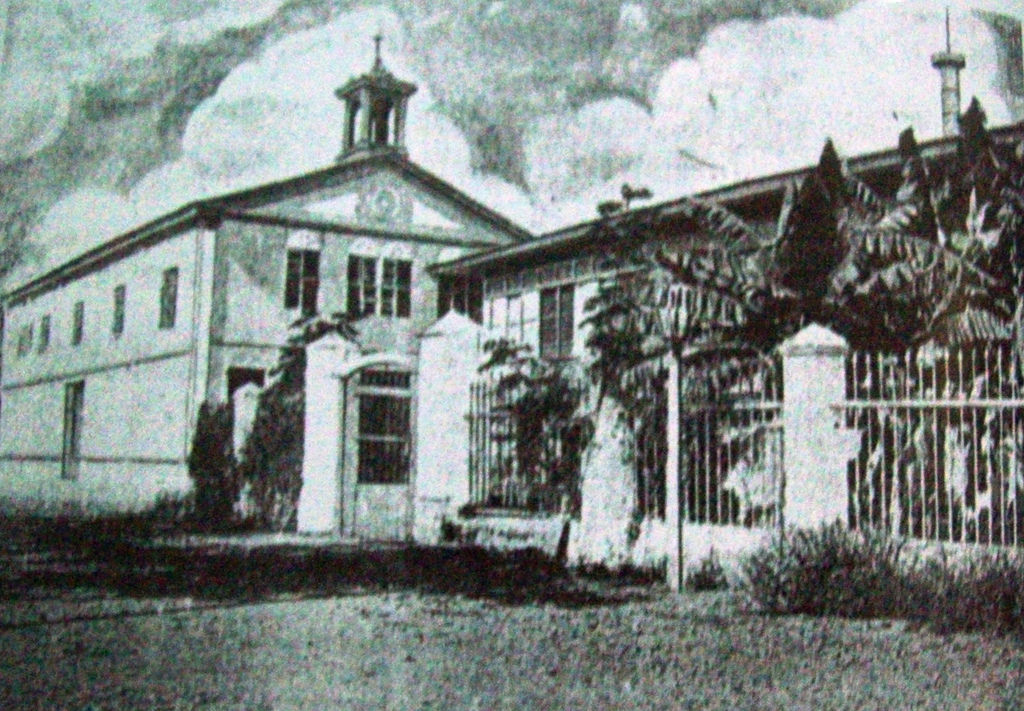
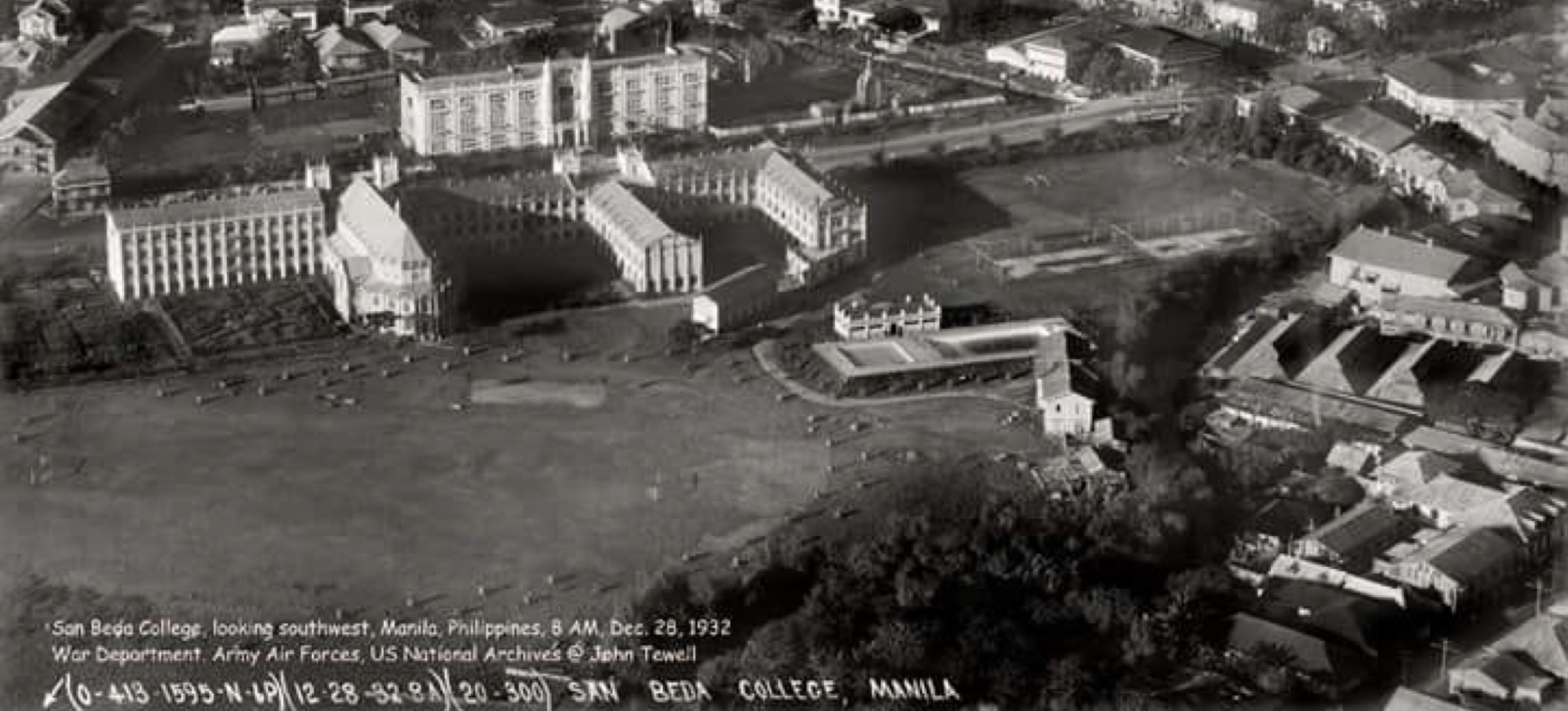
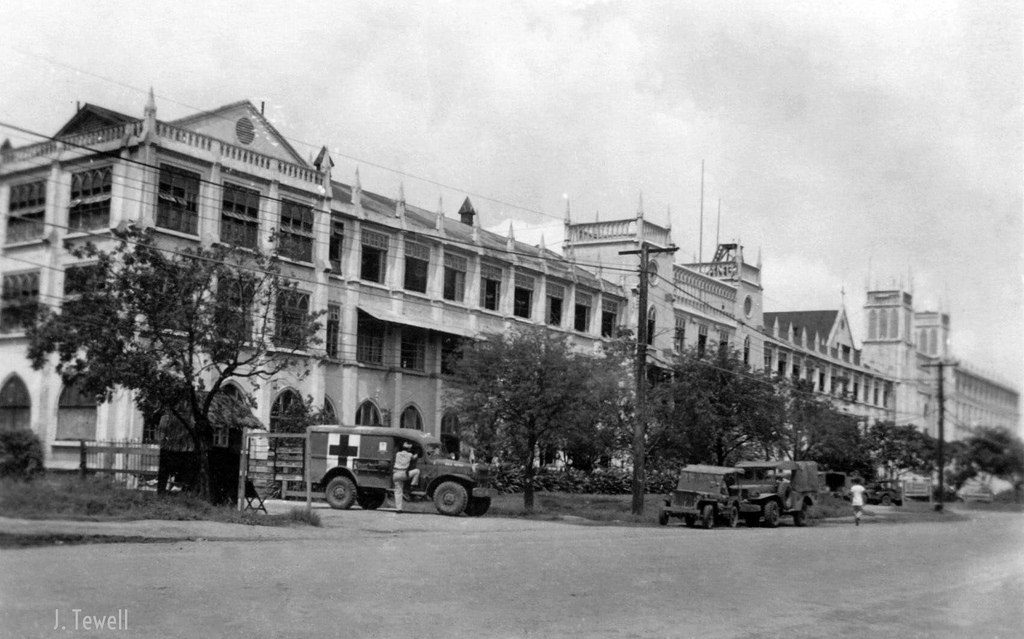
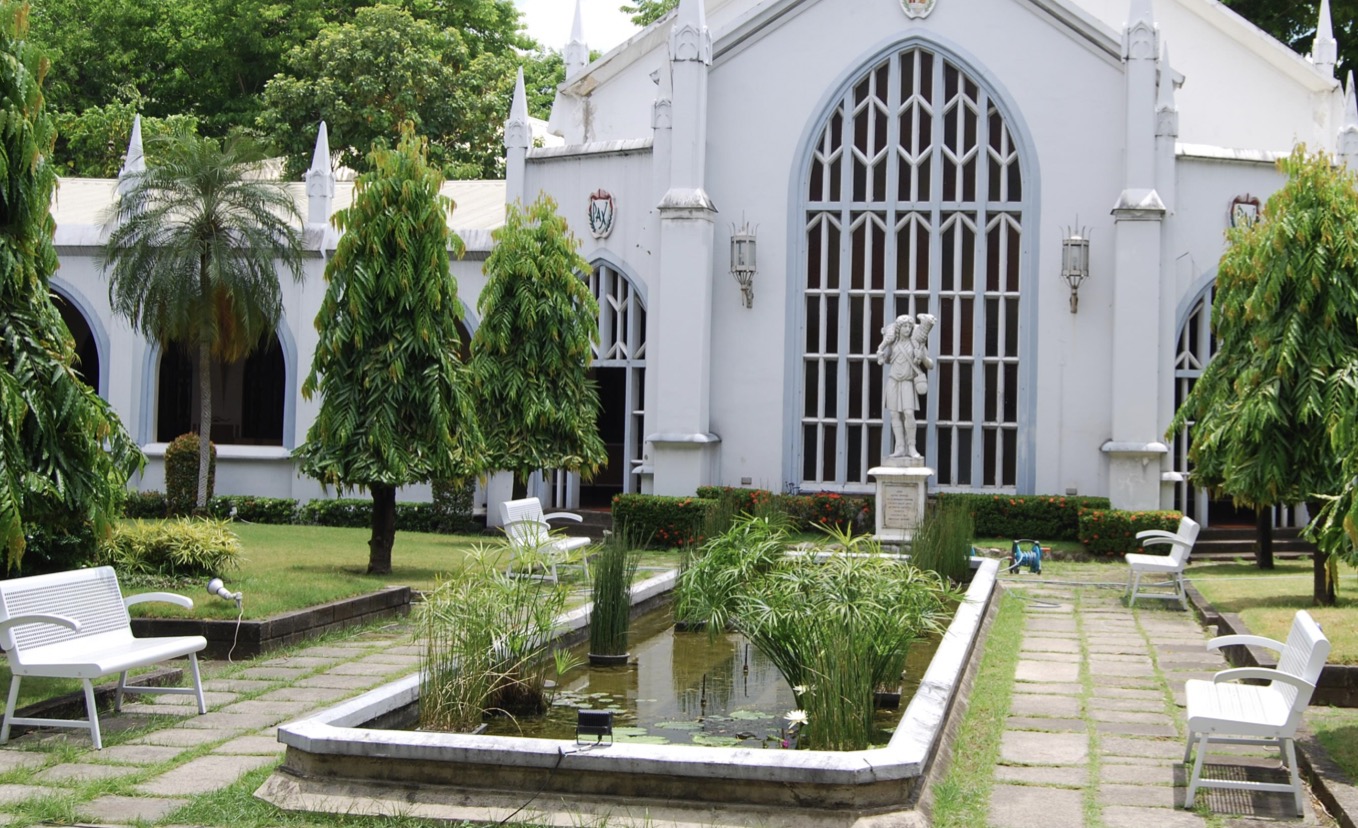
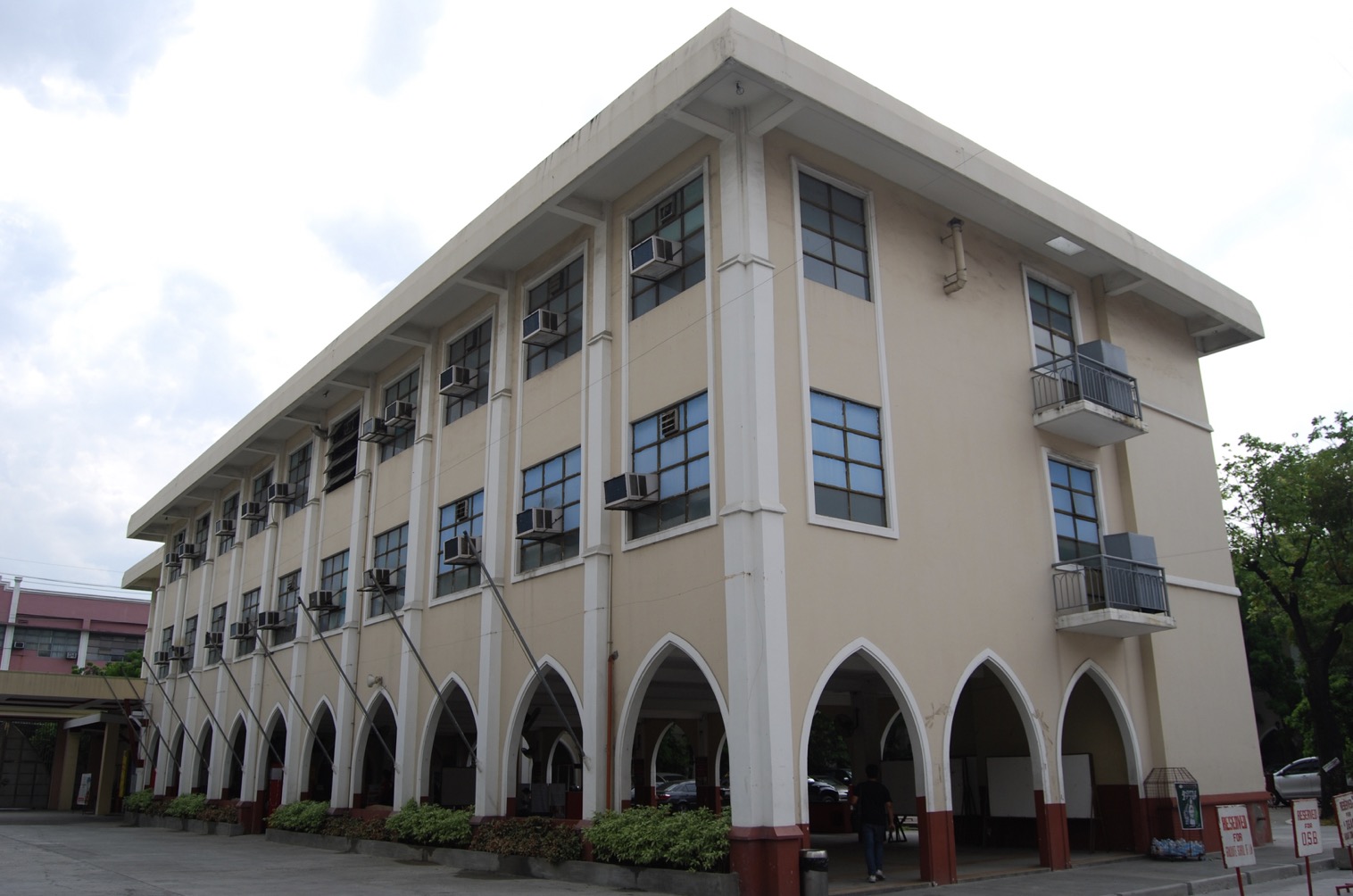
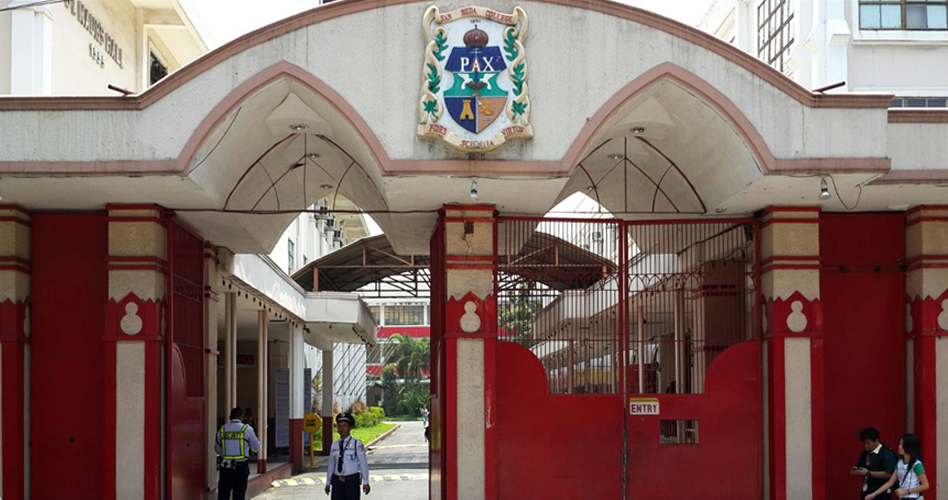
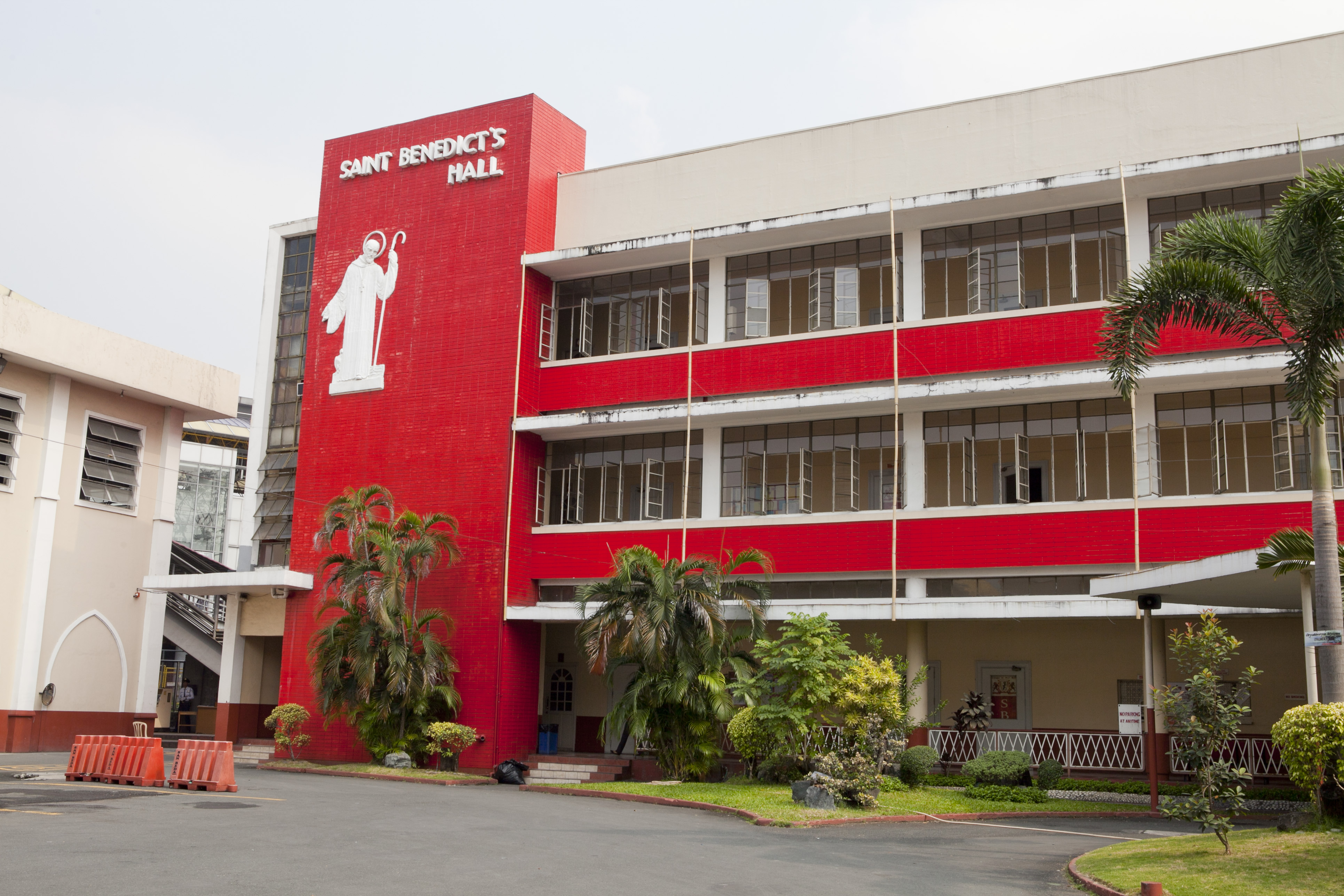
-wStroke(GIF).gif)
